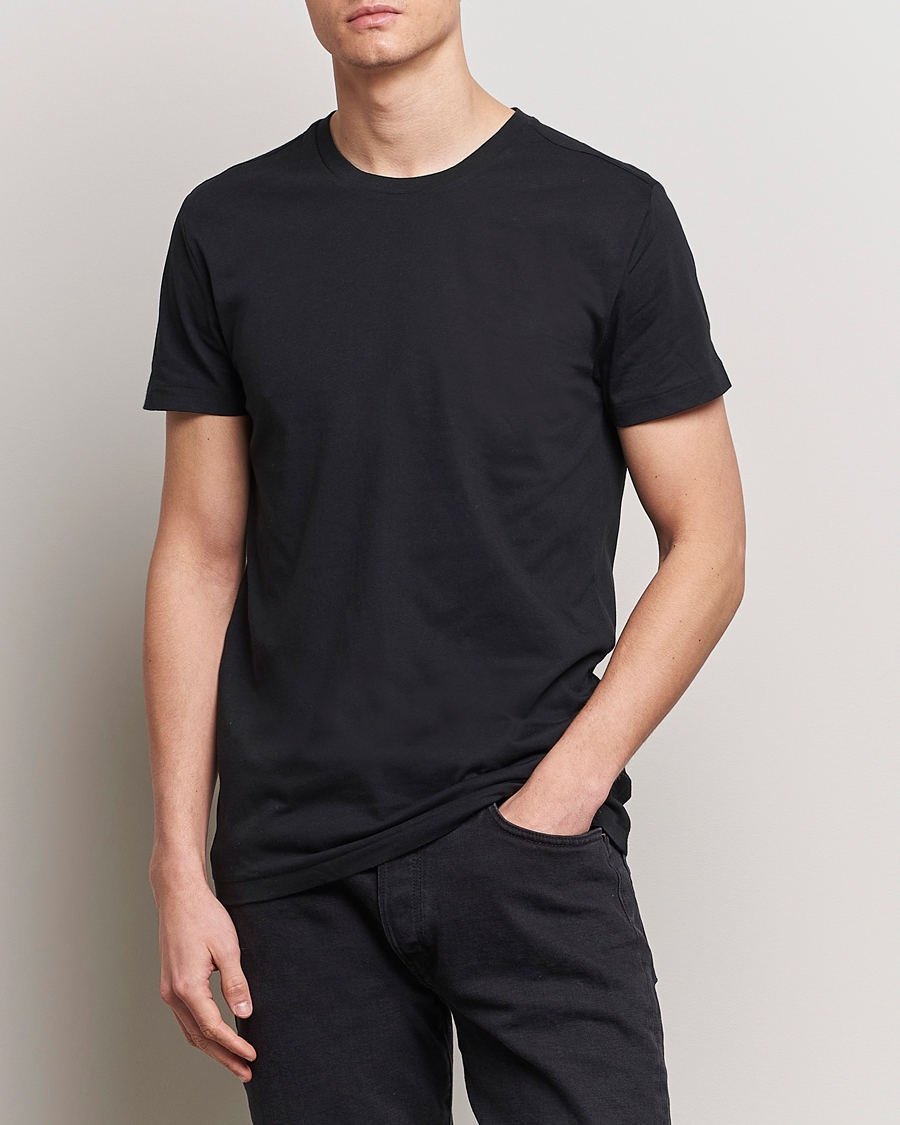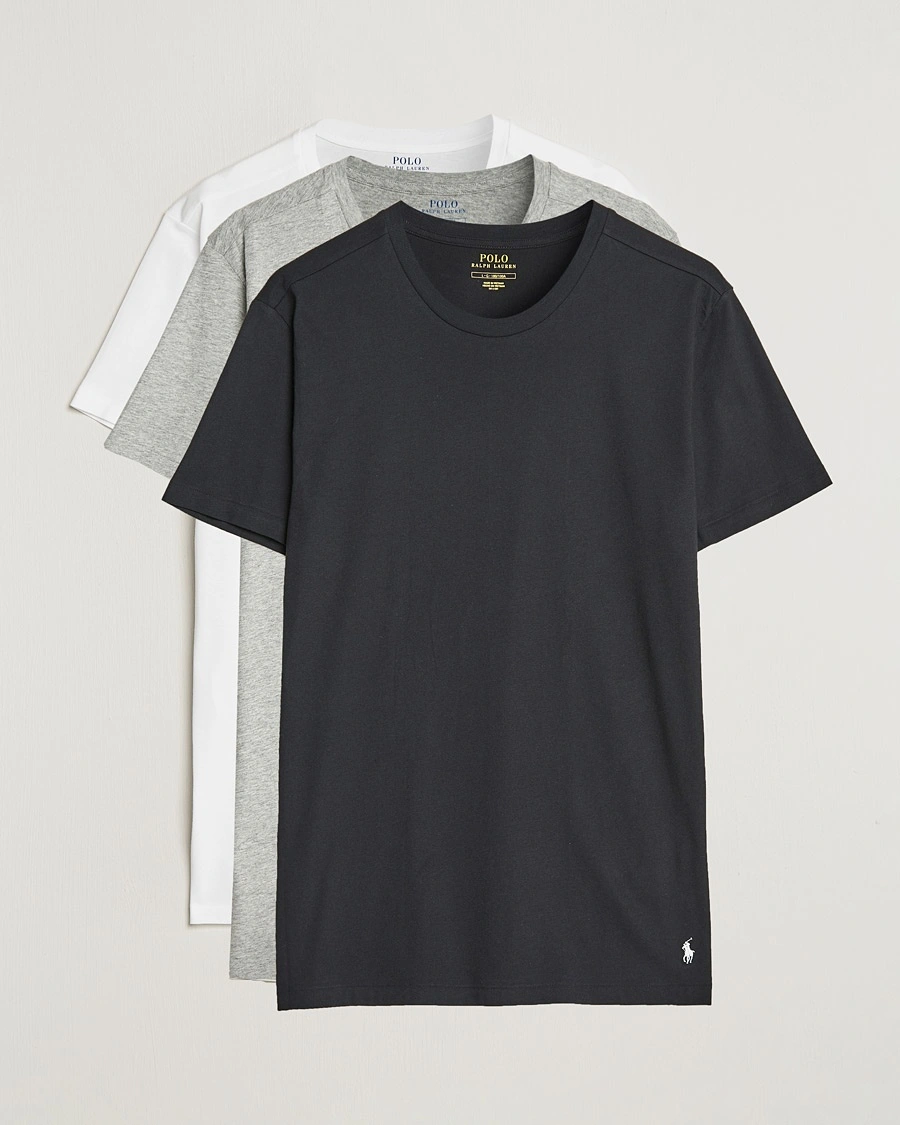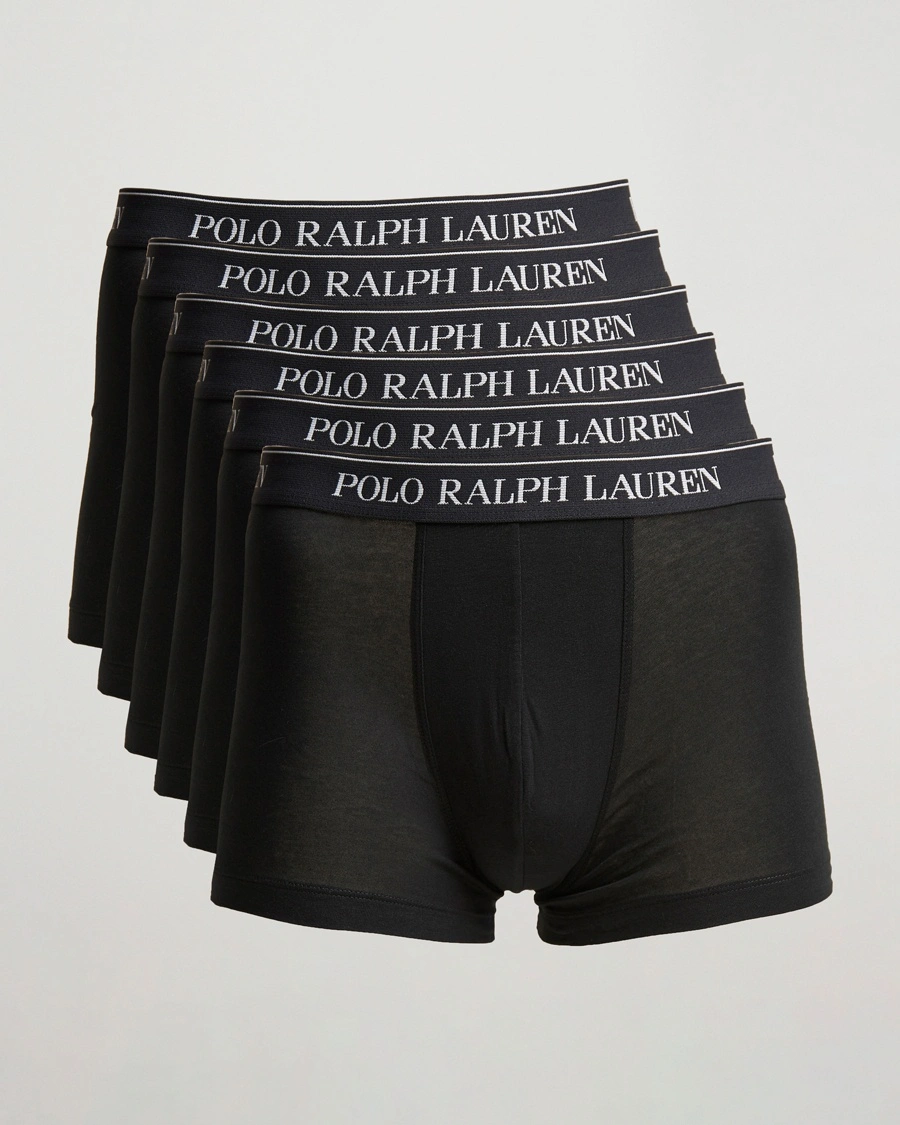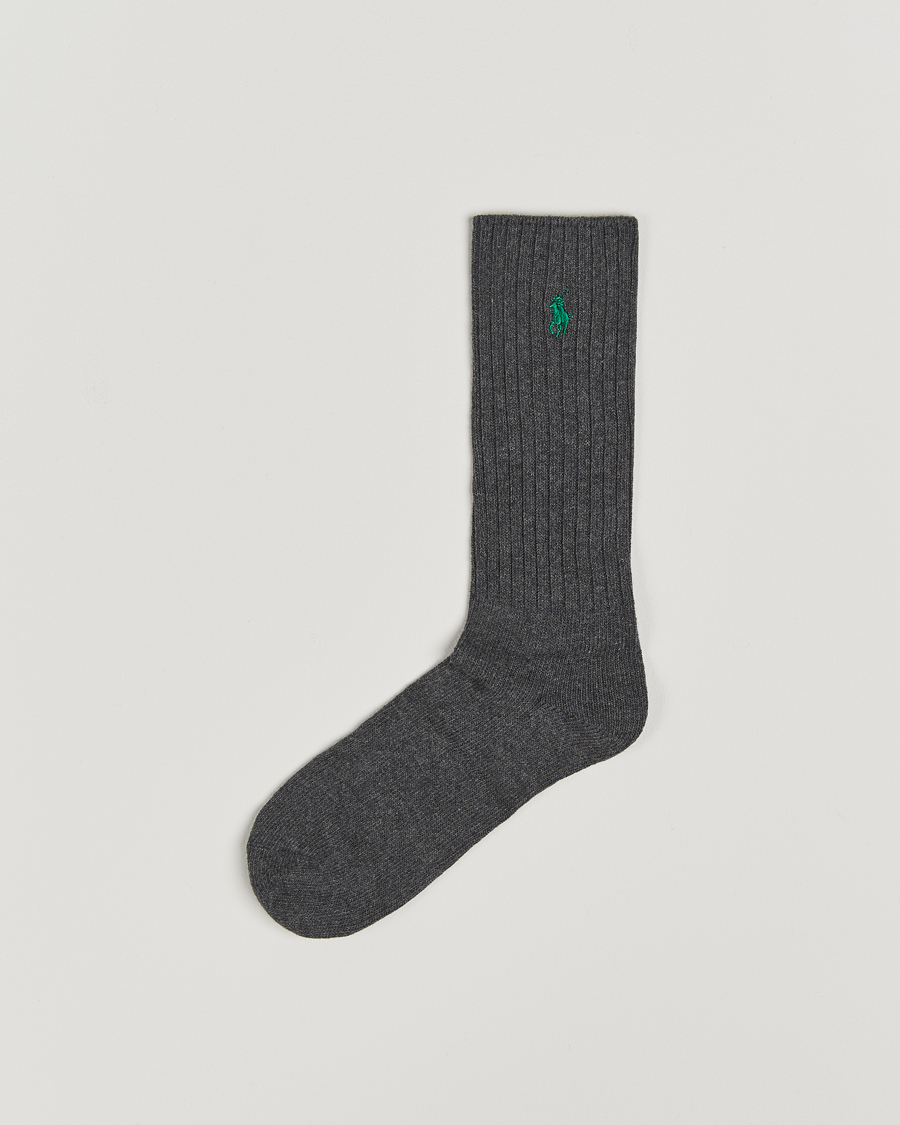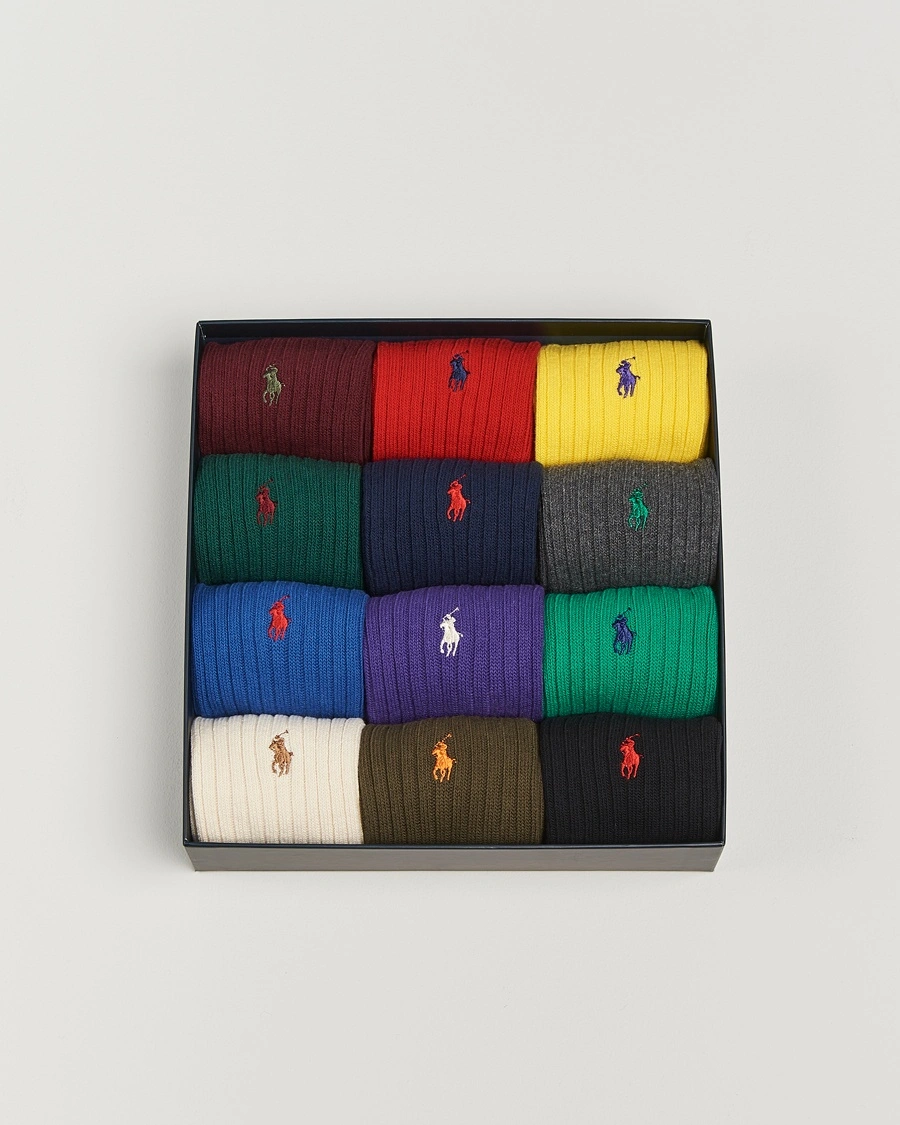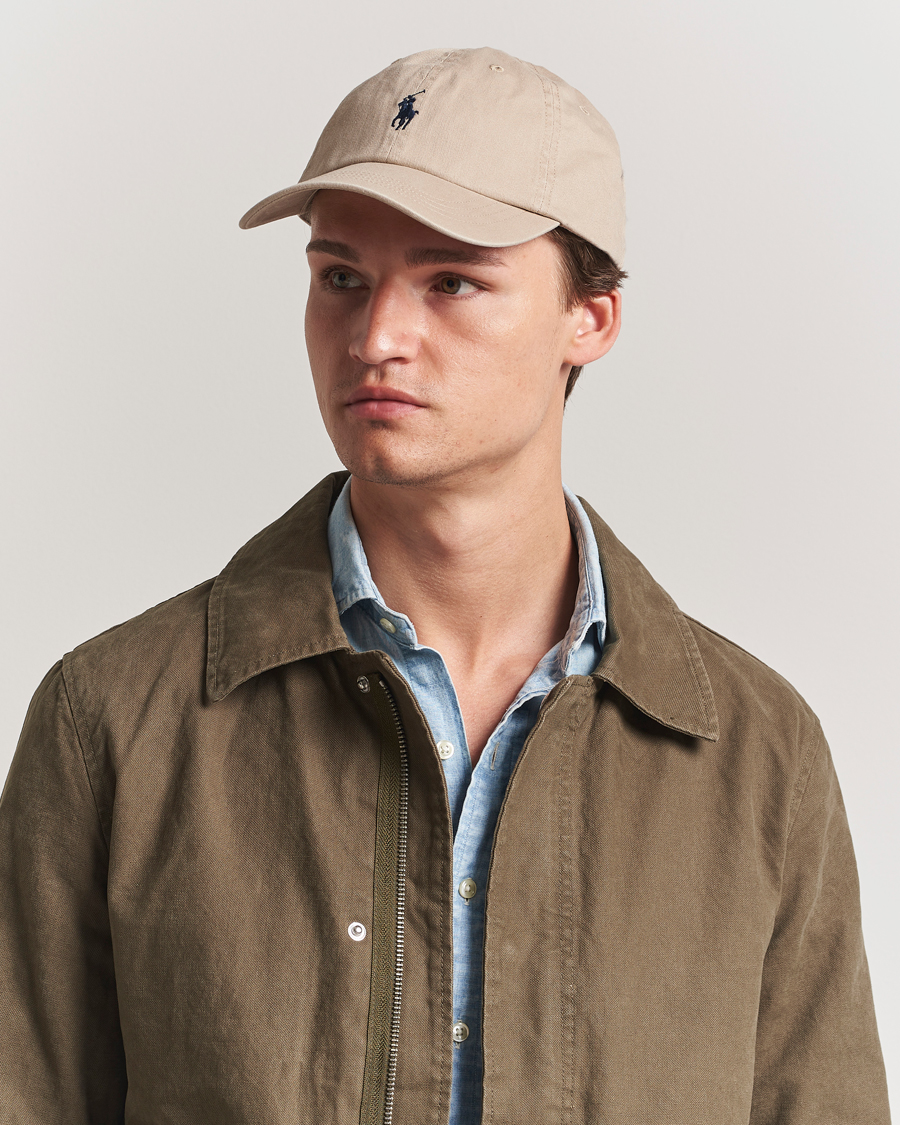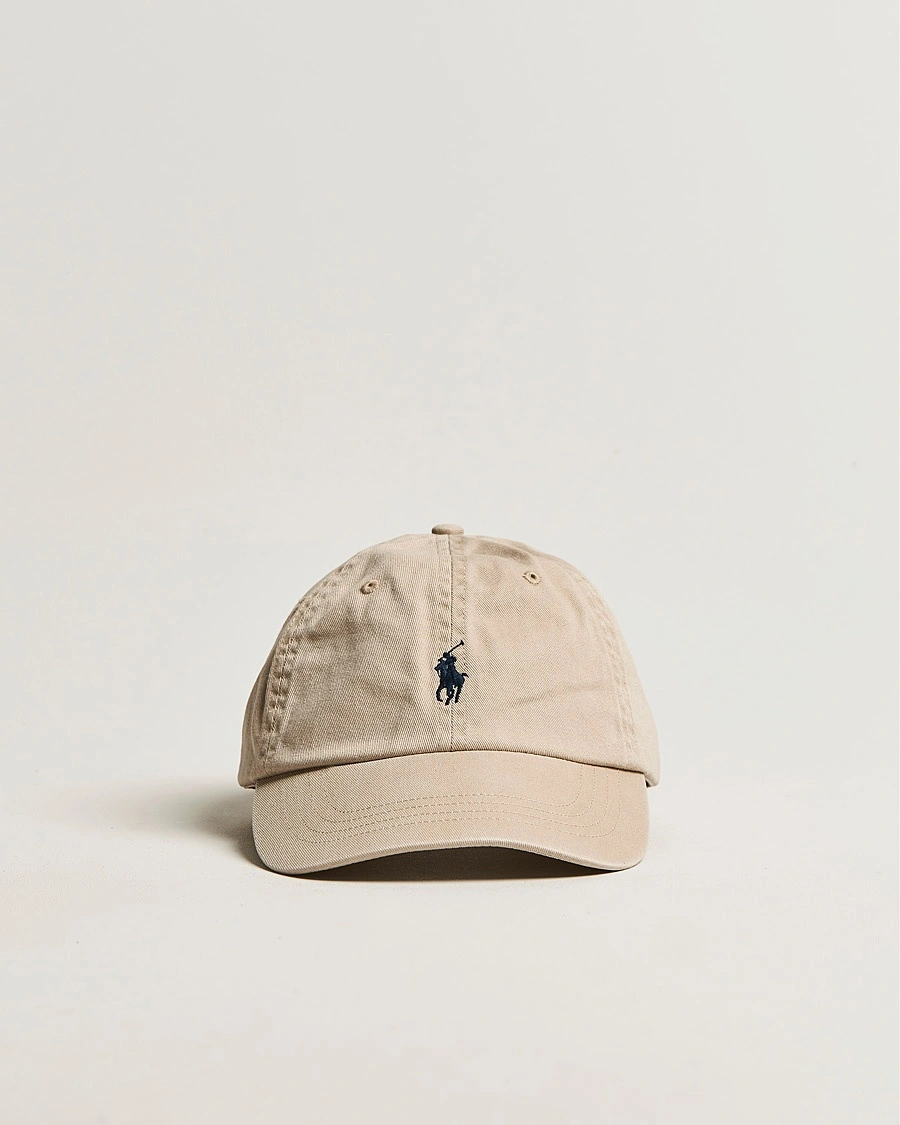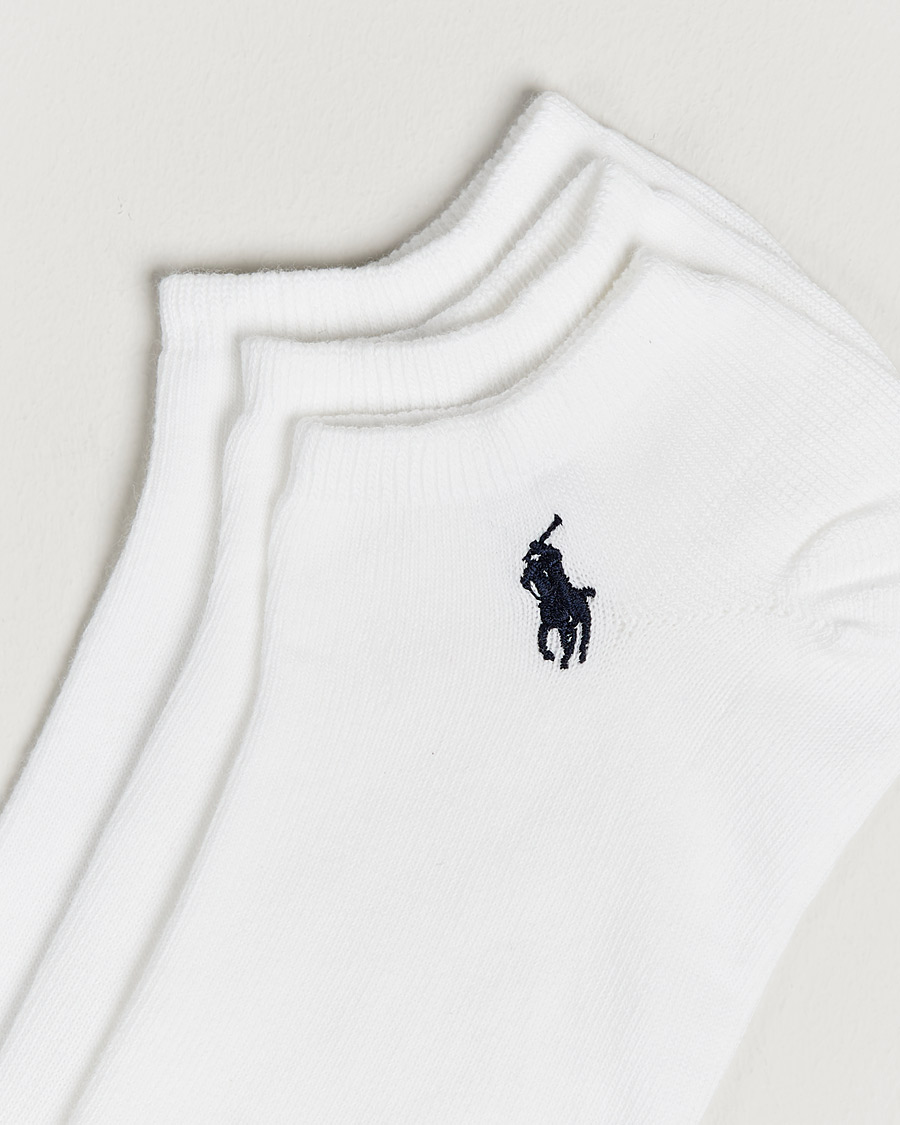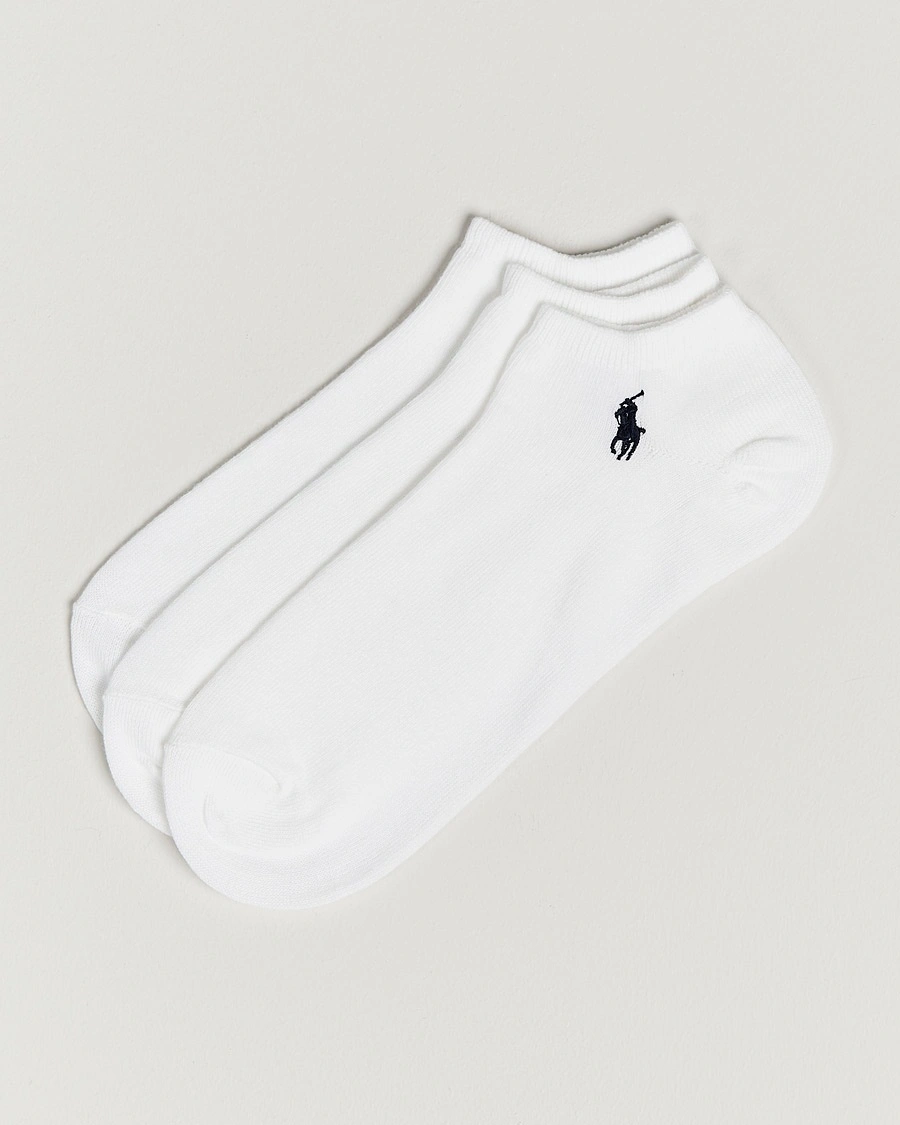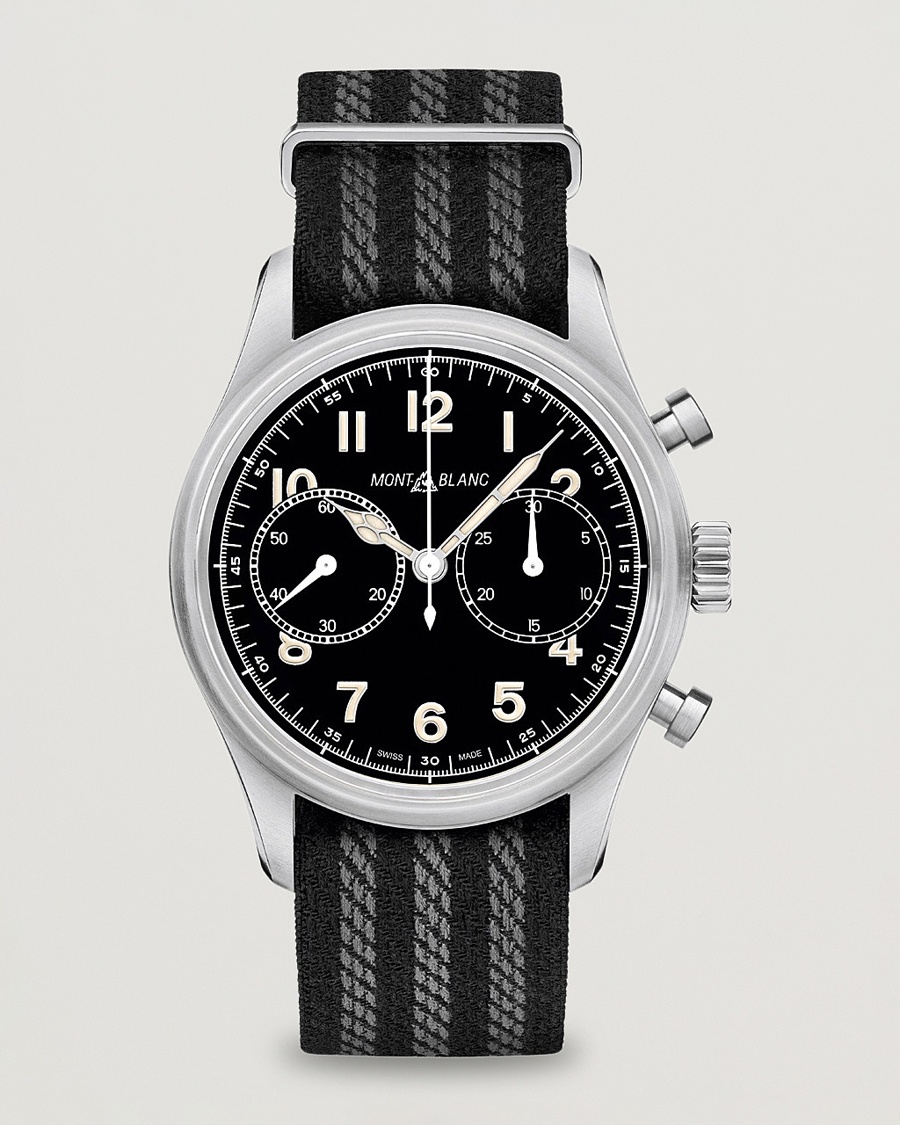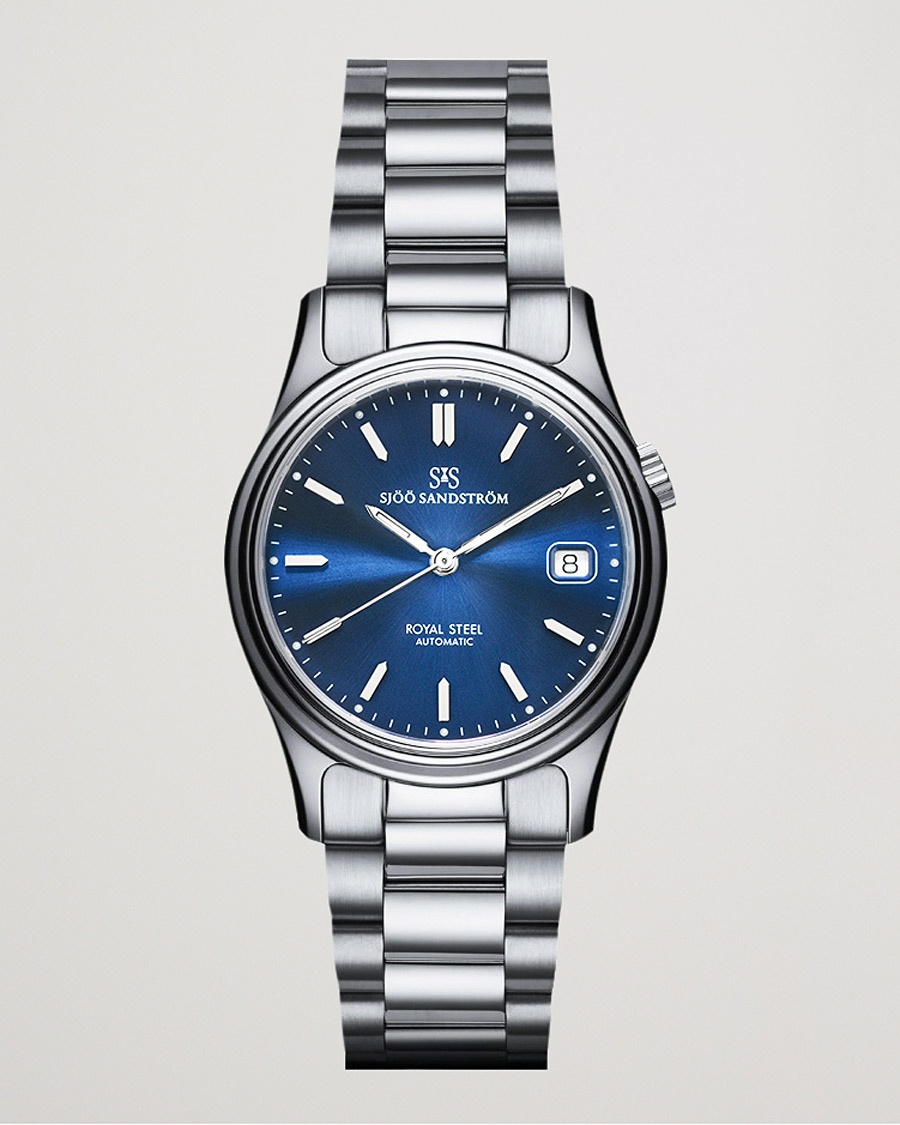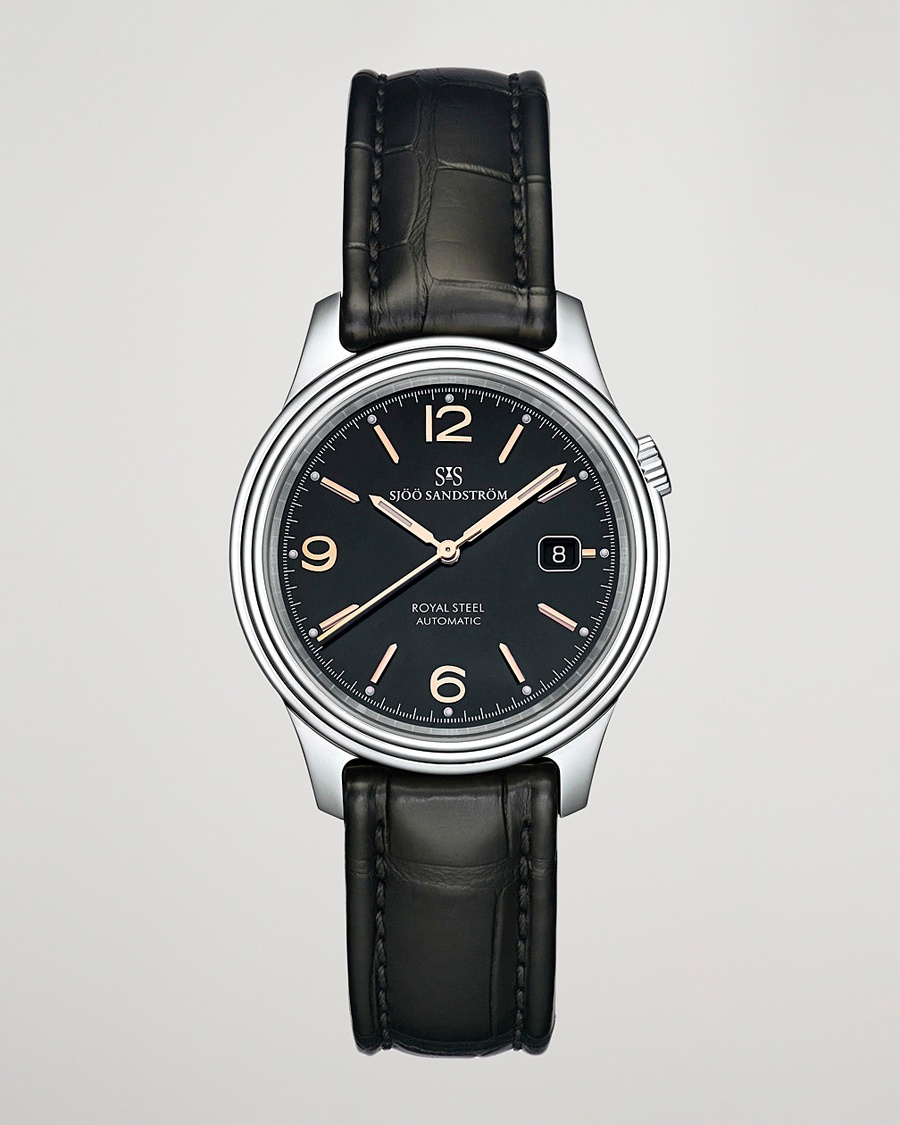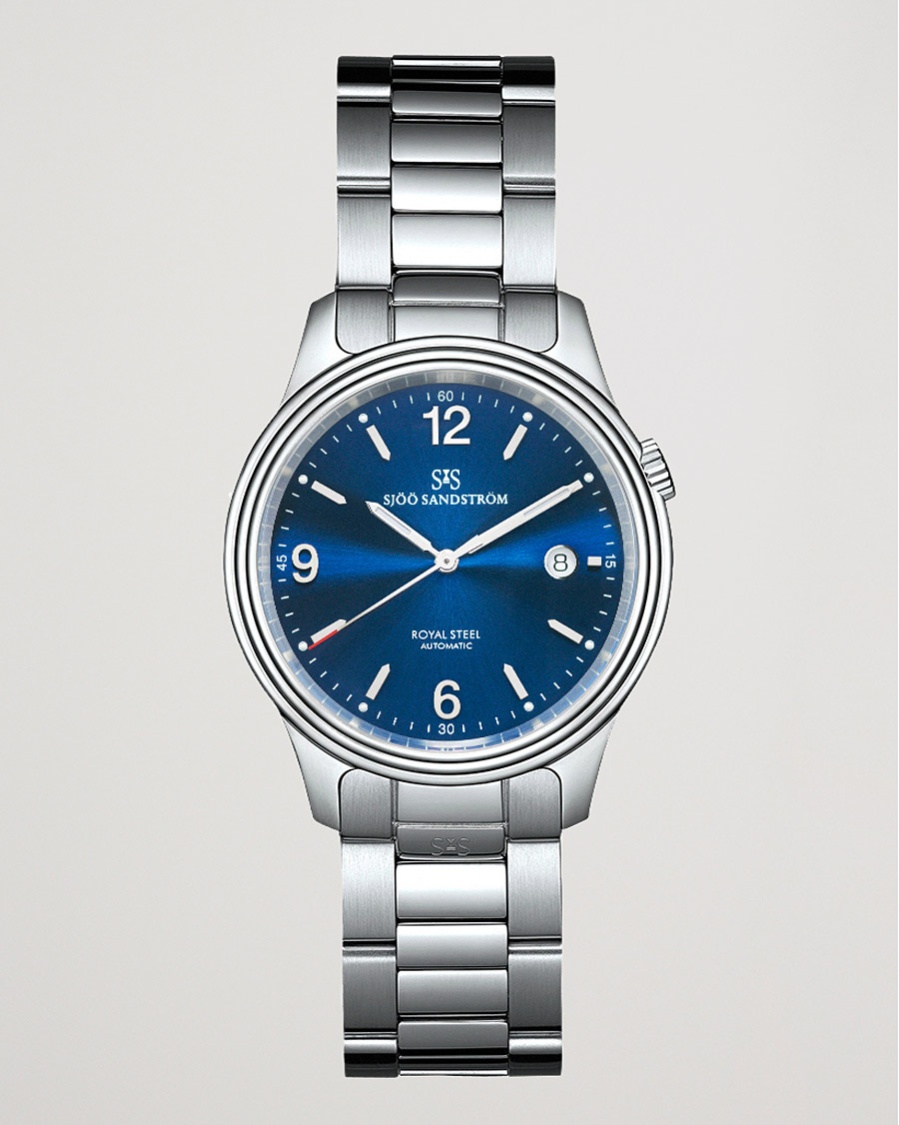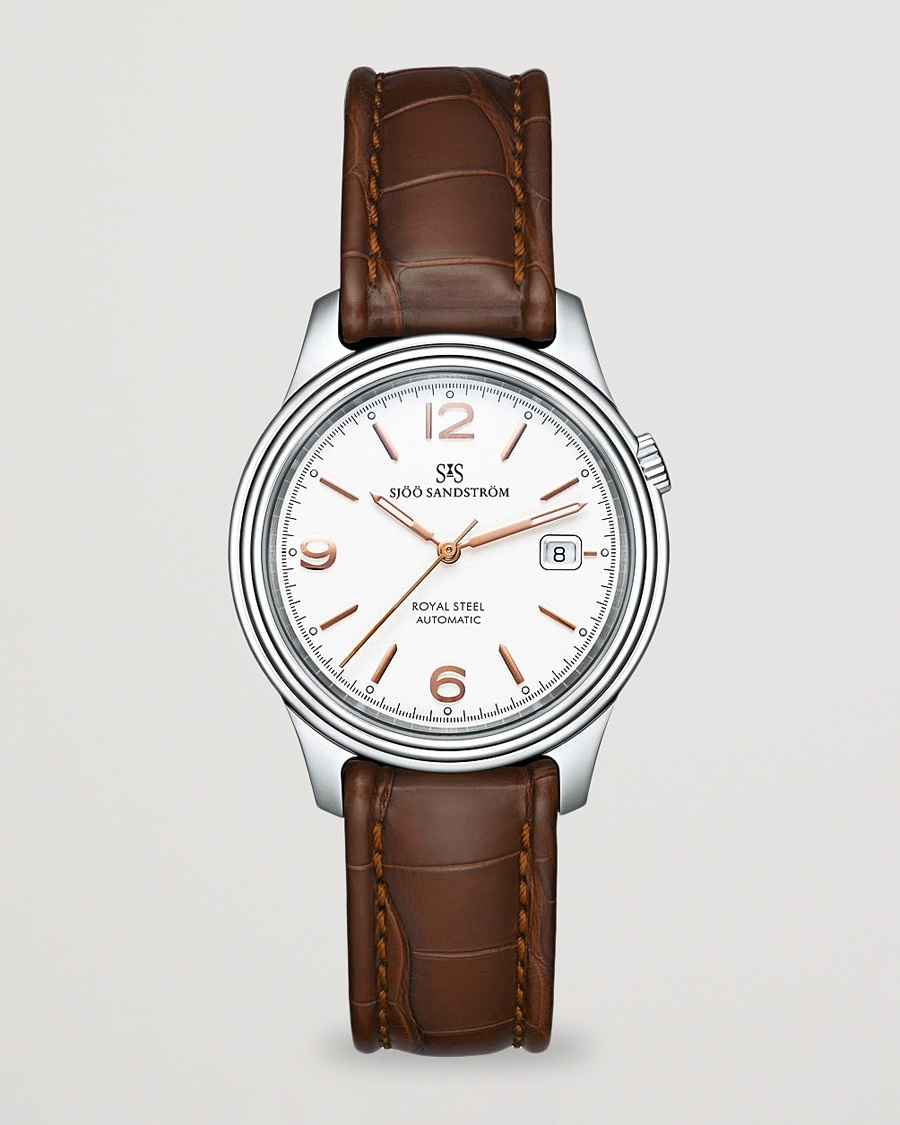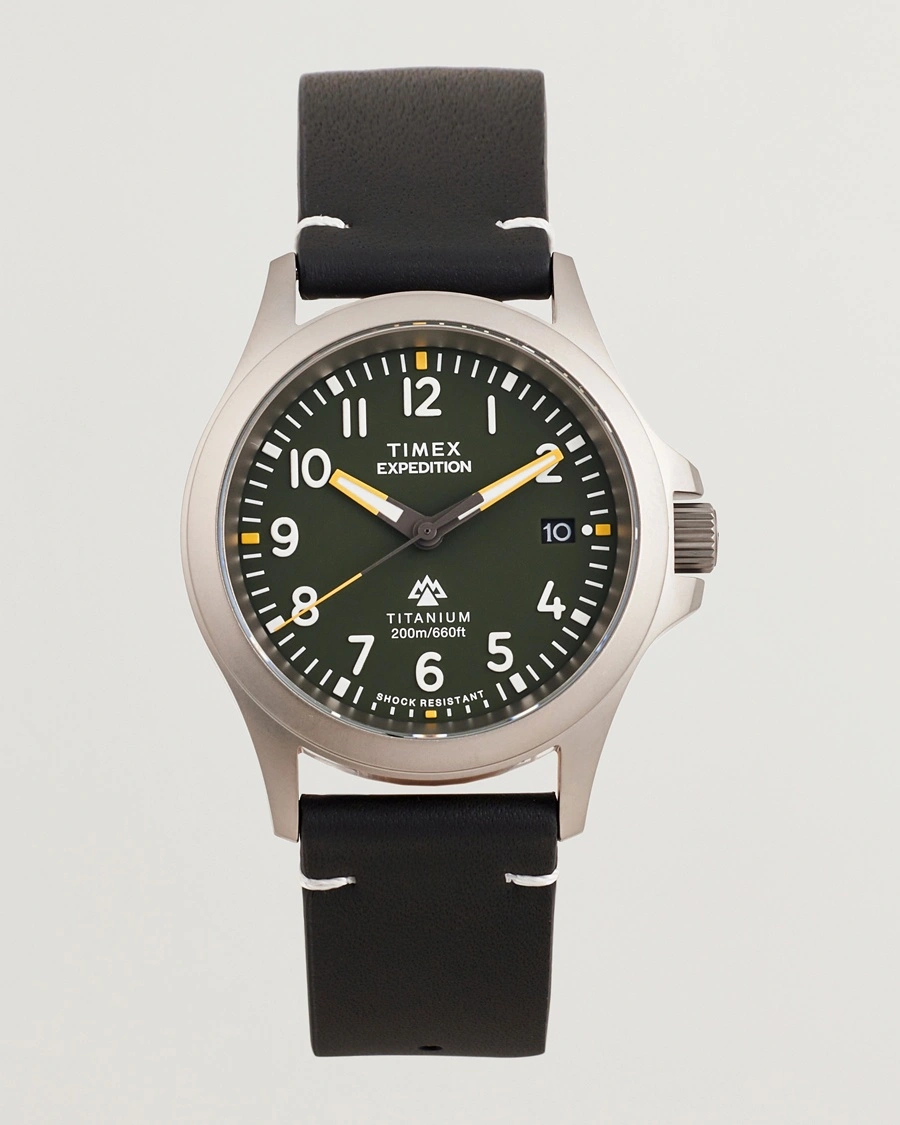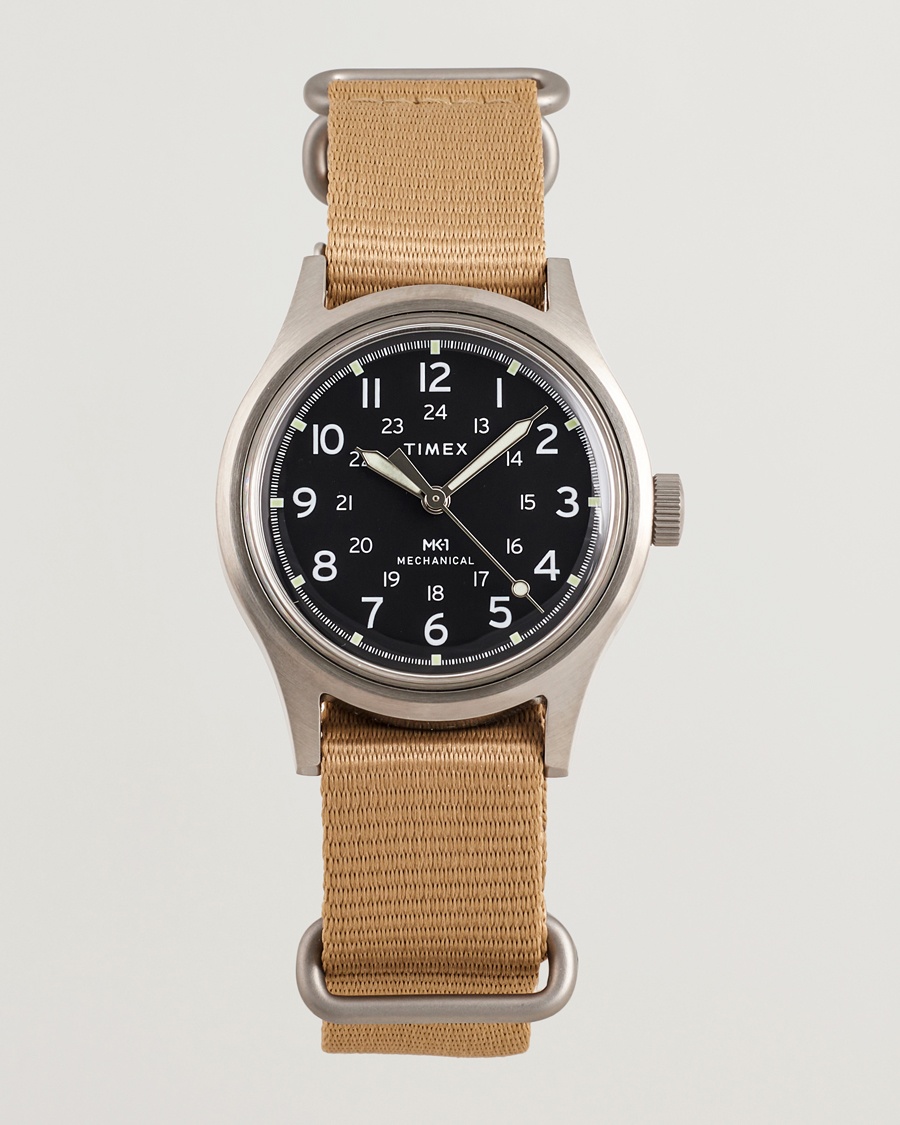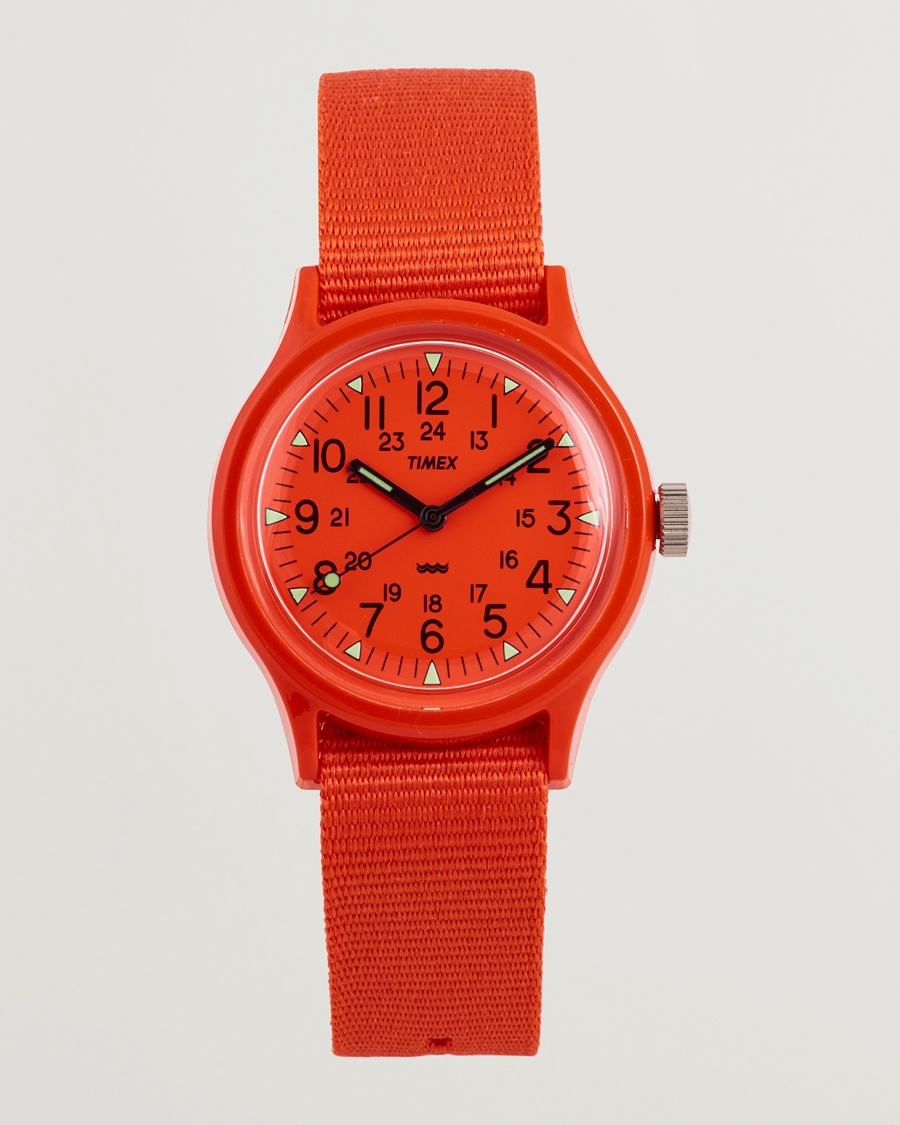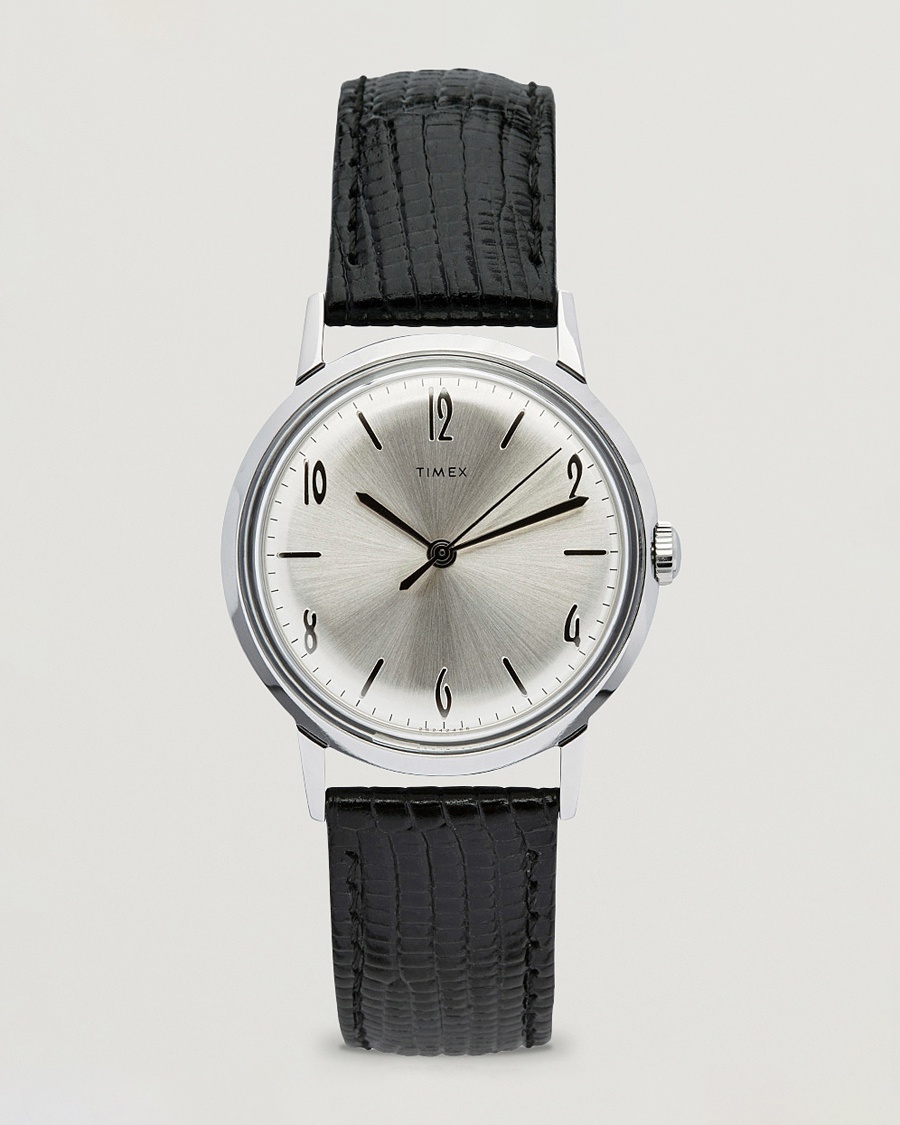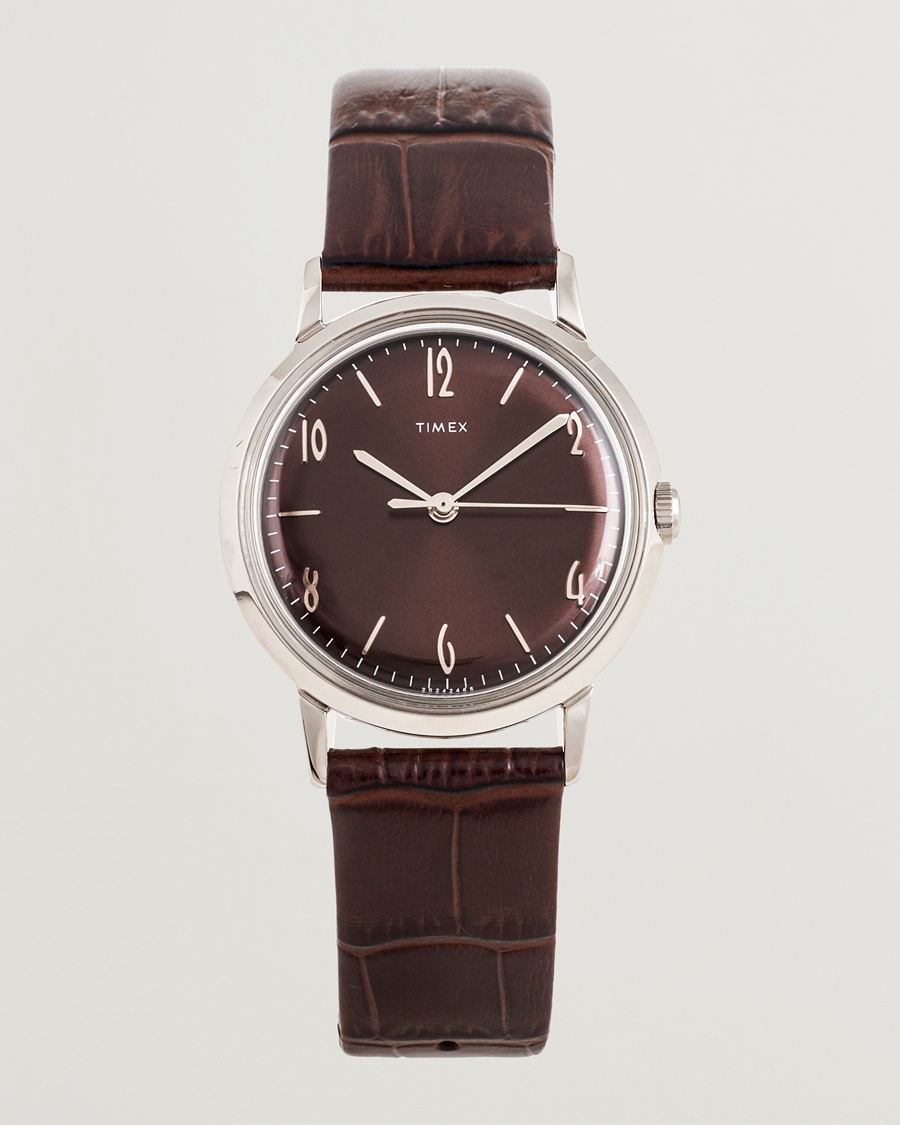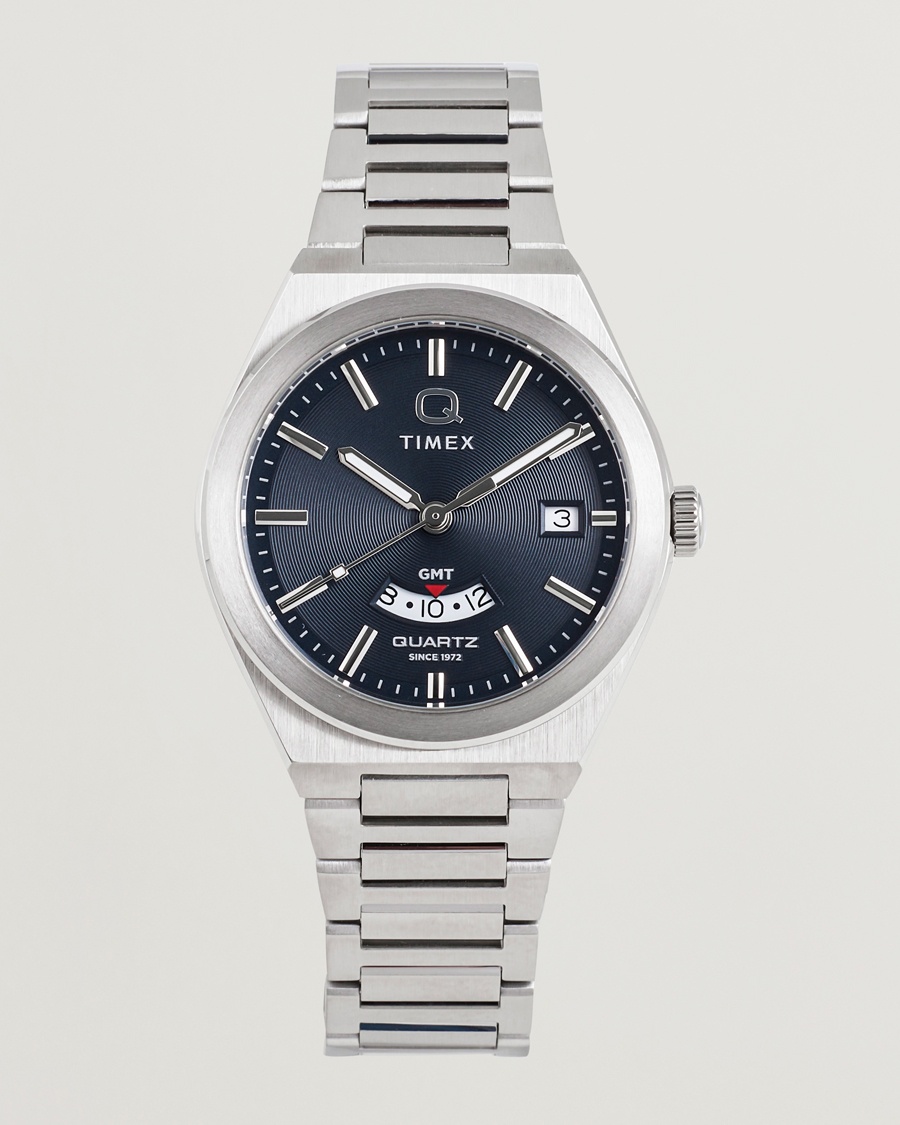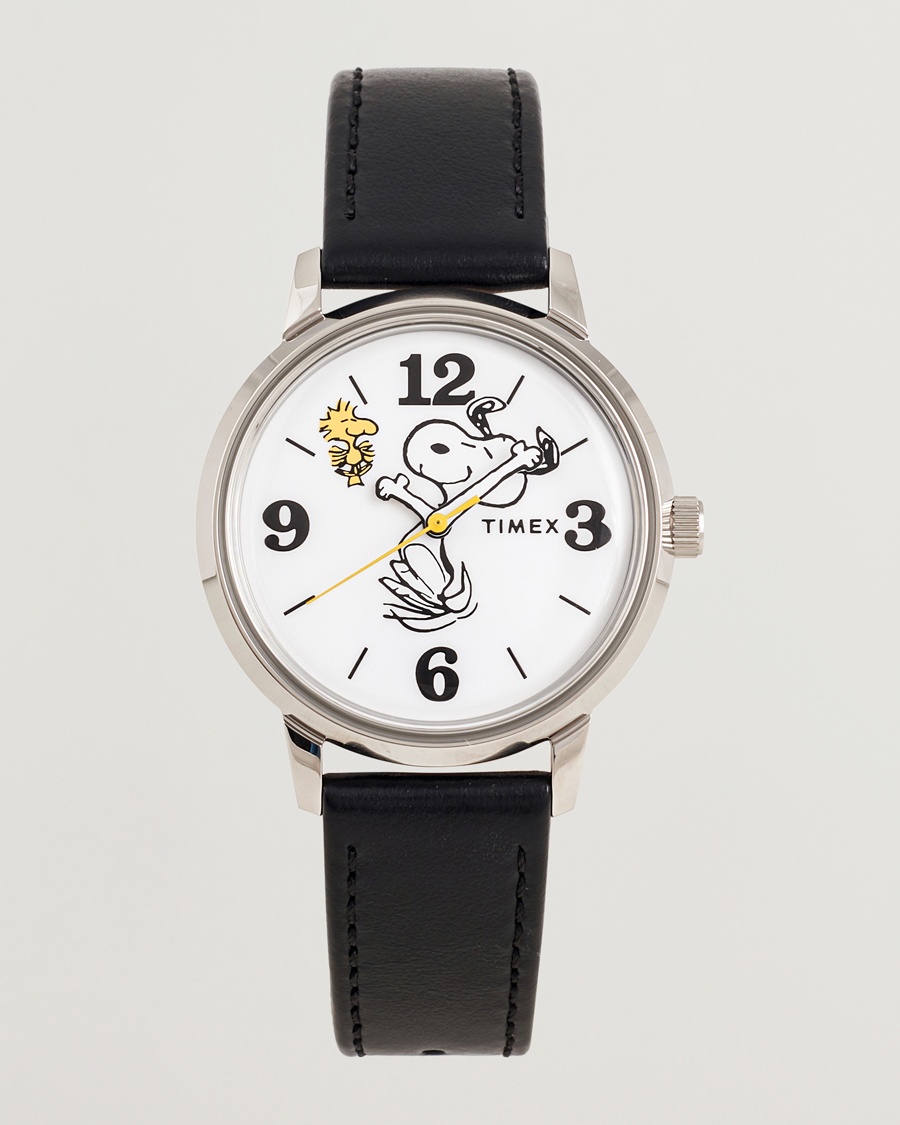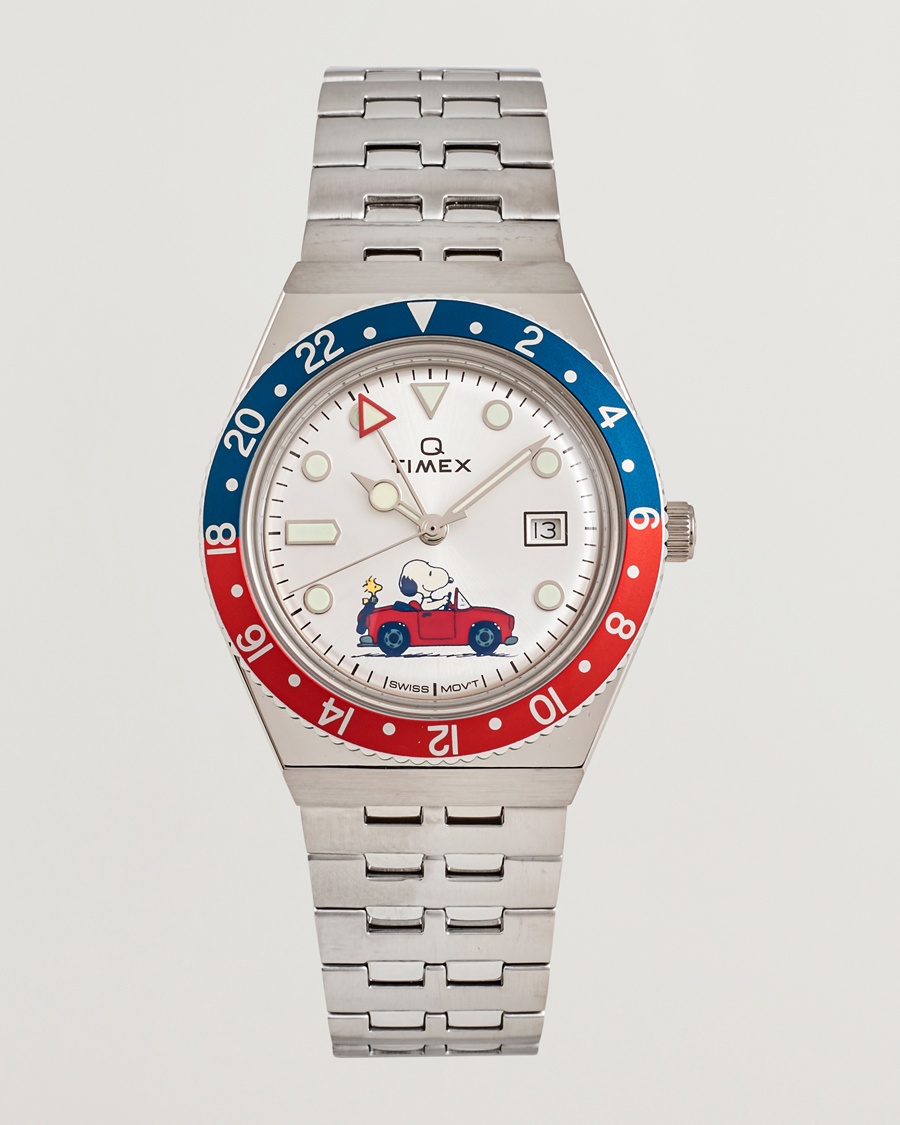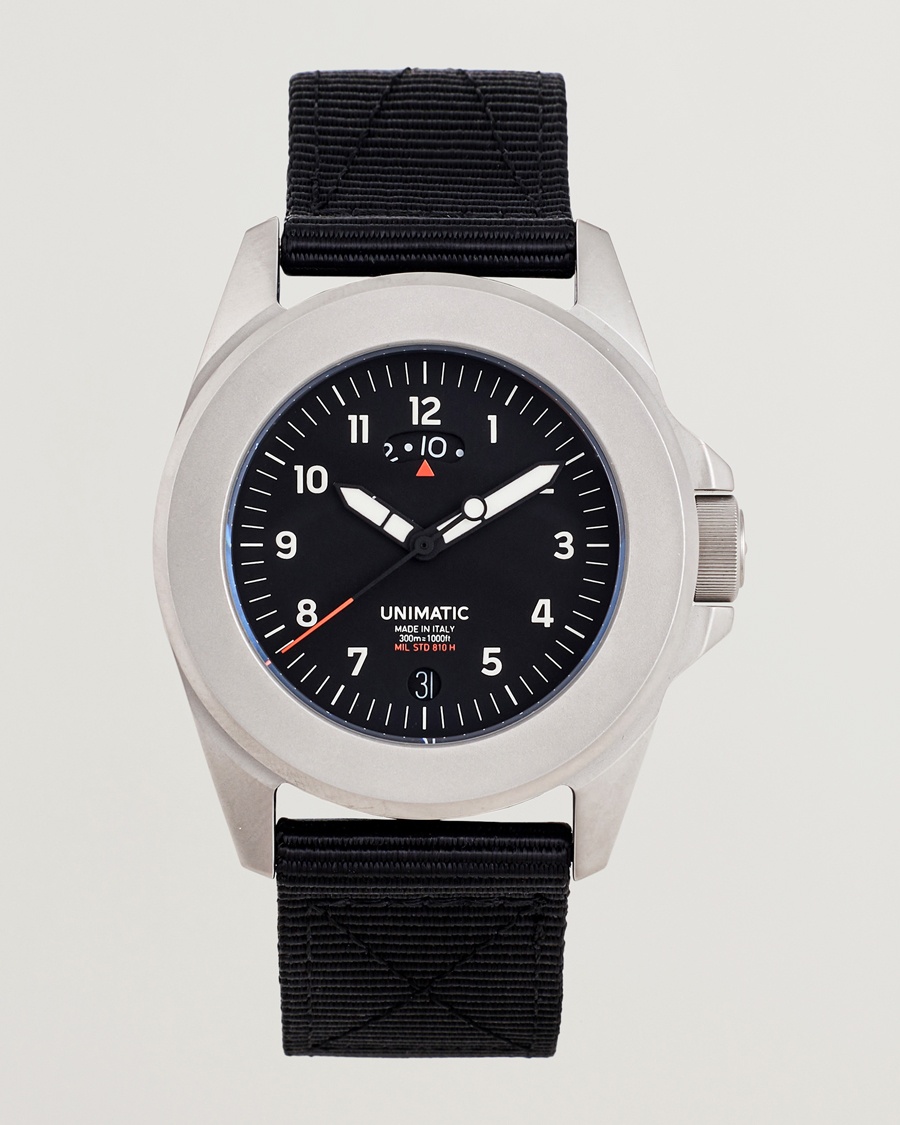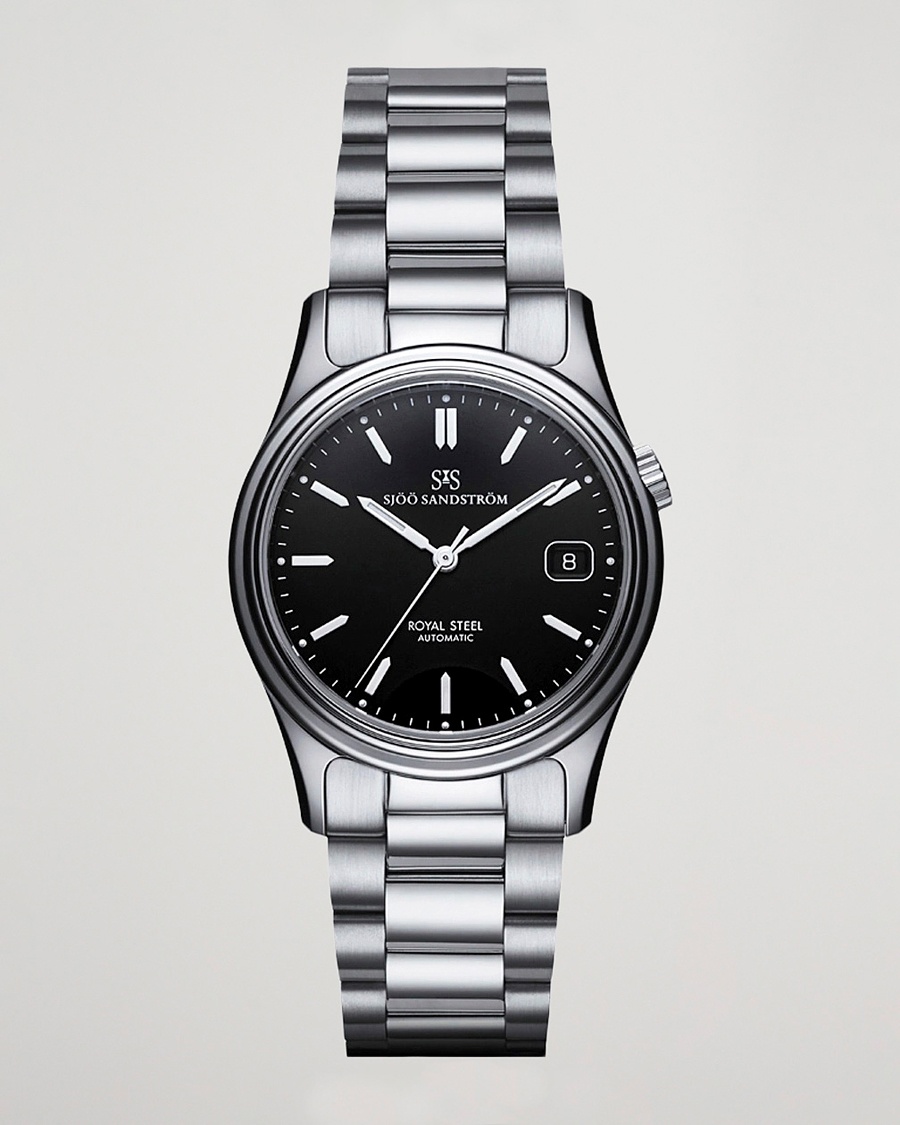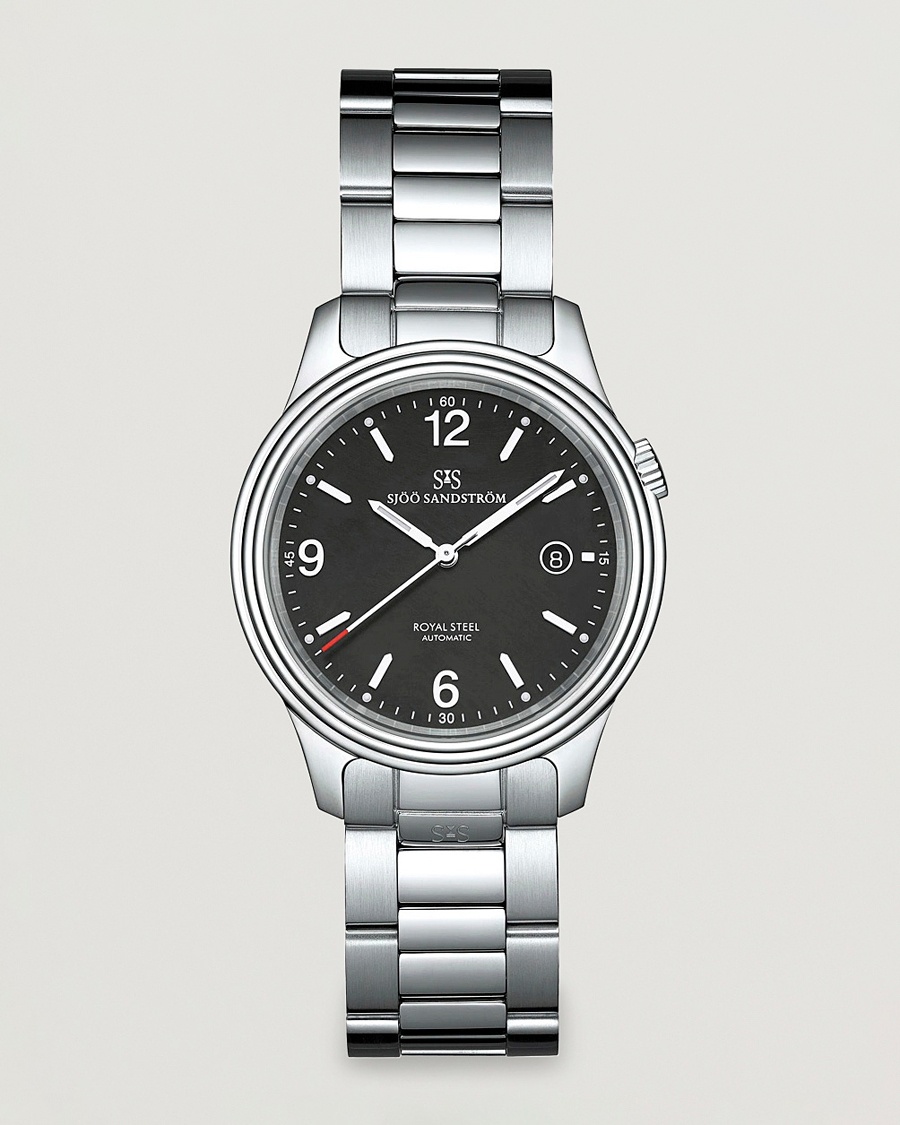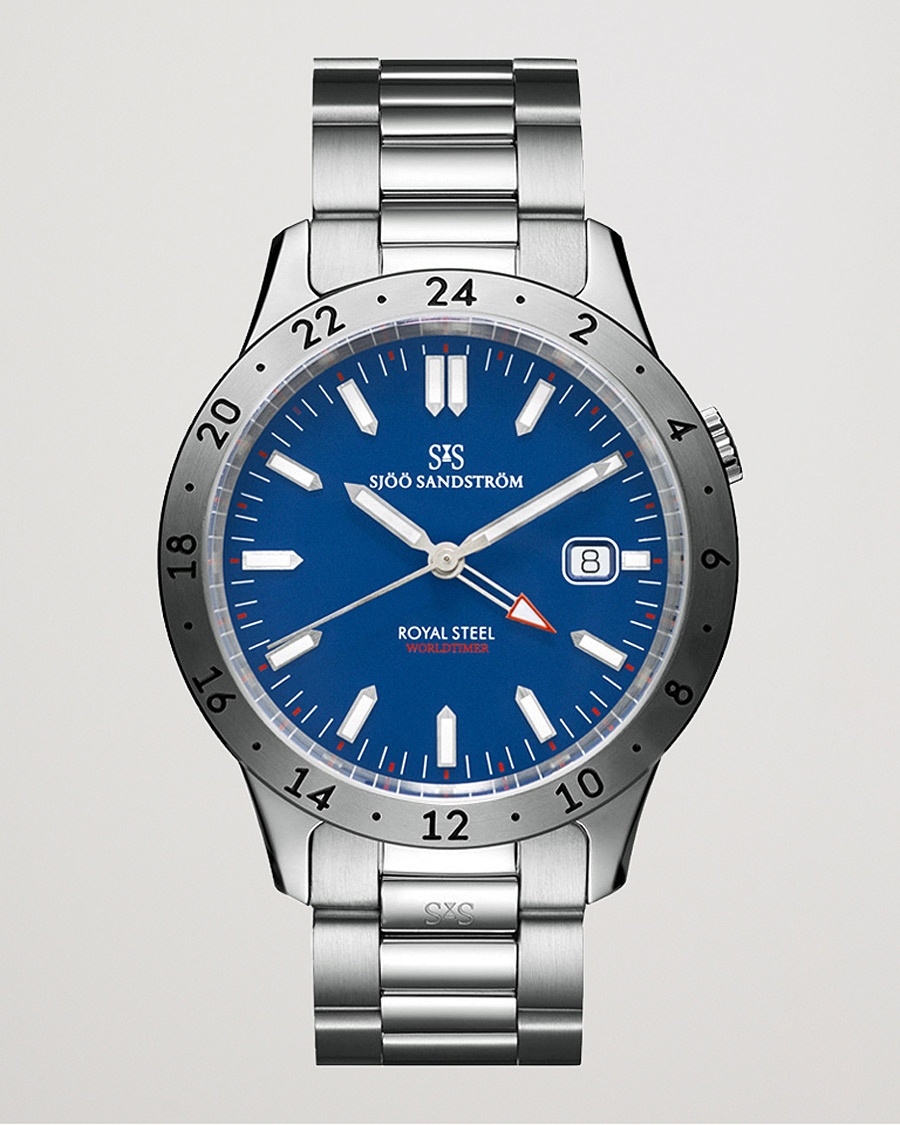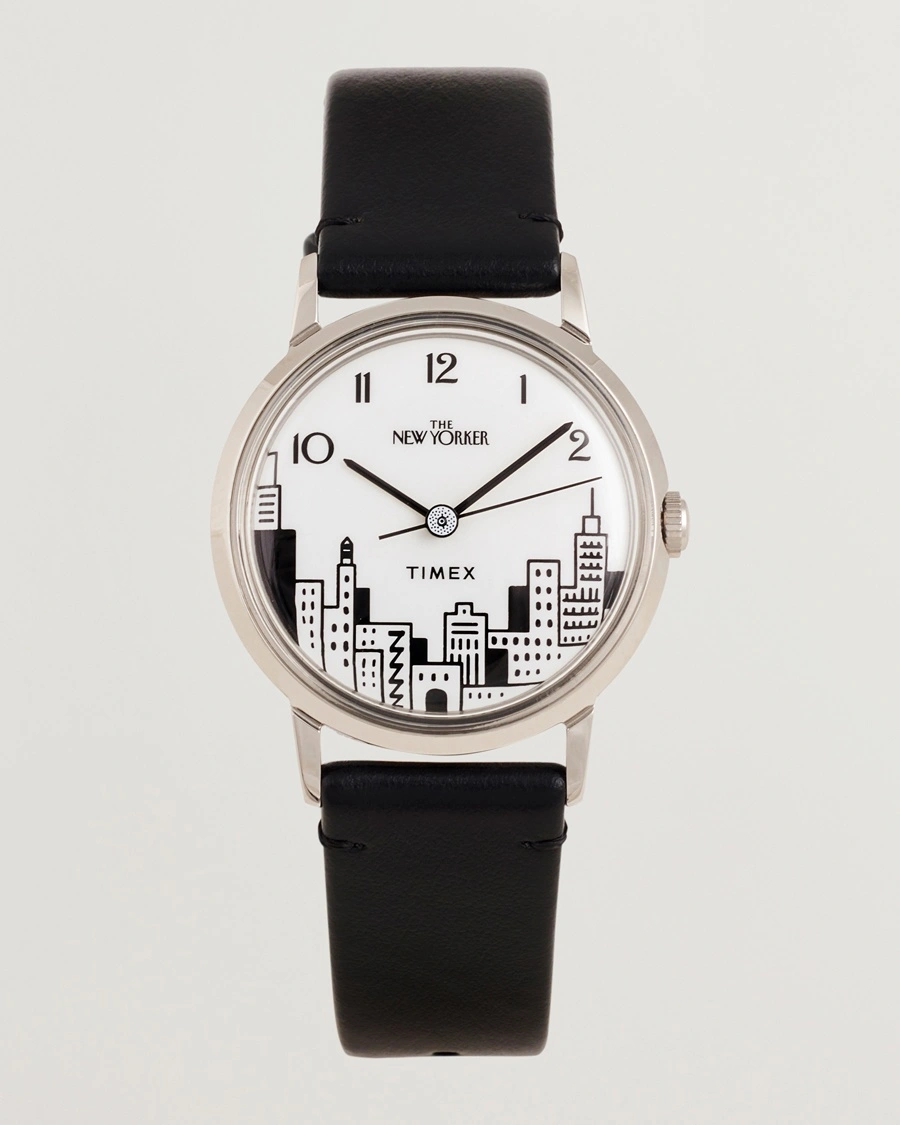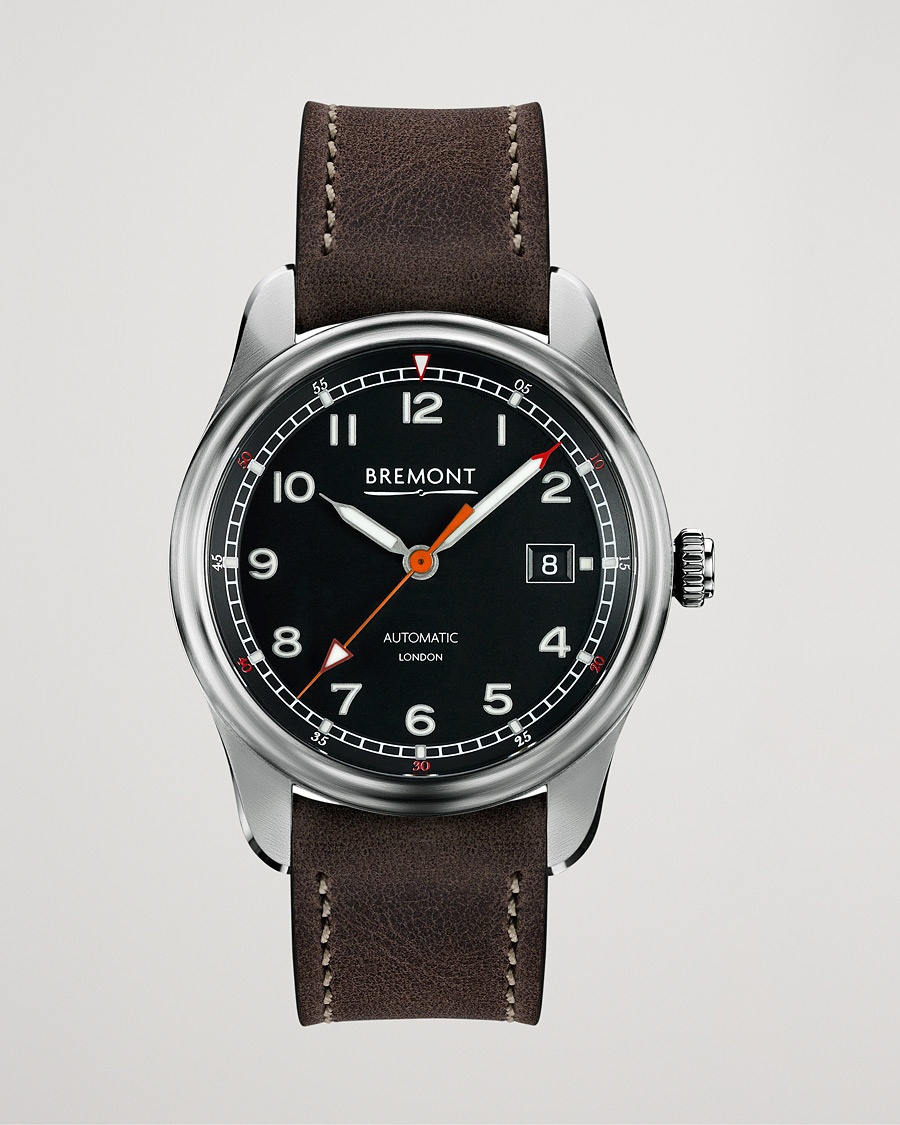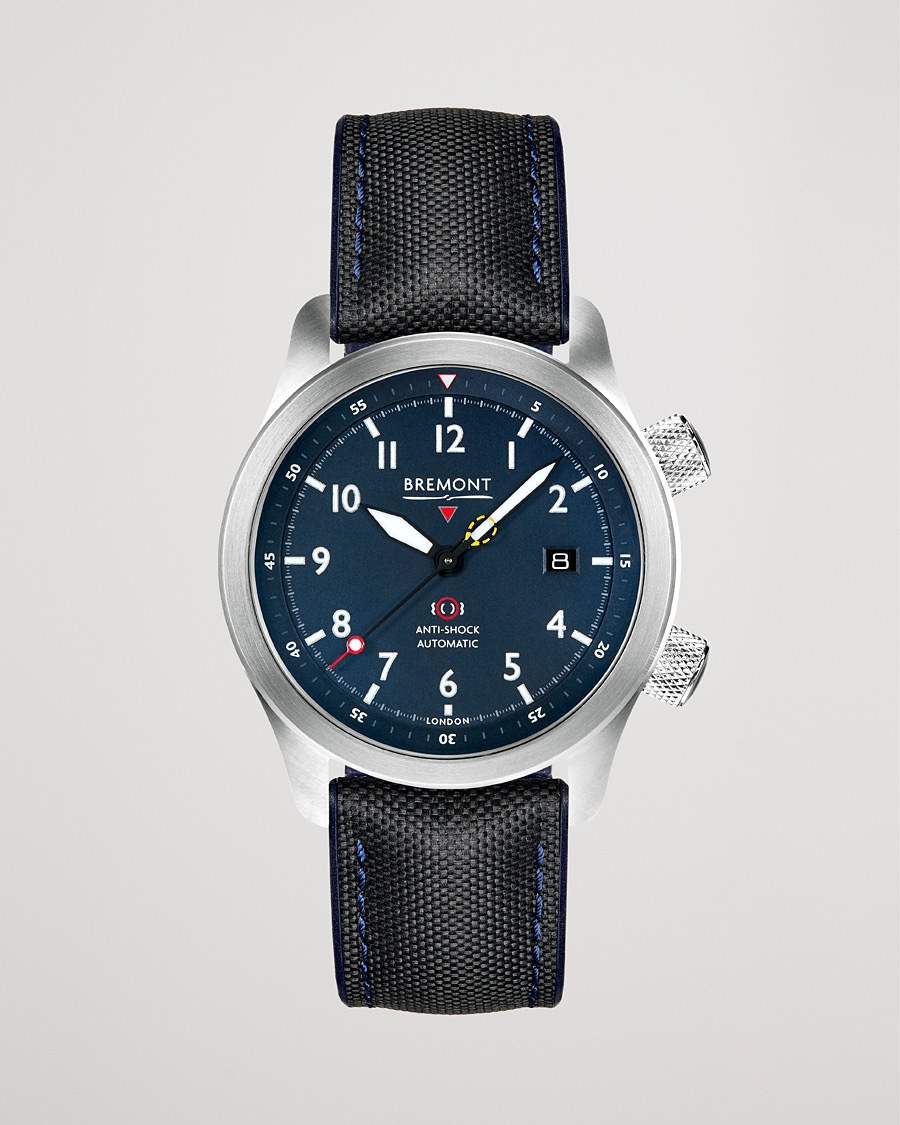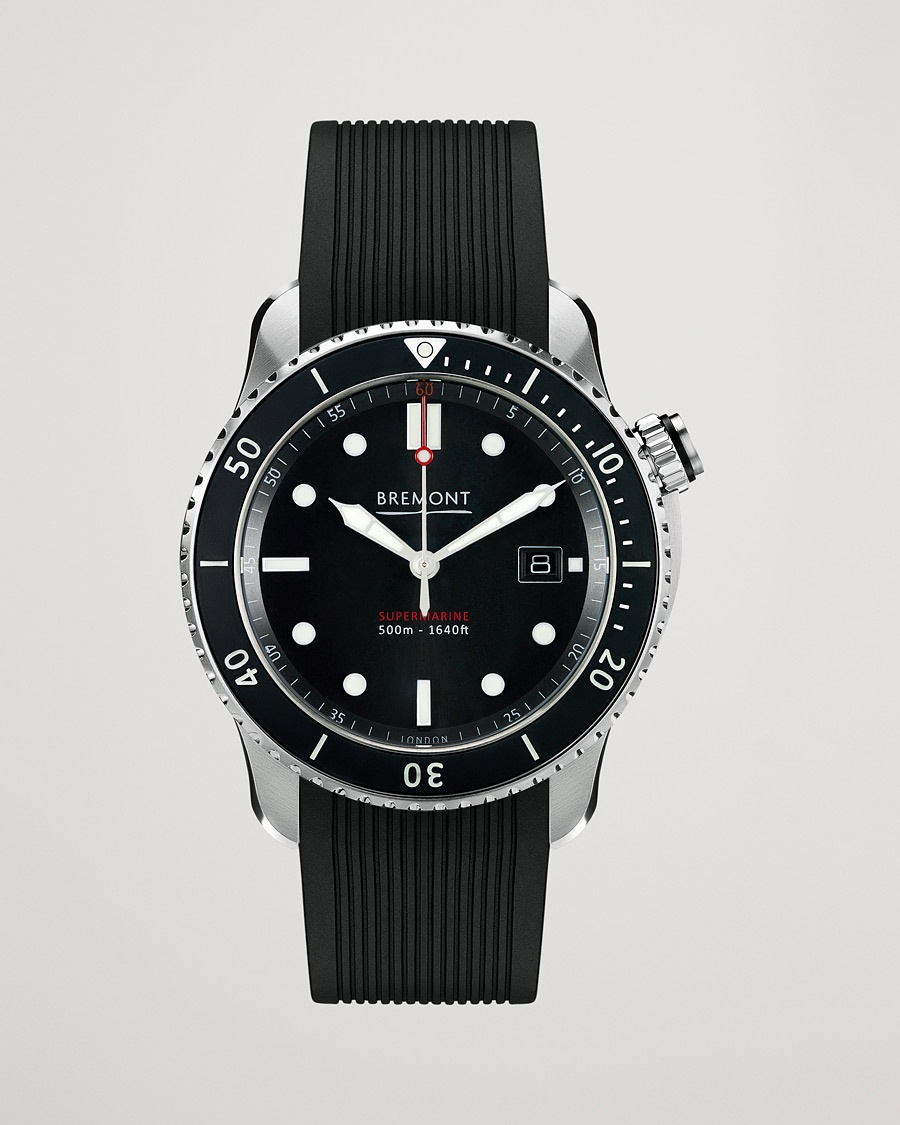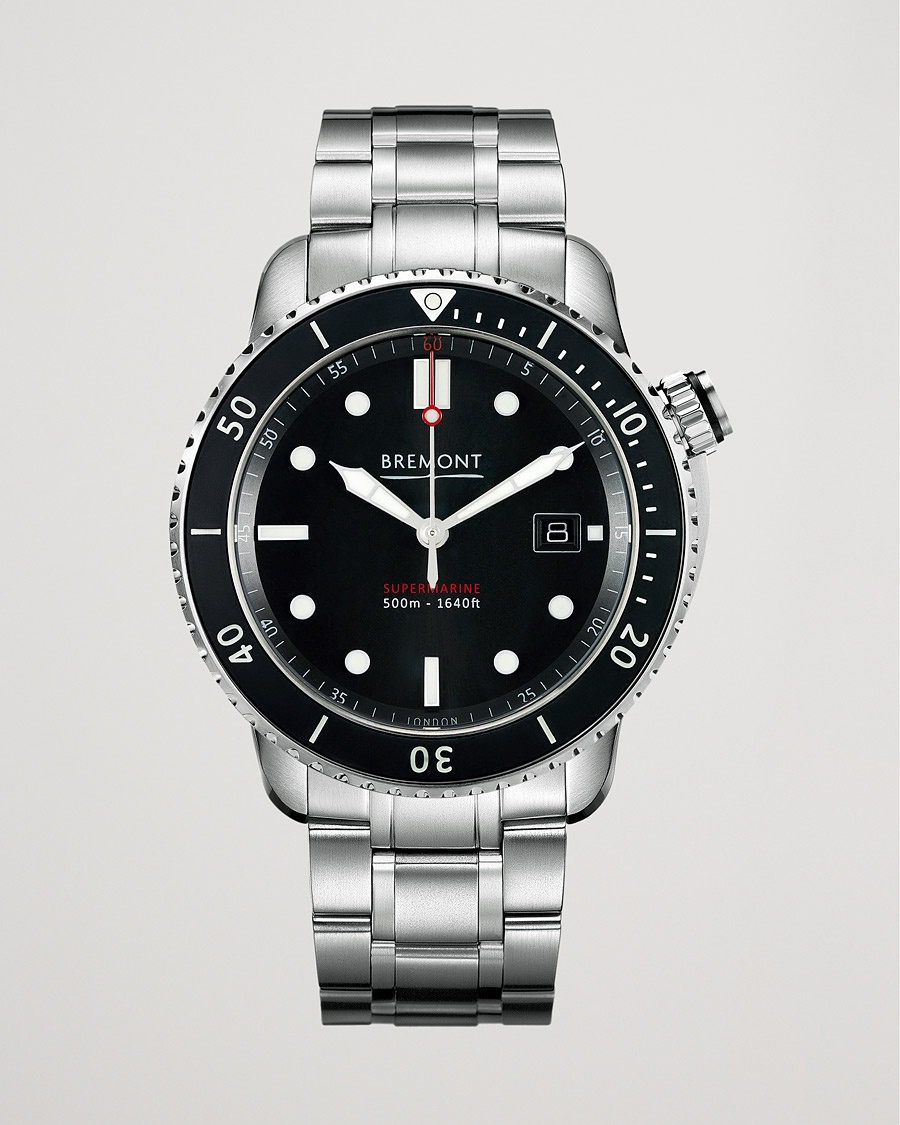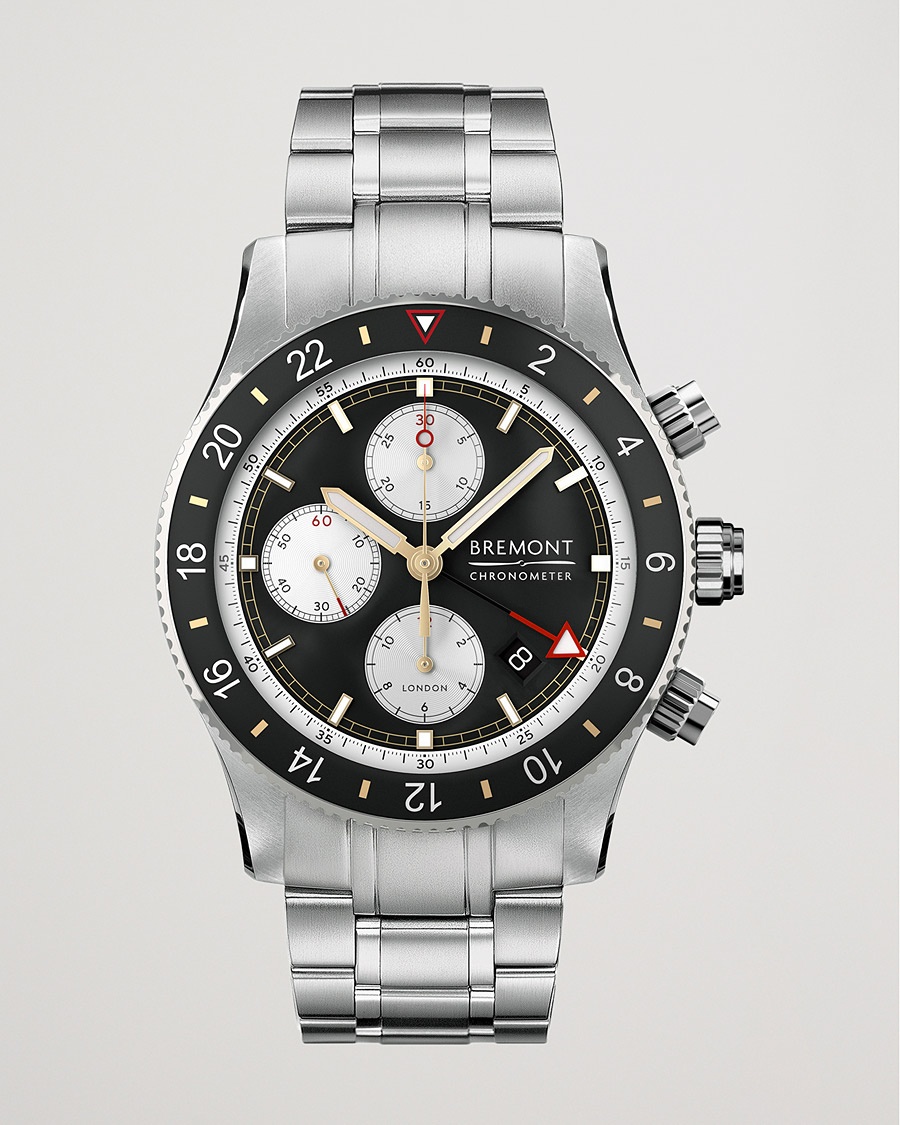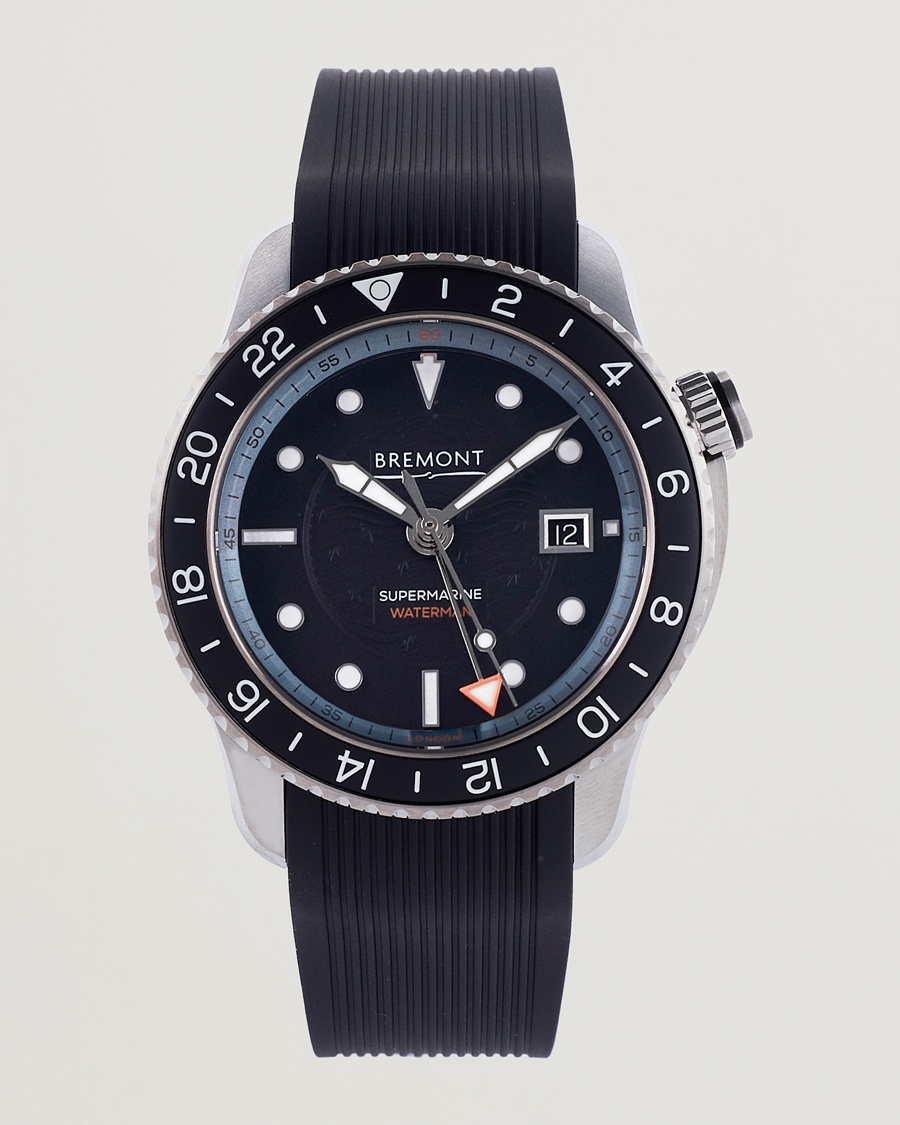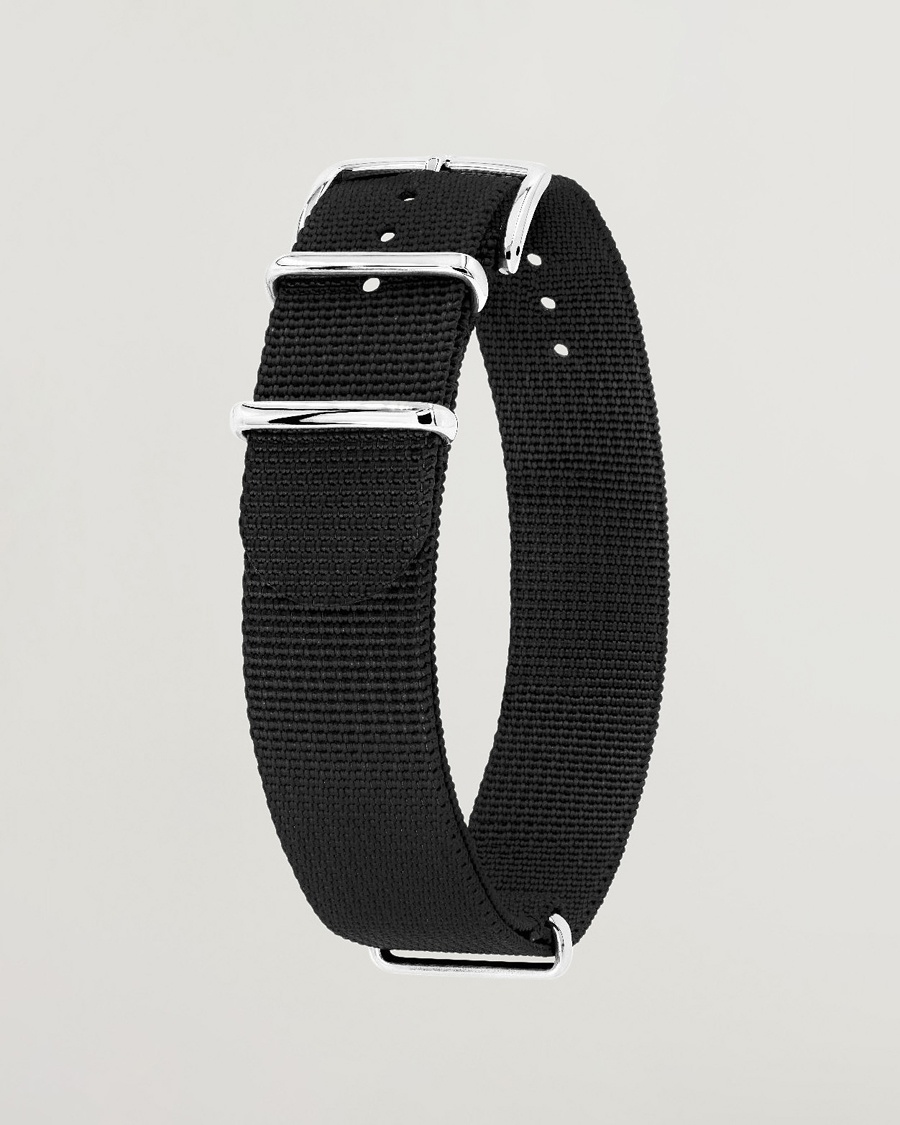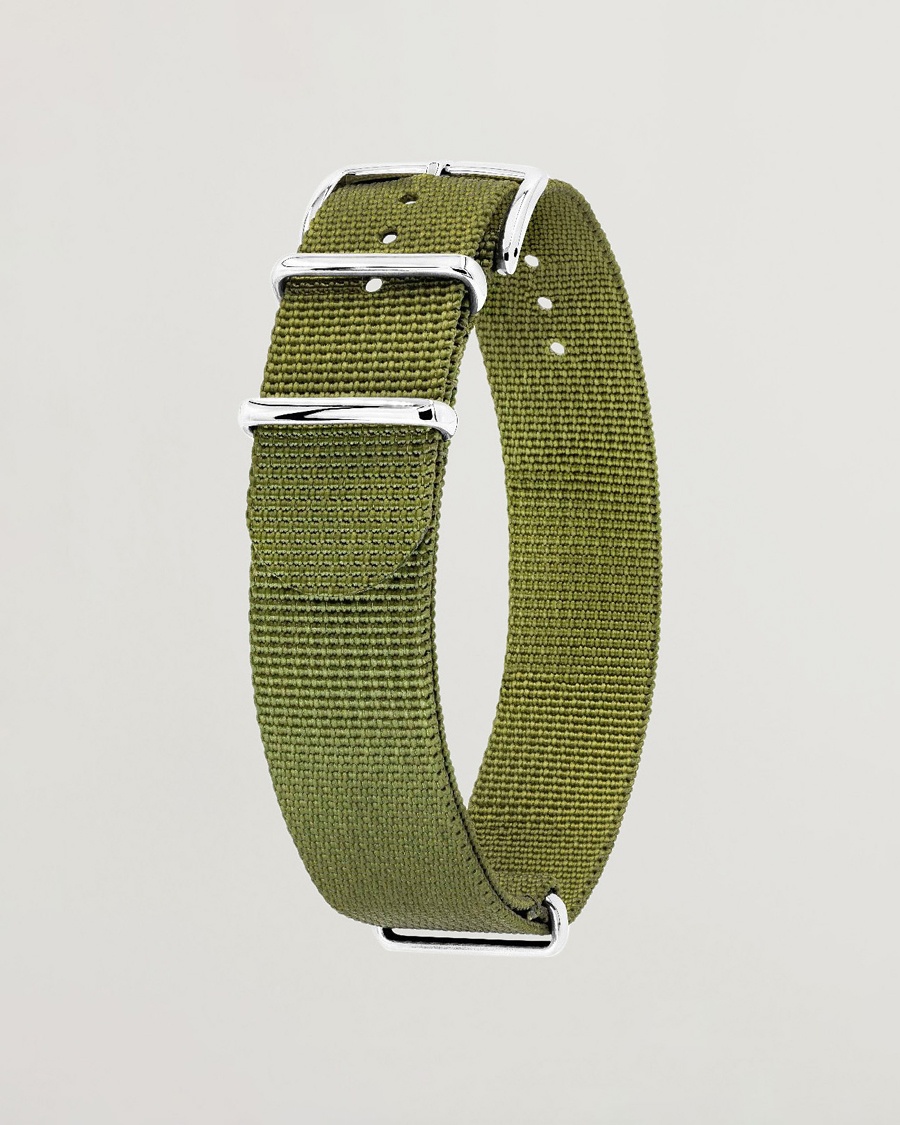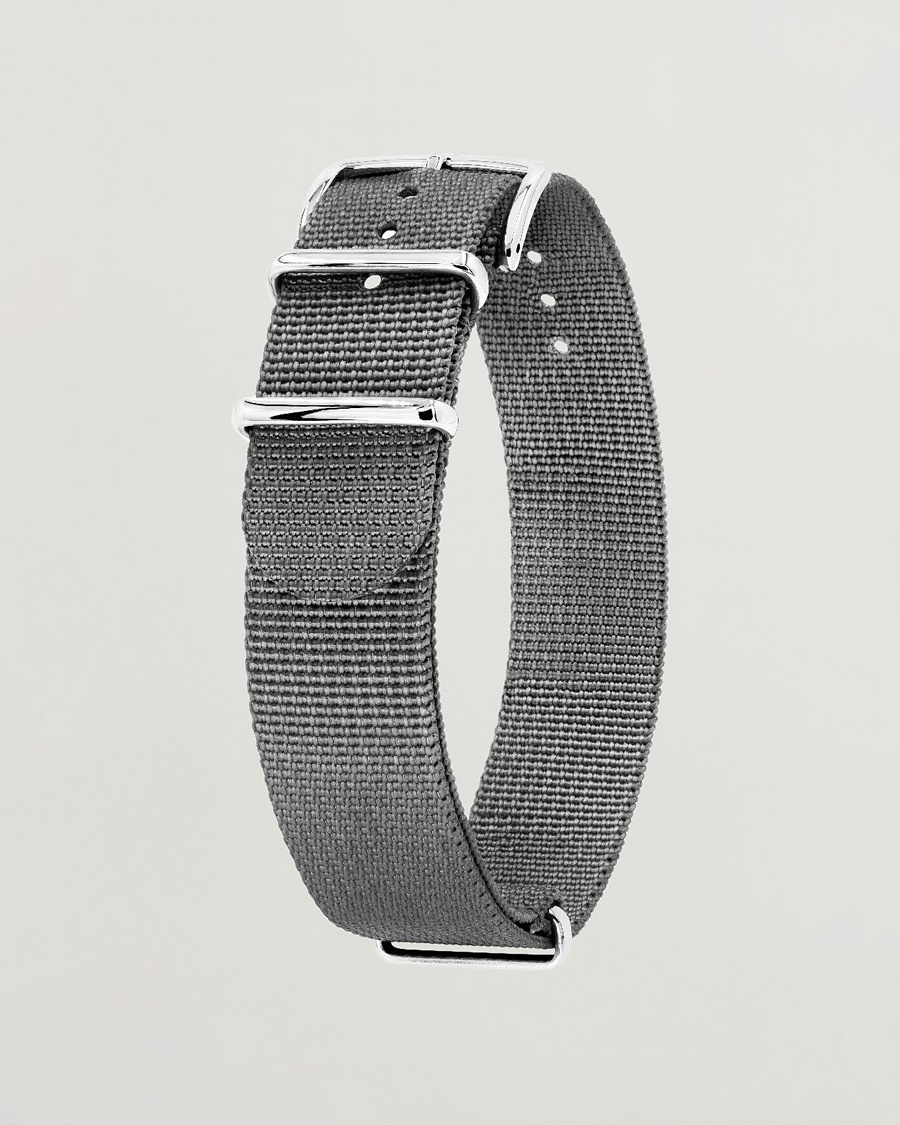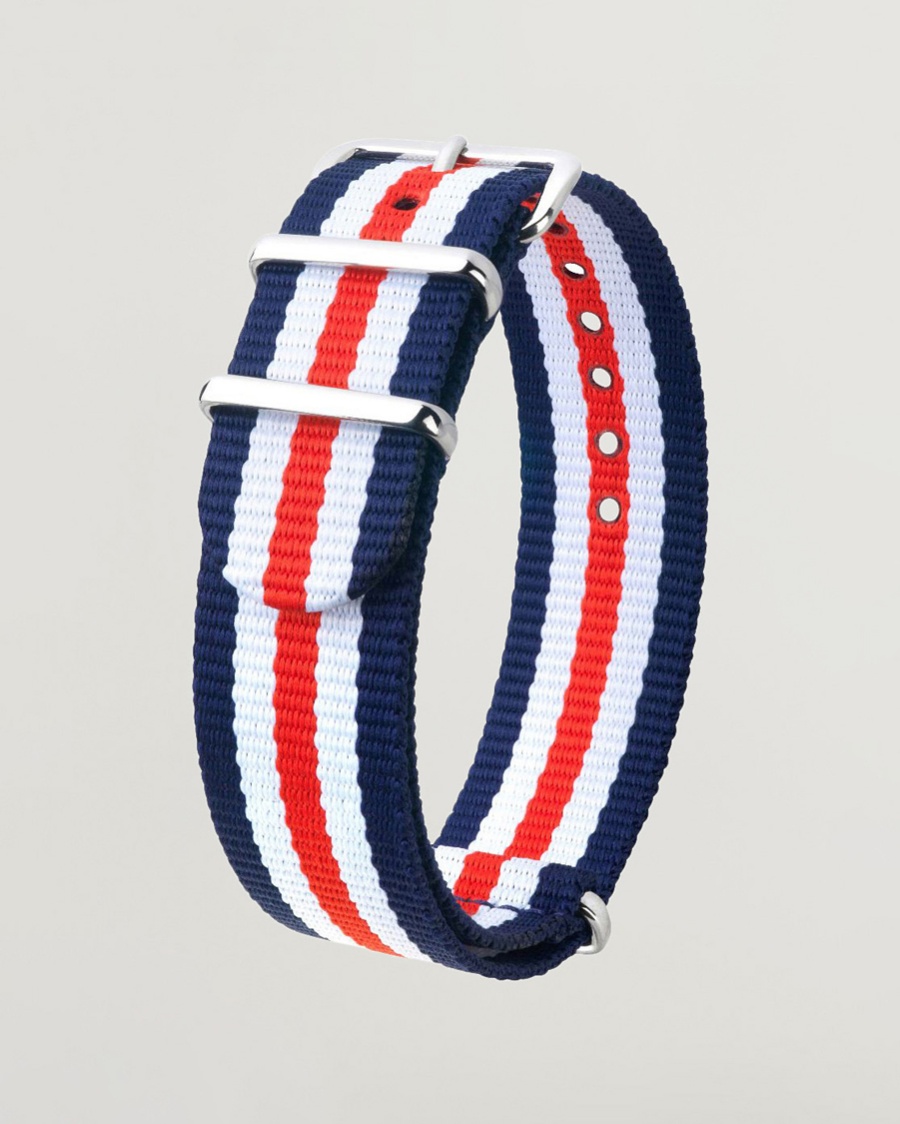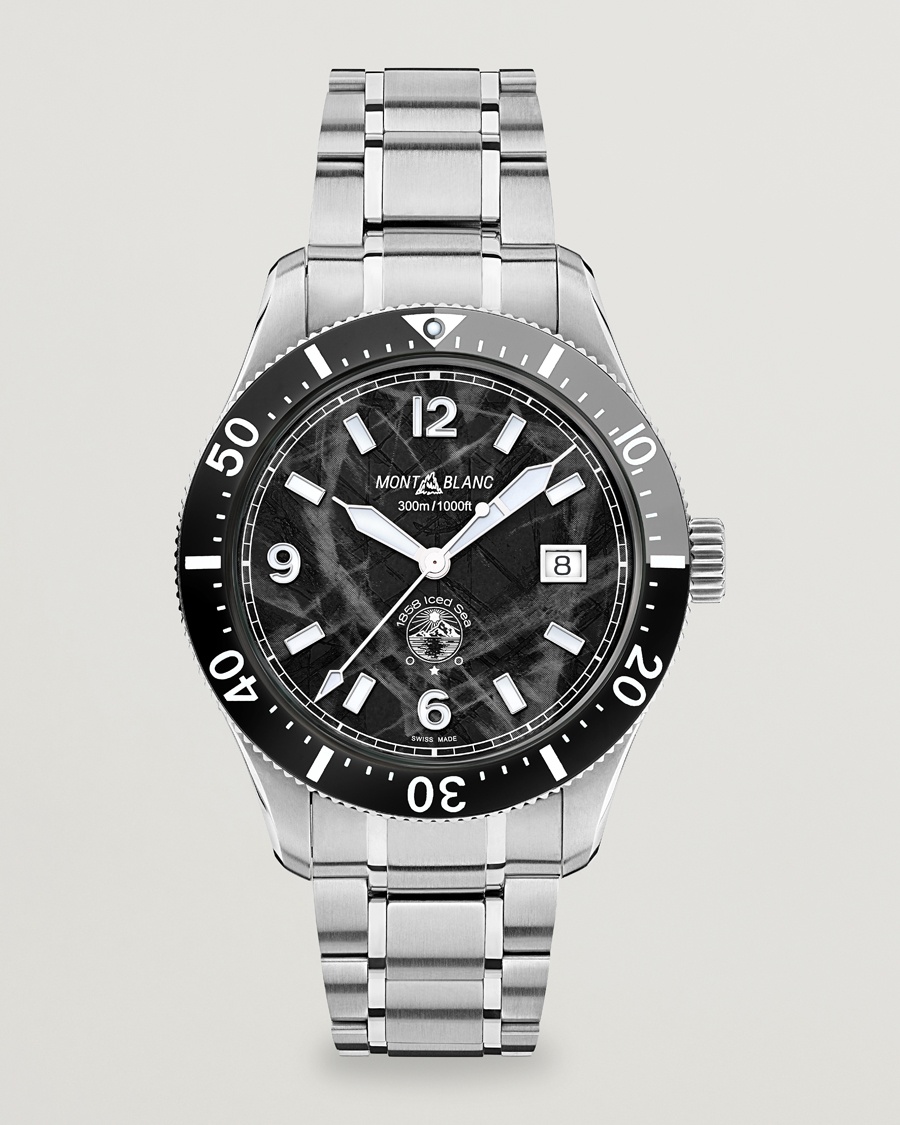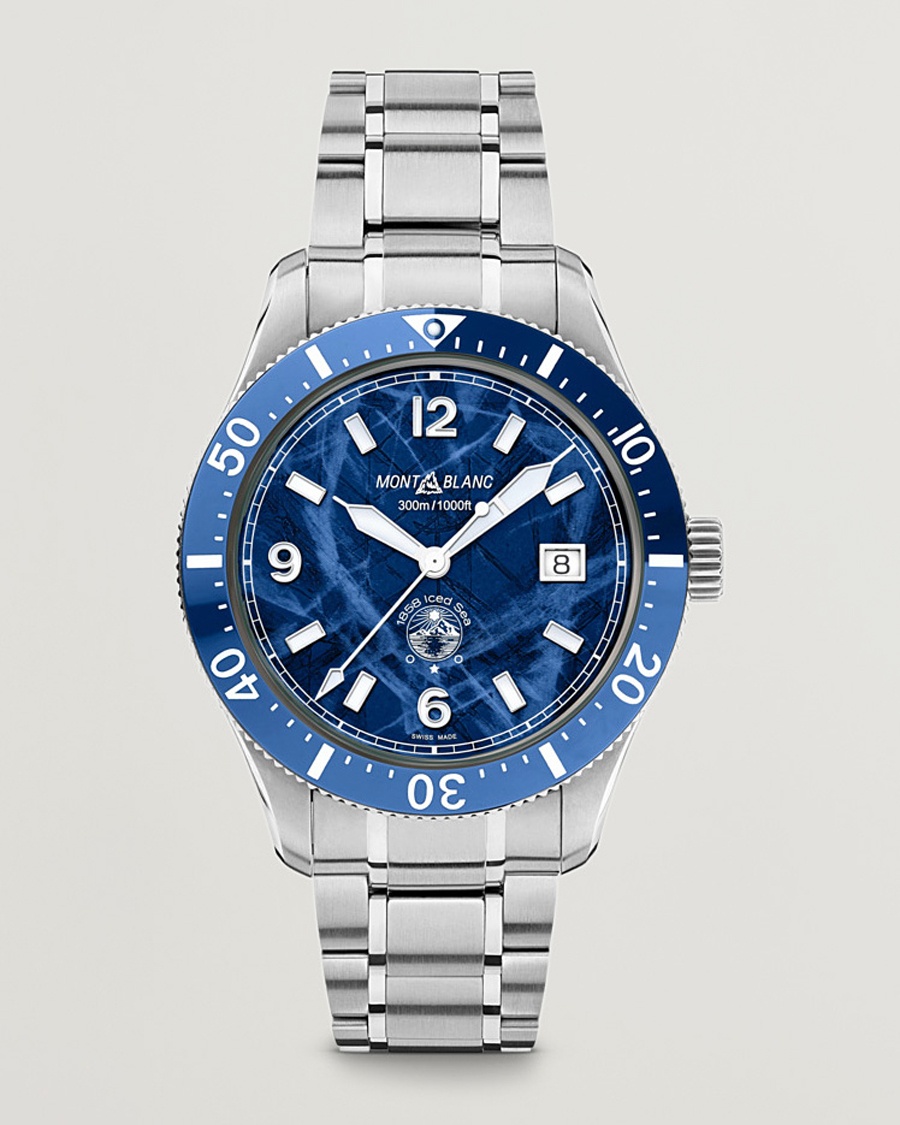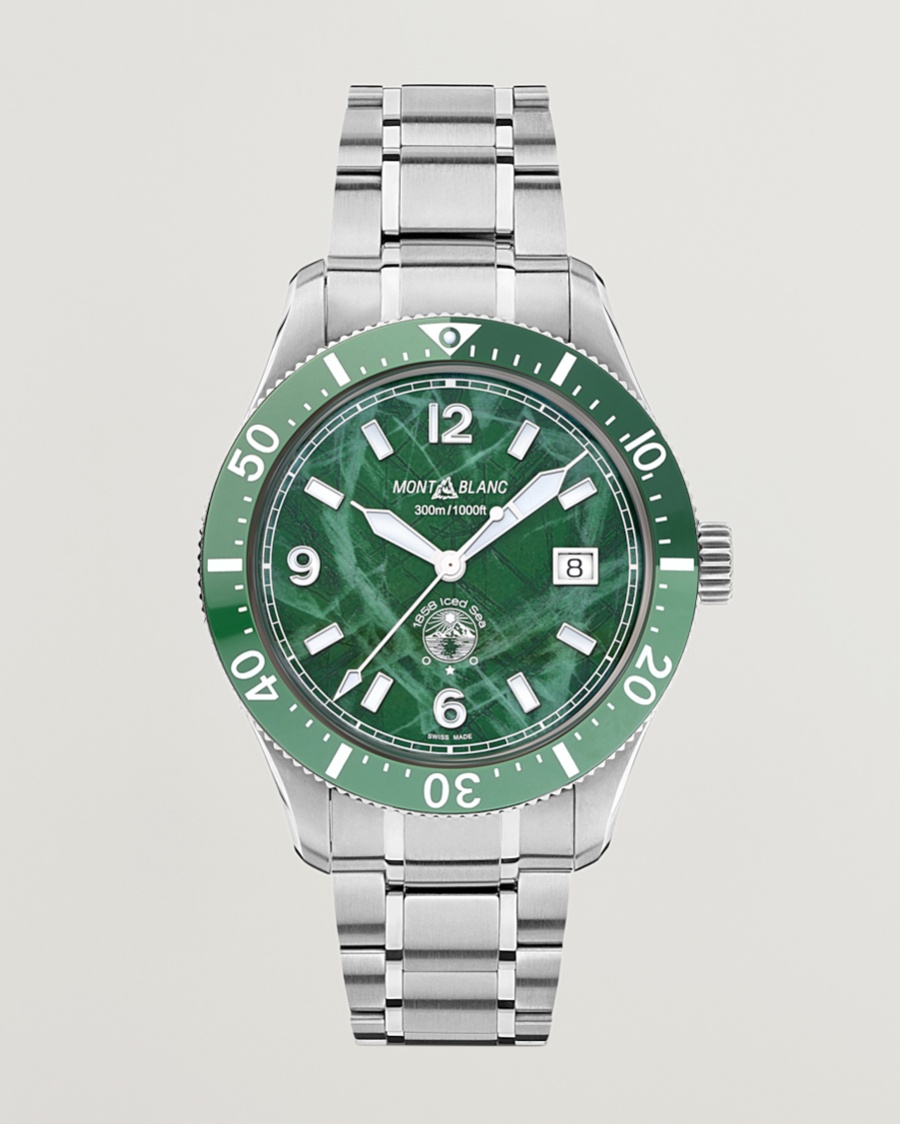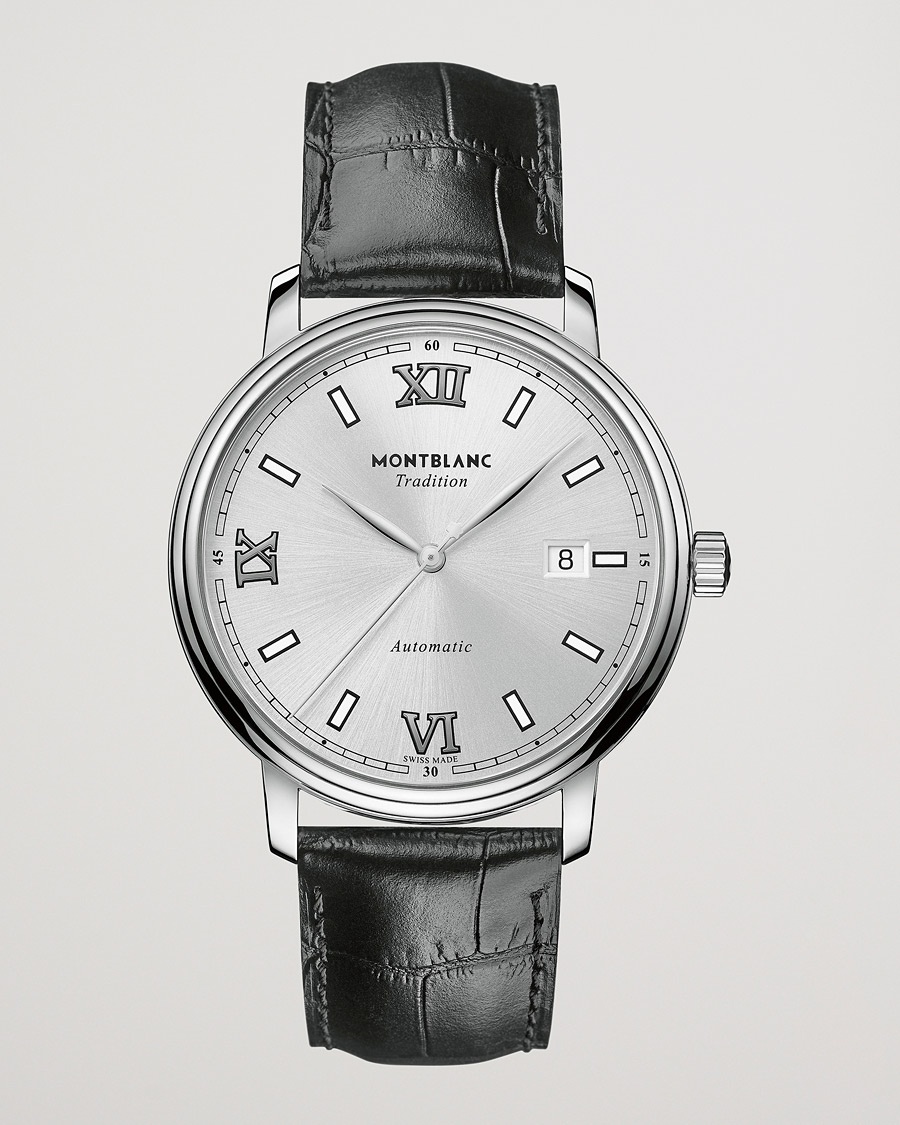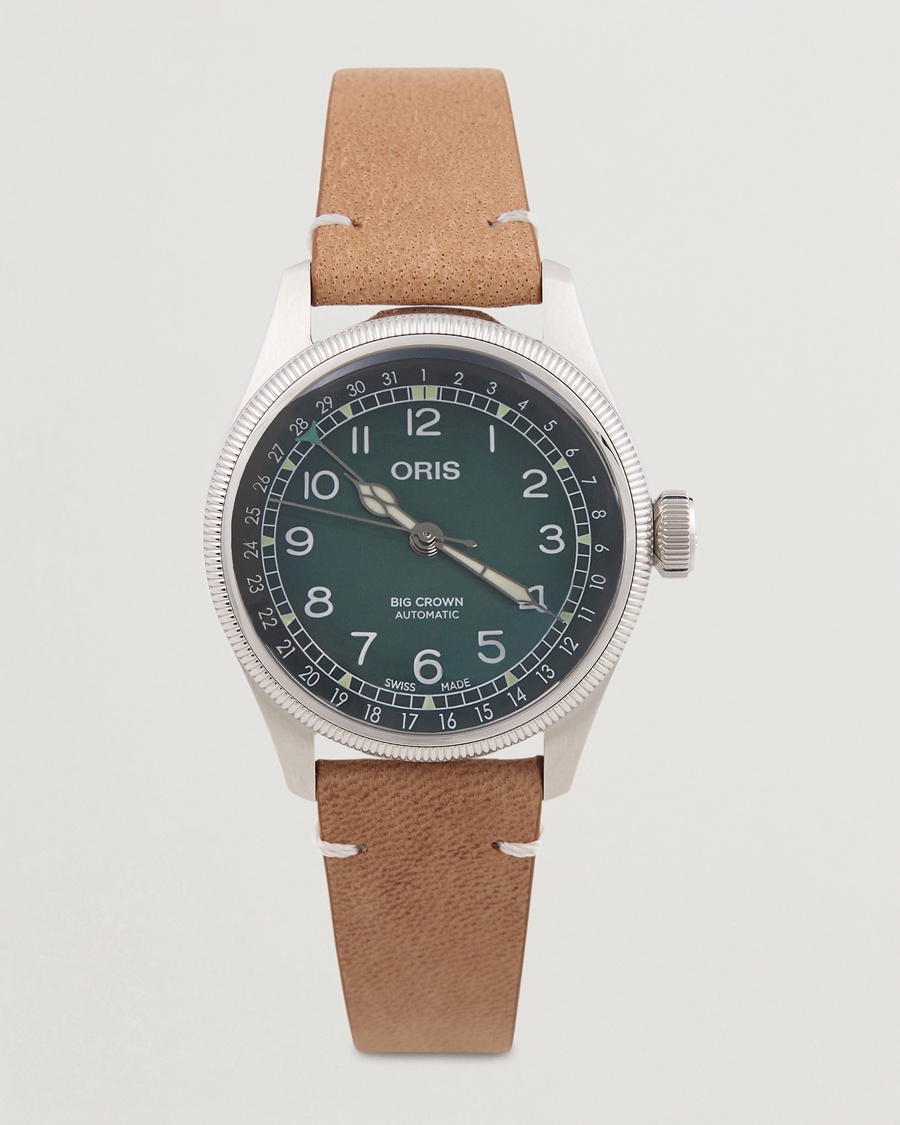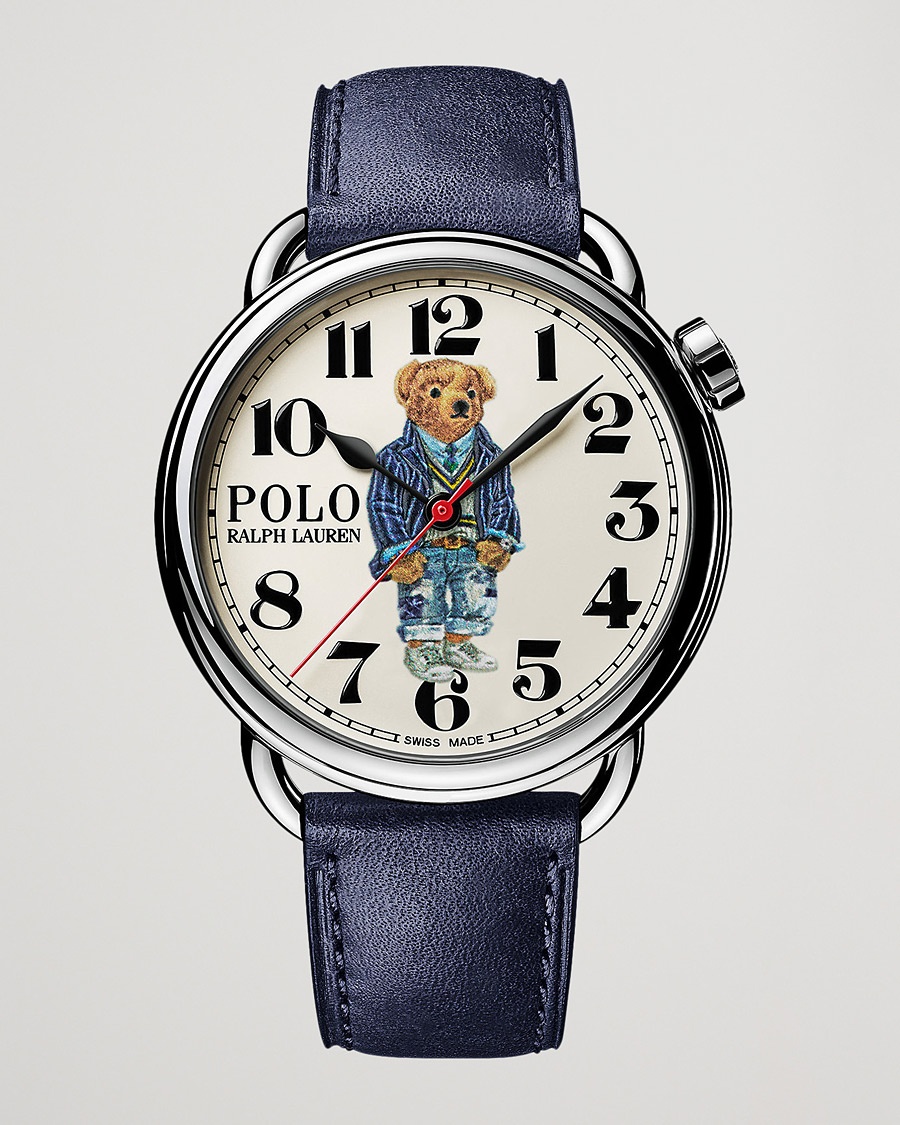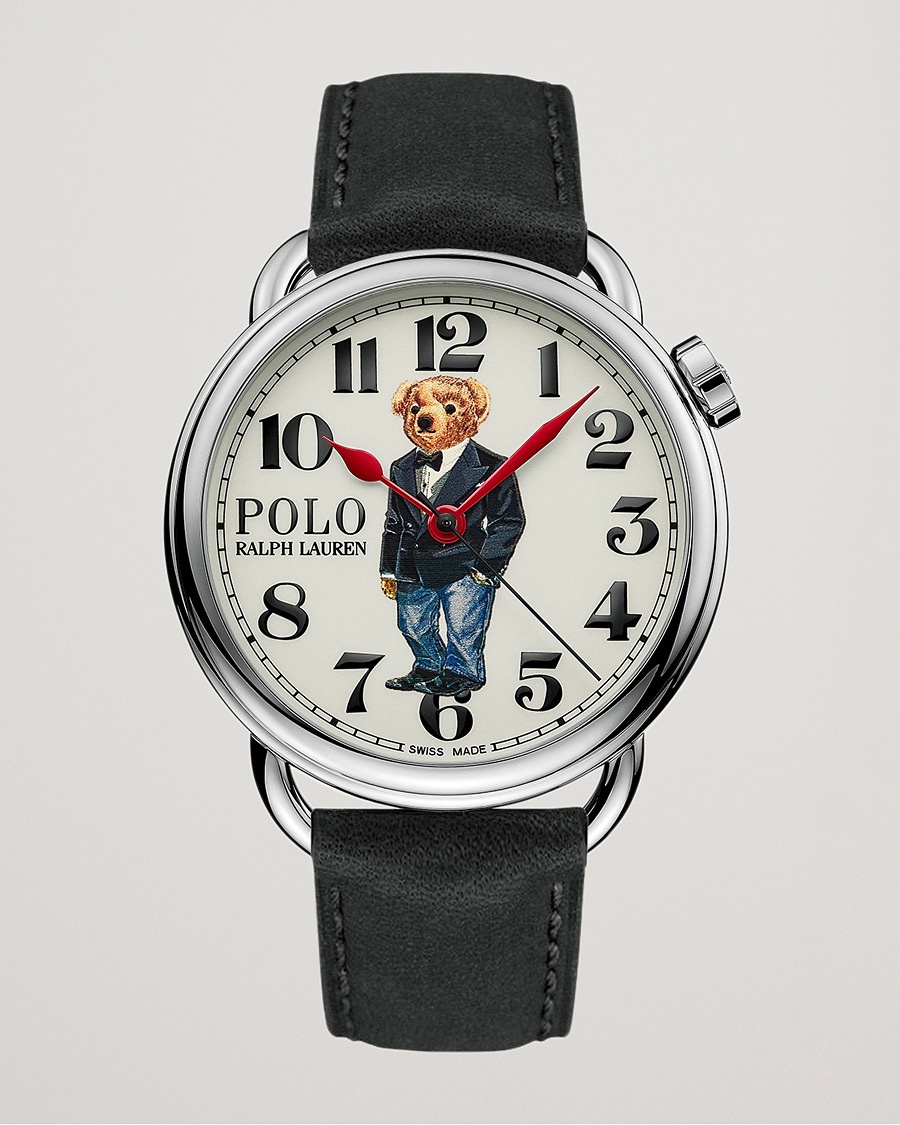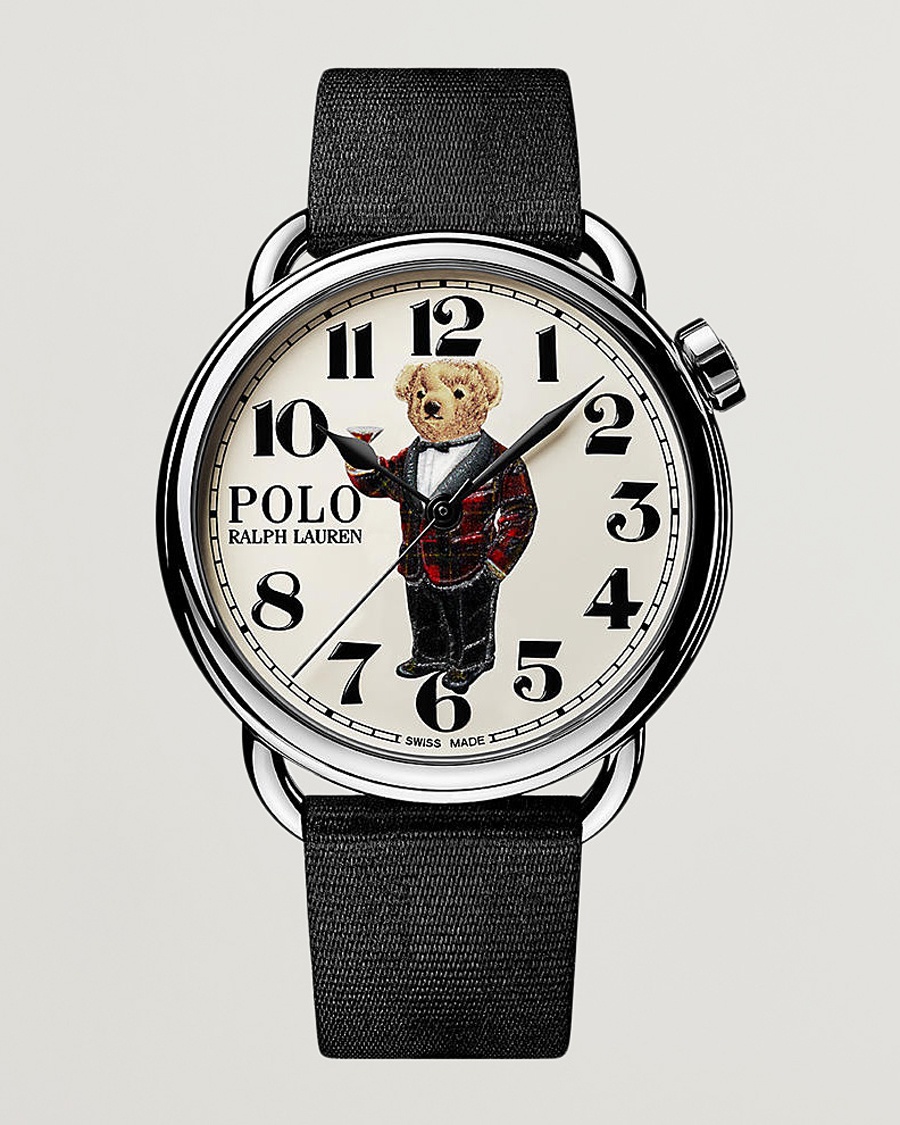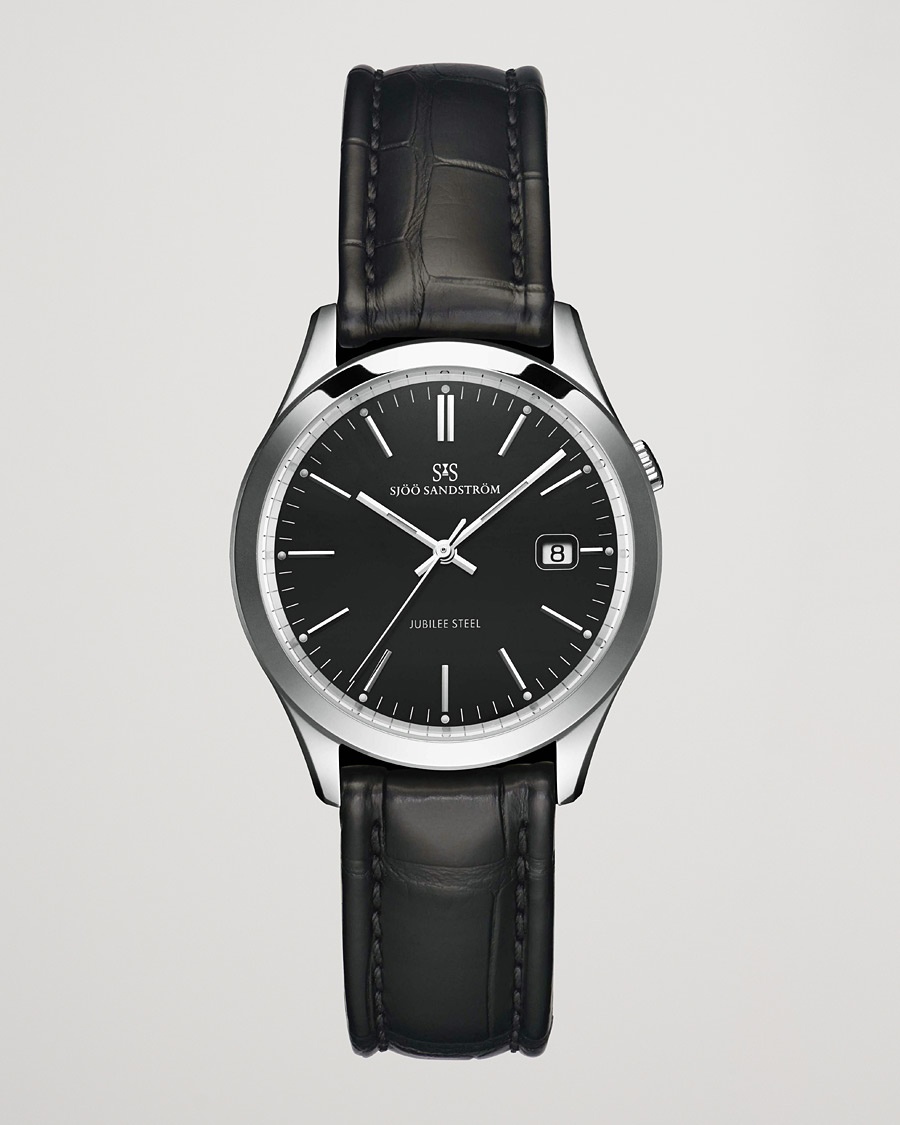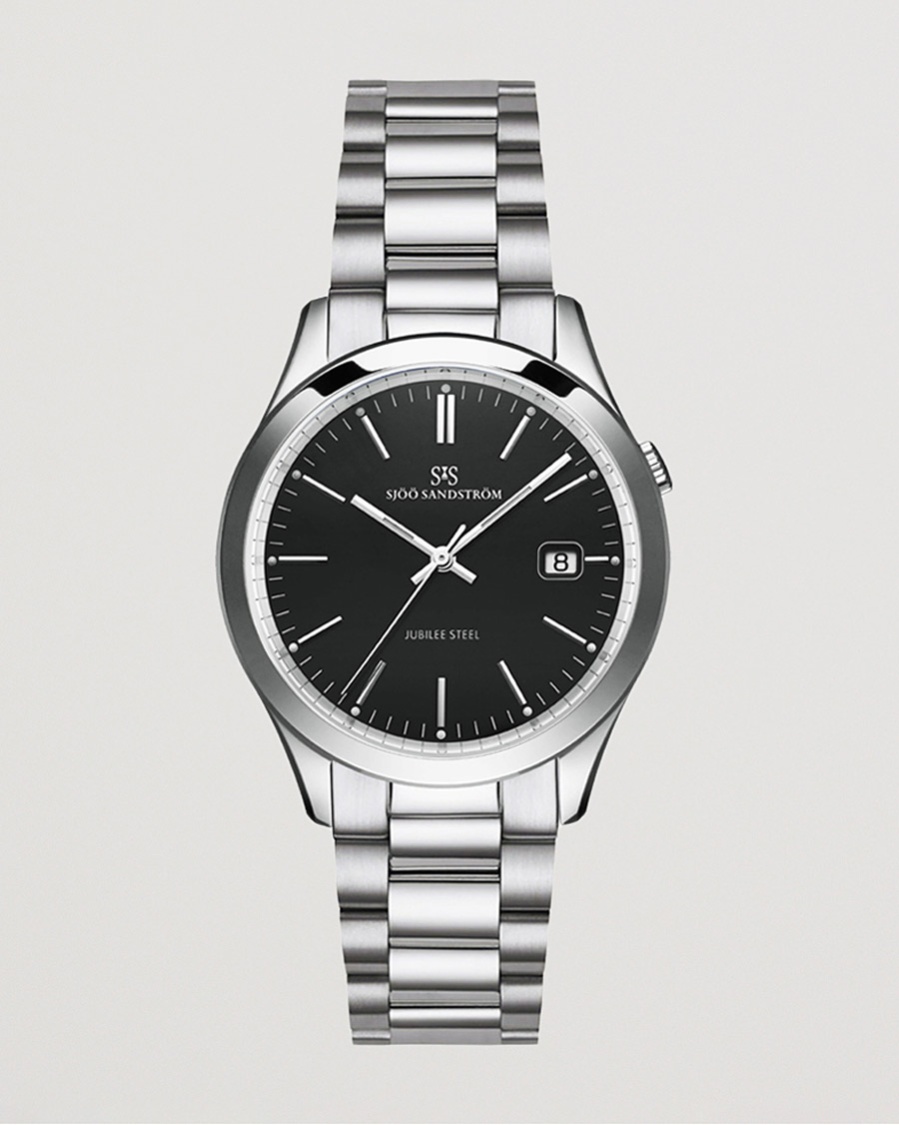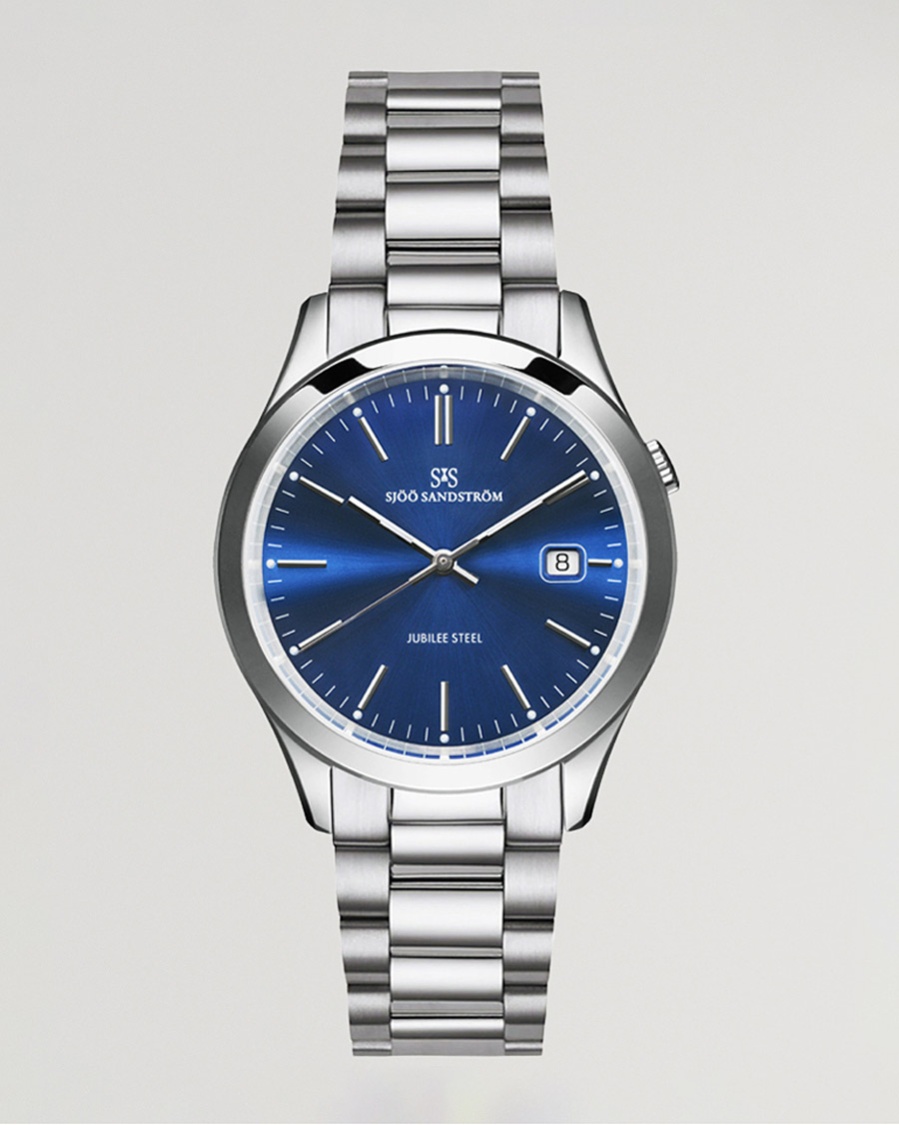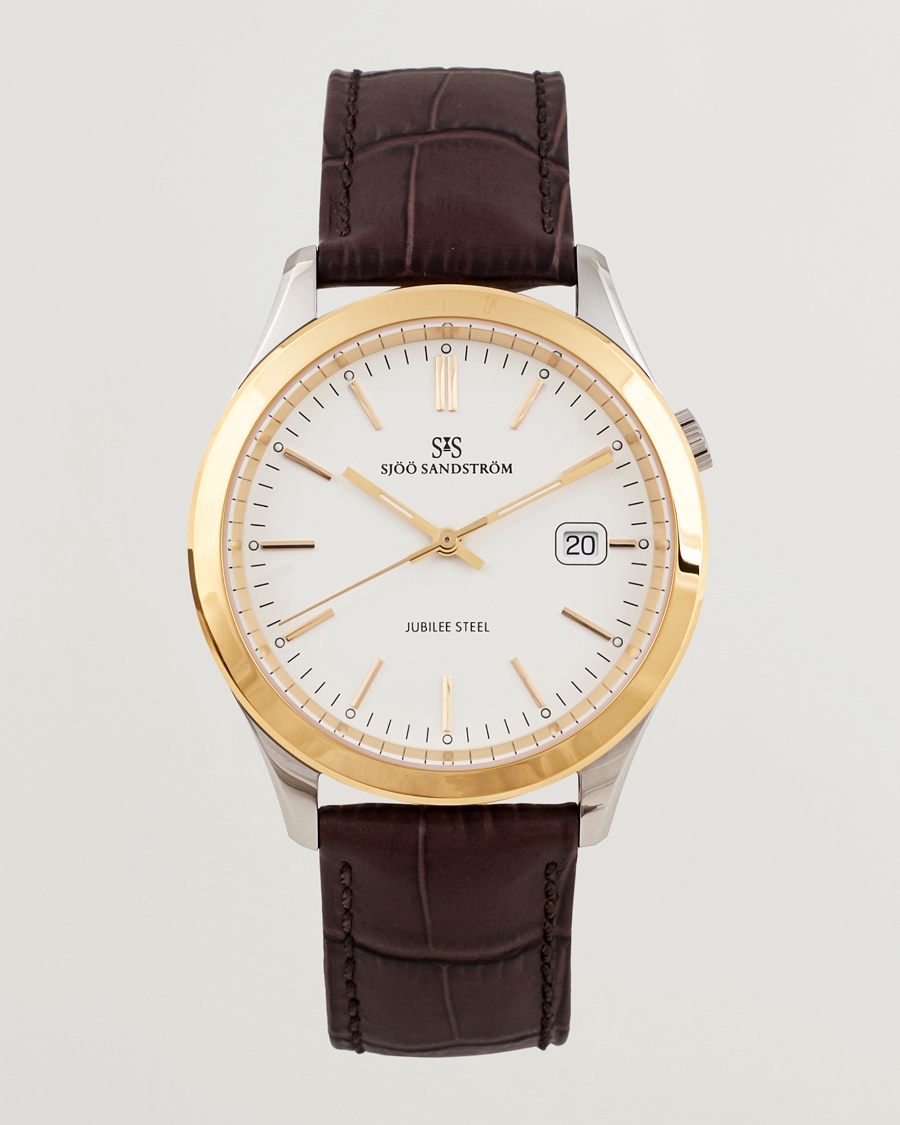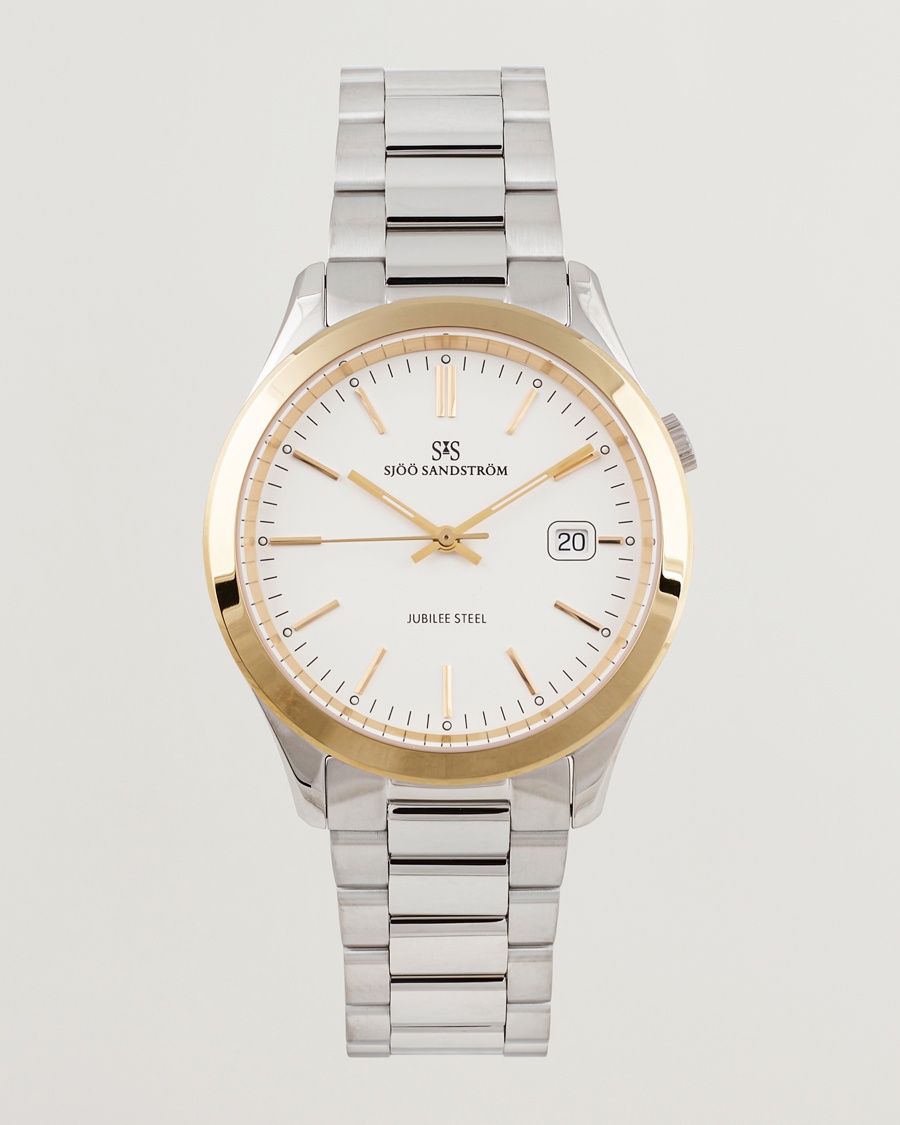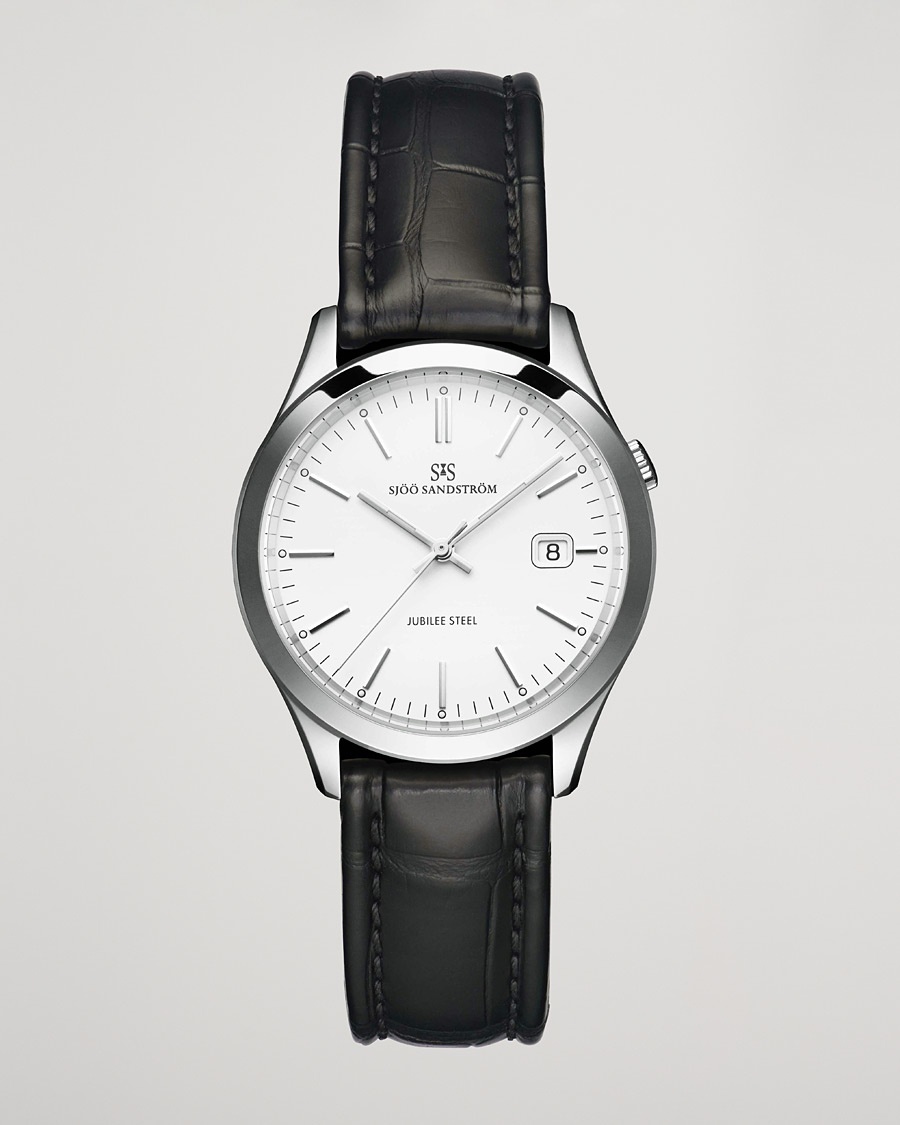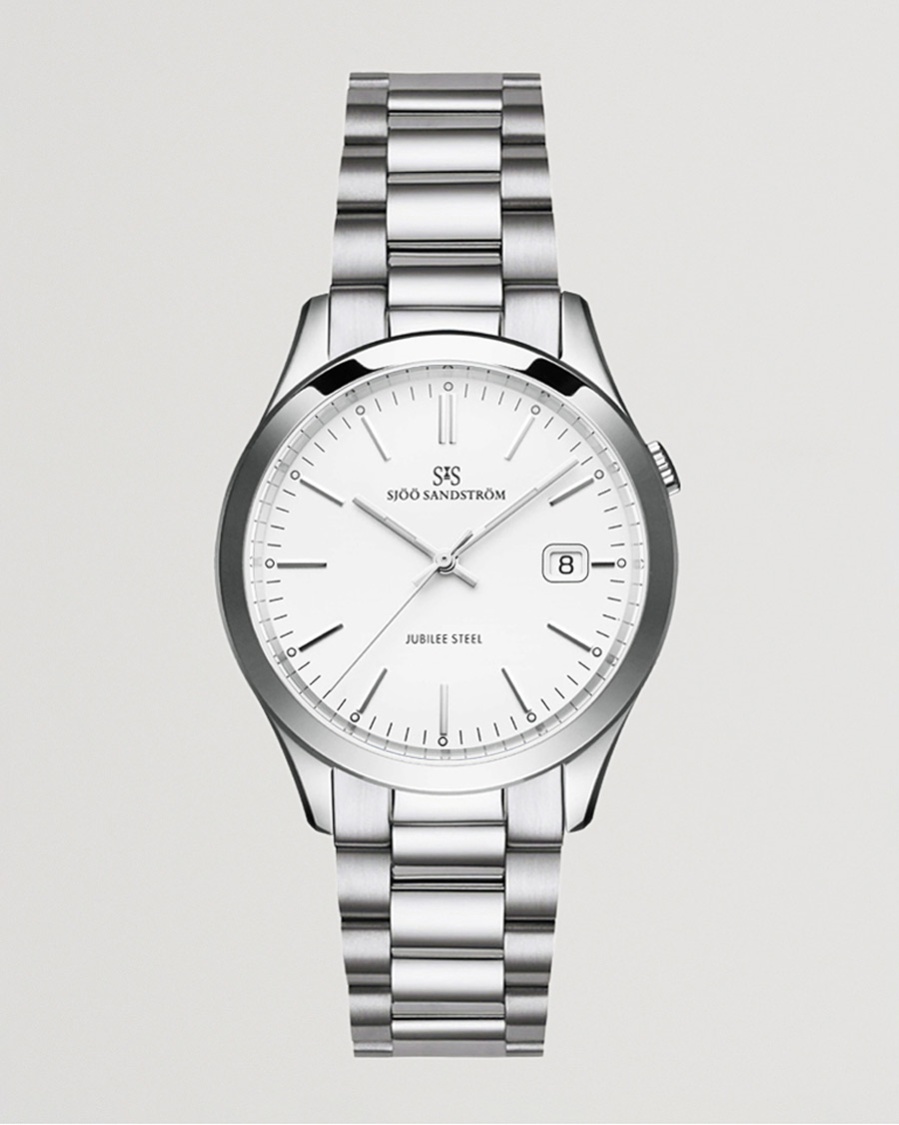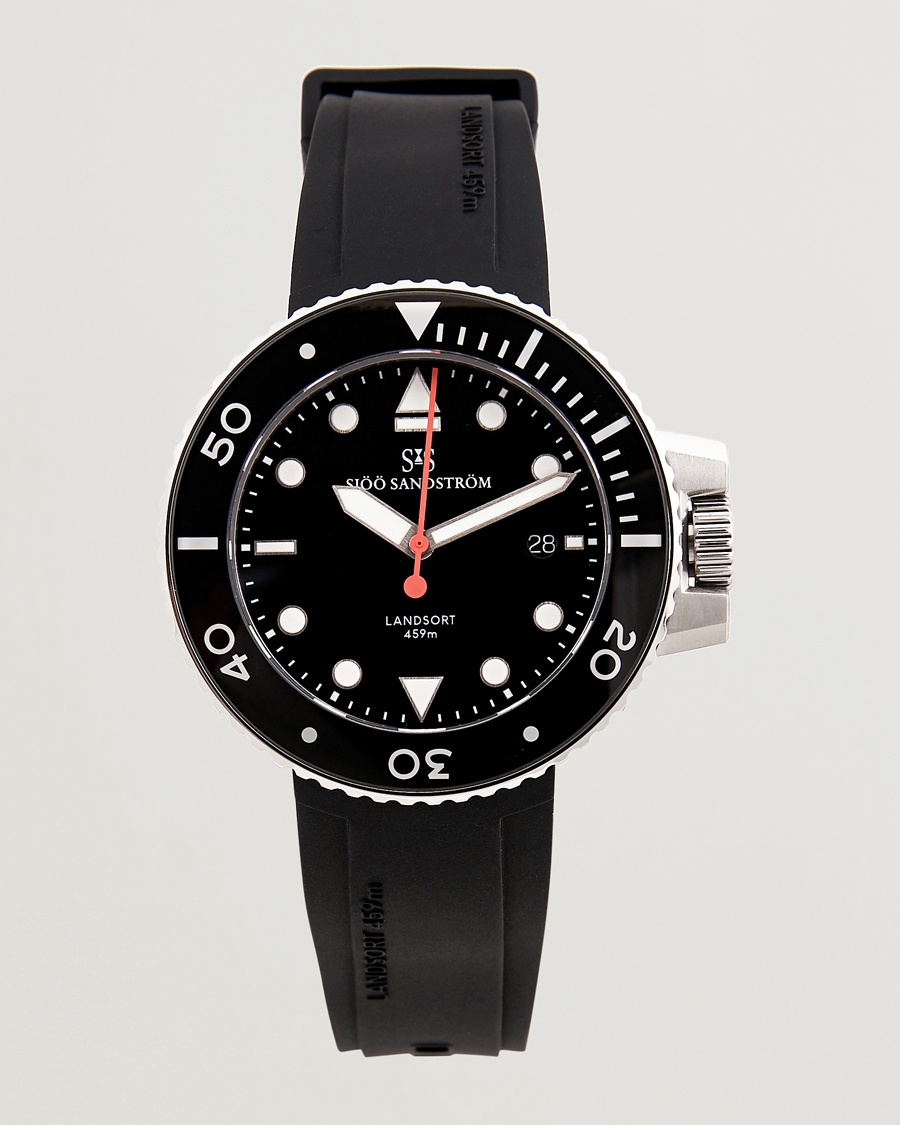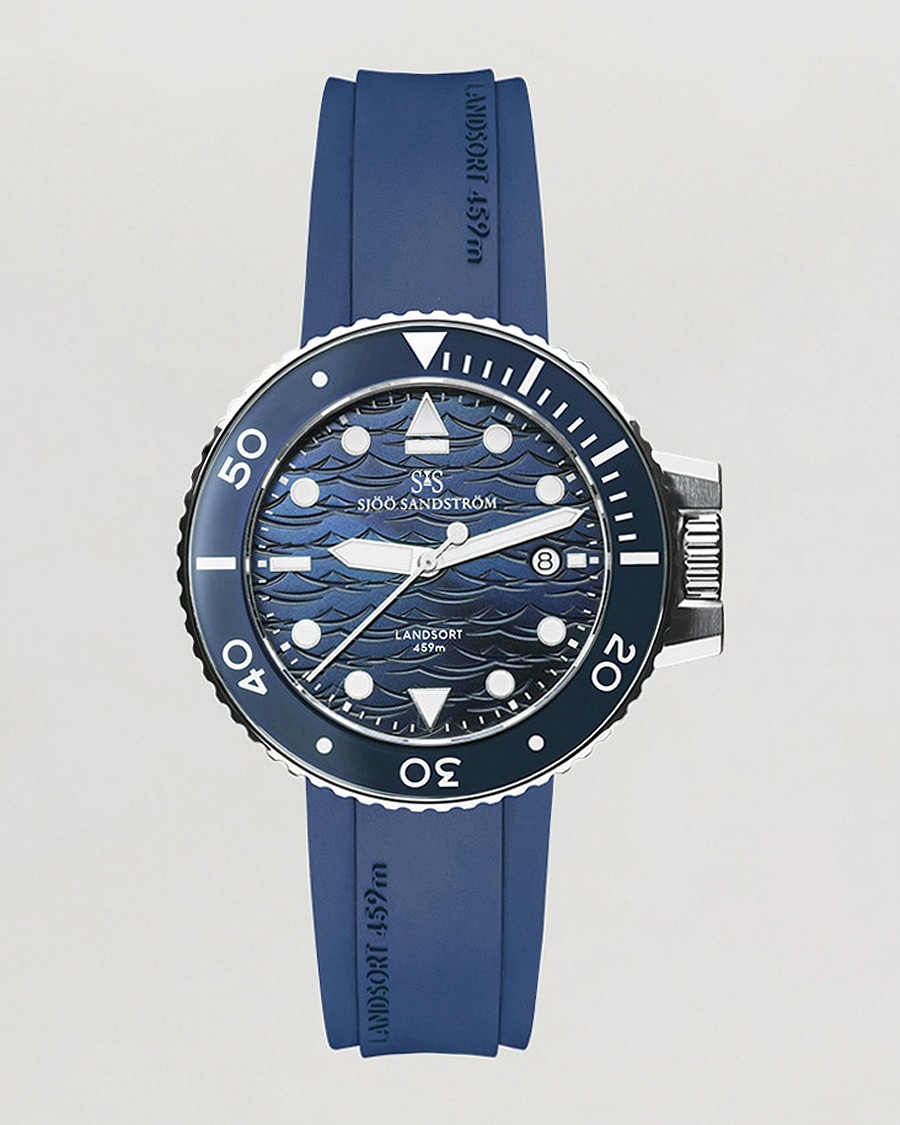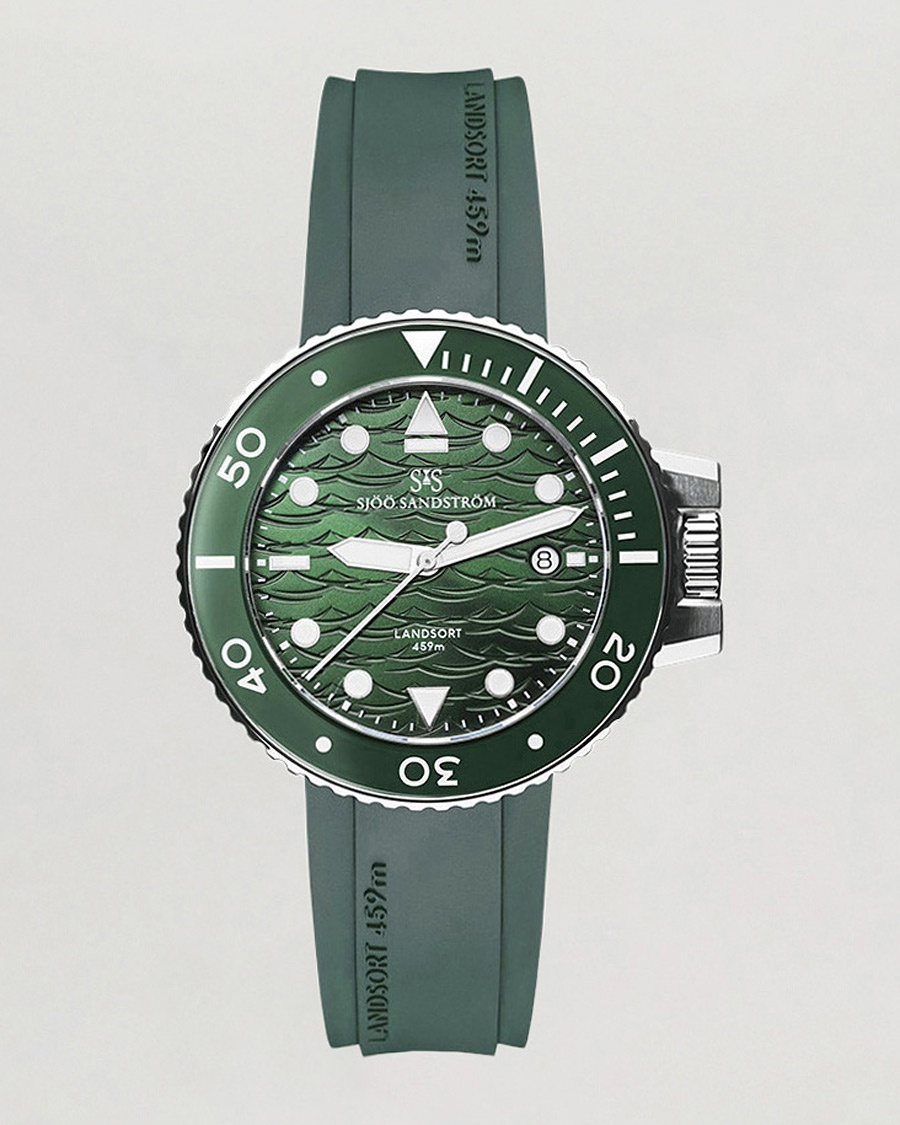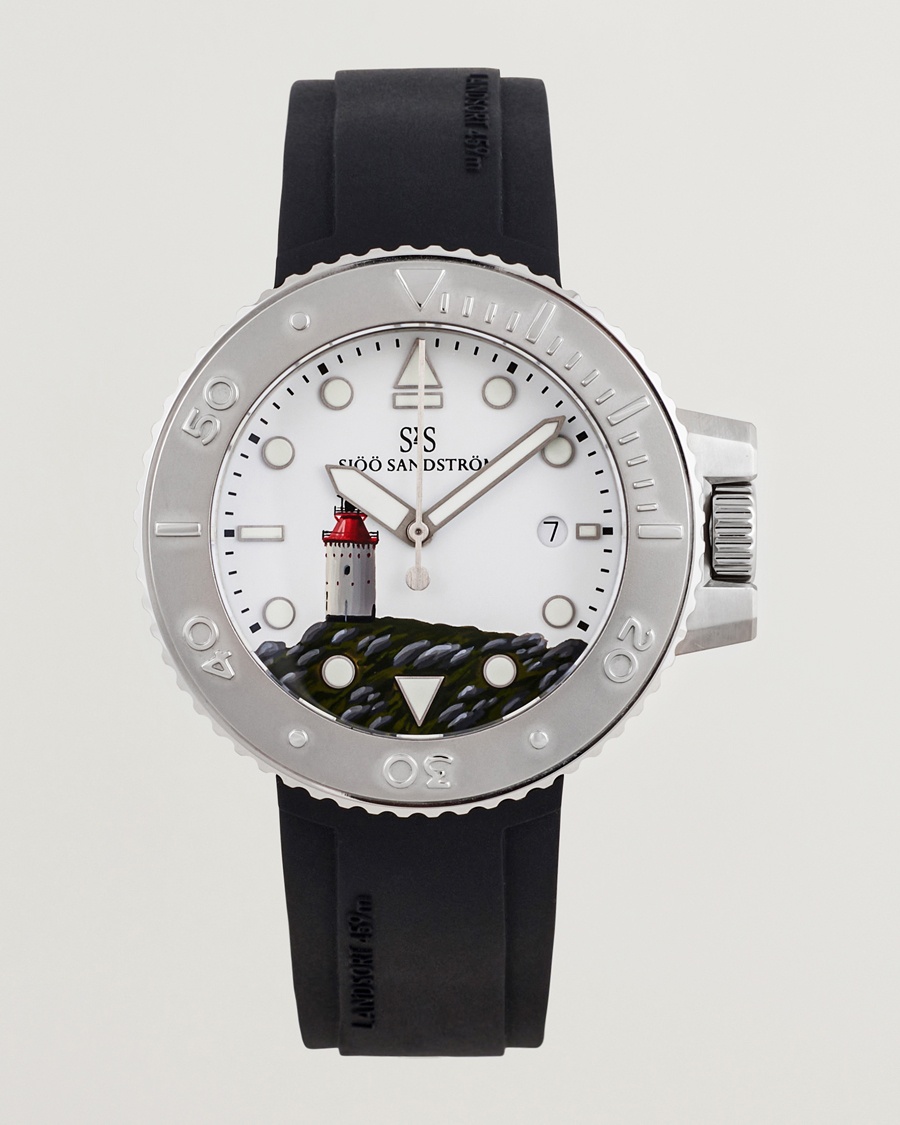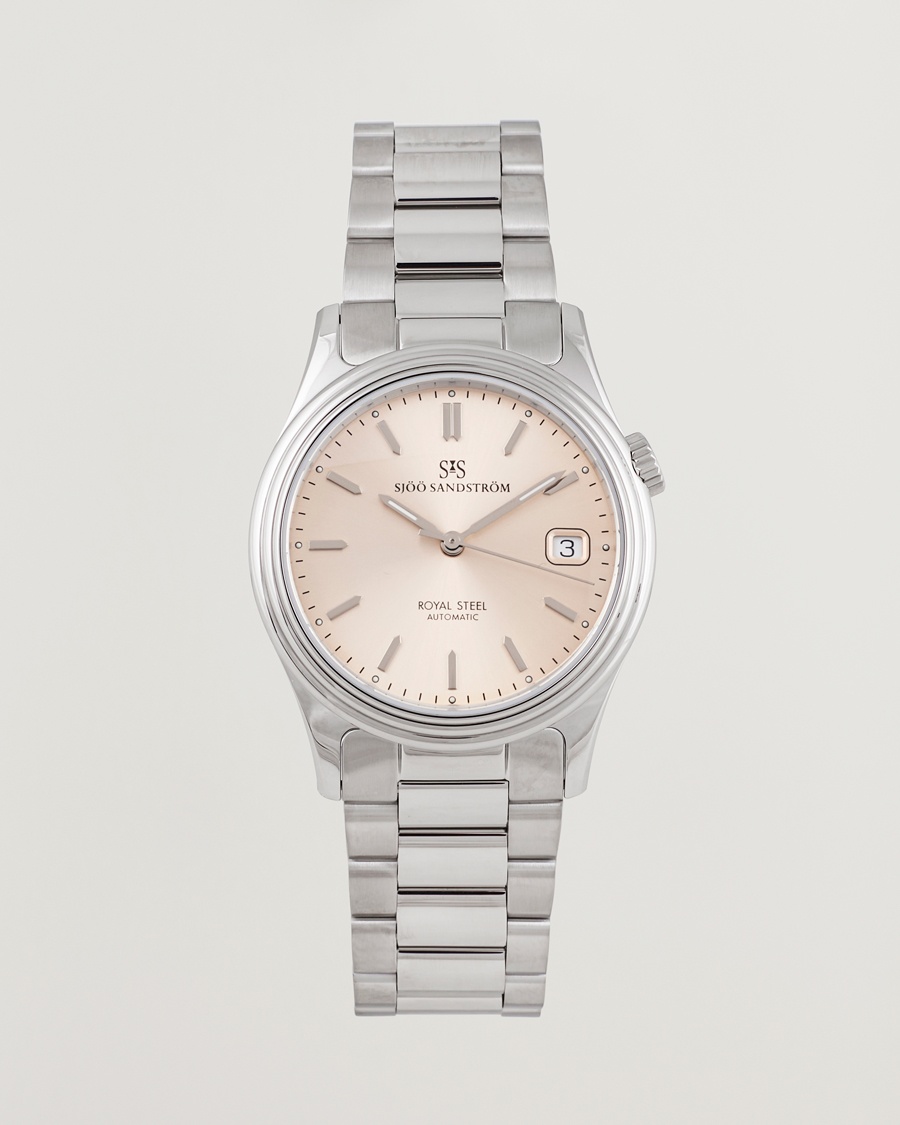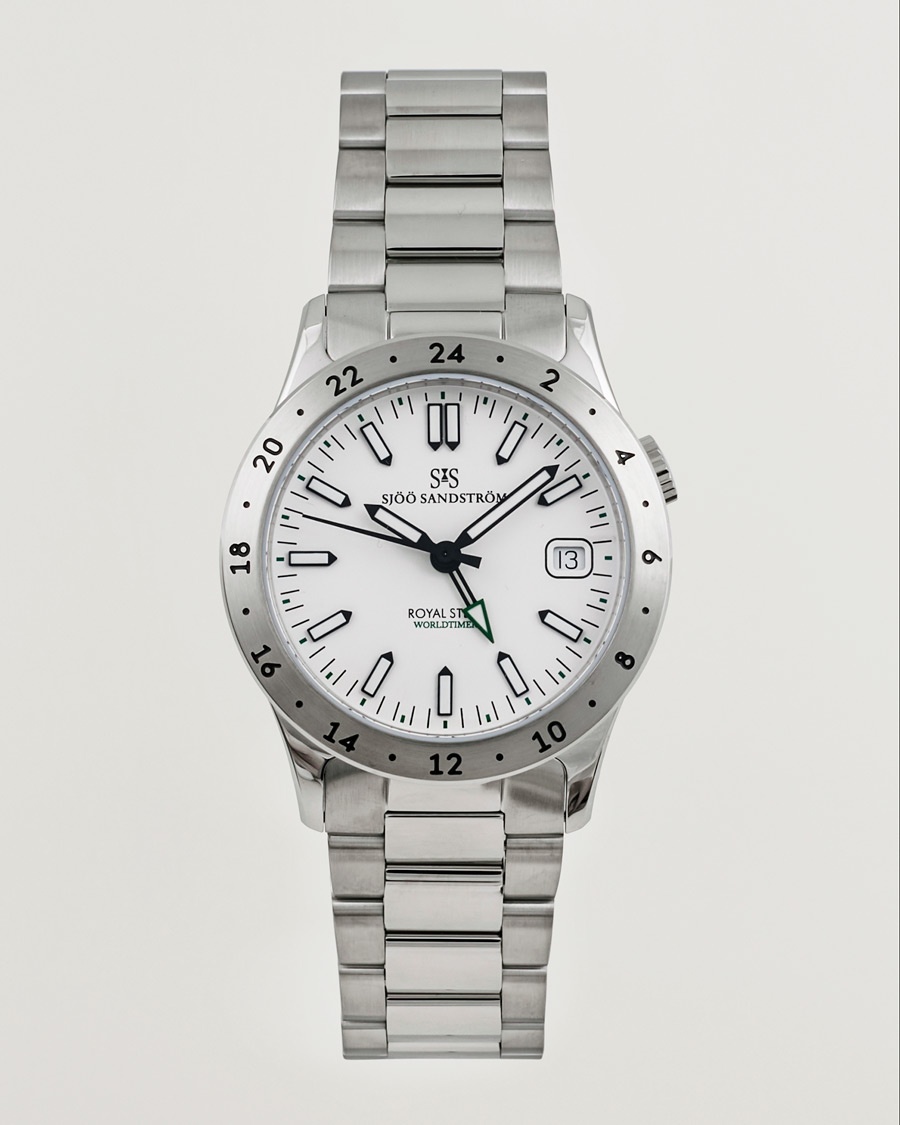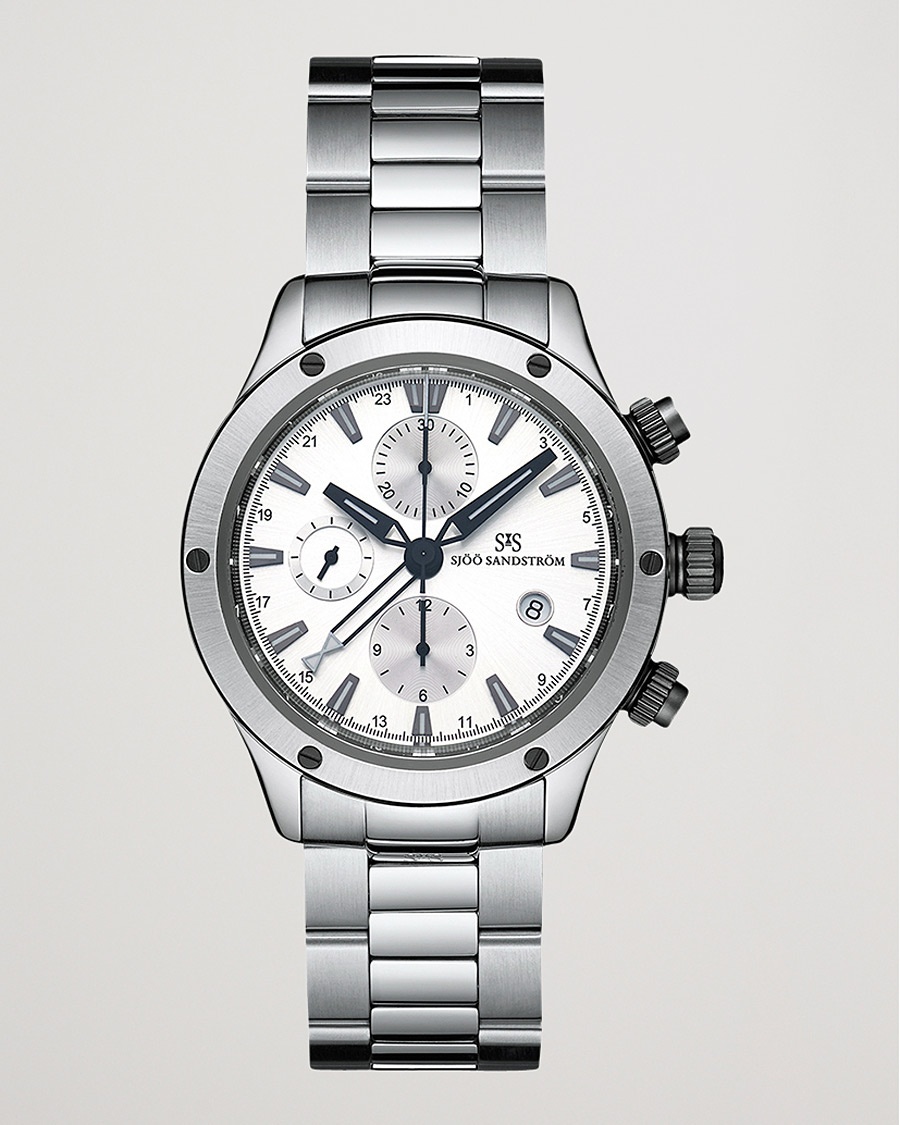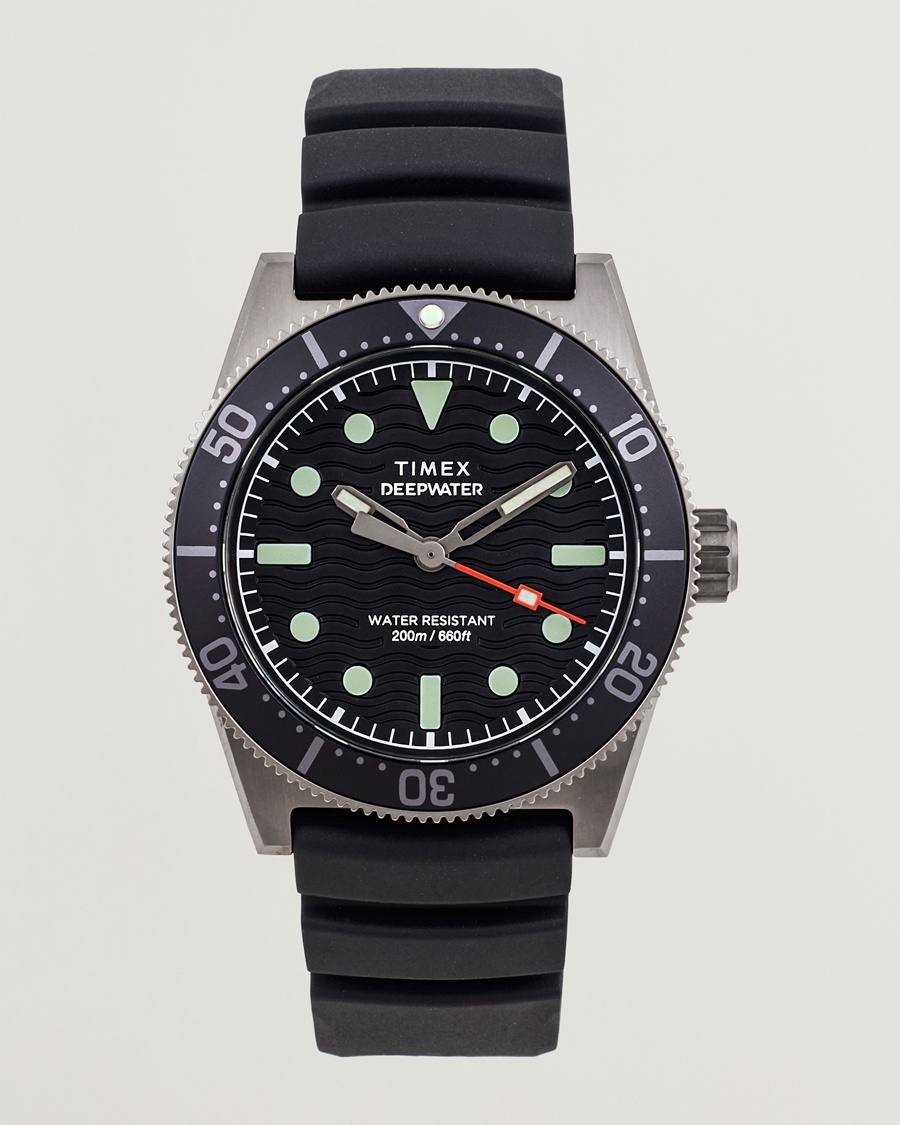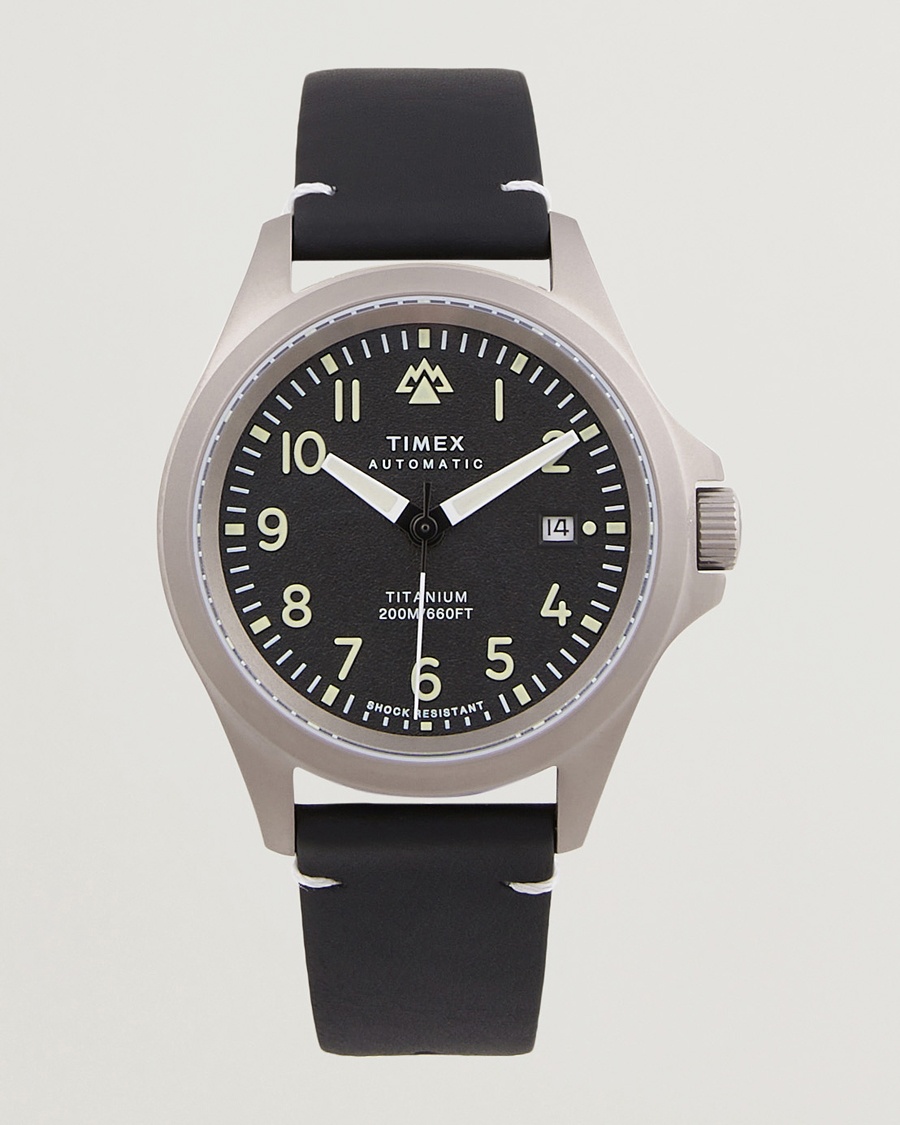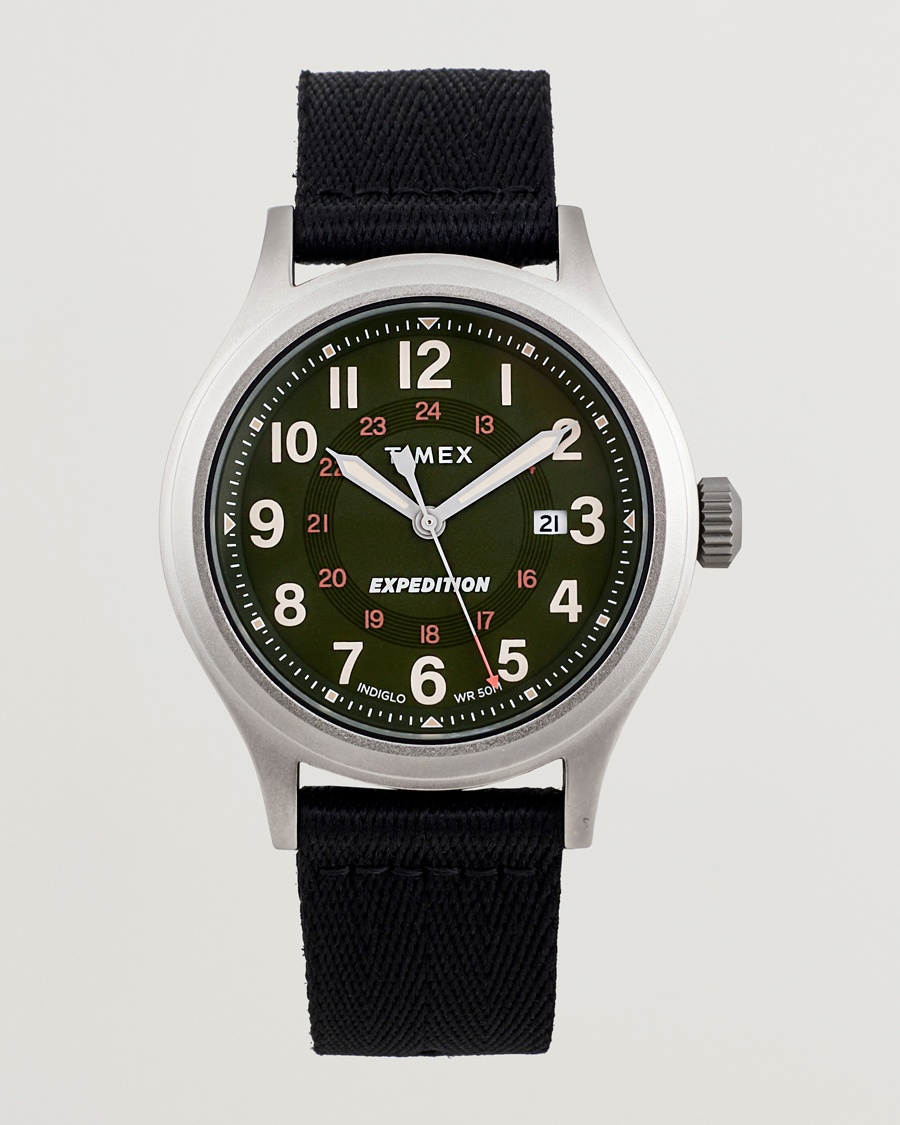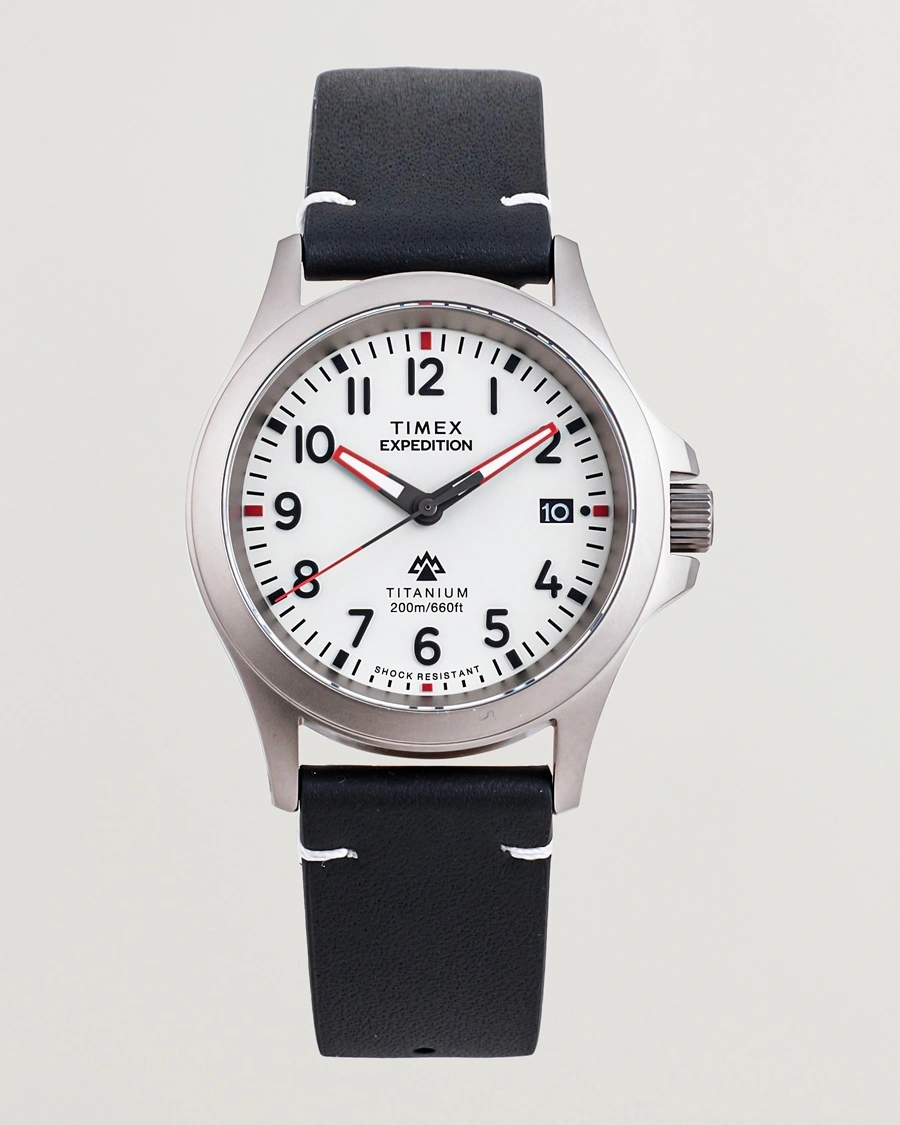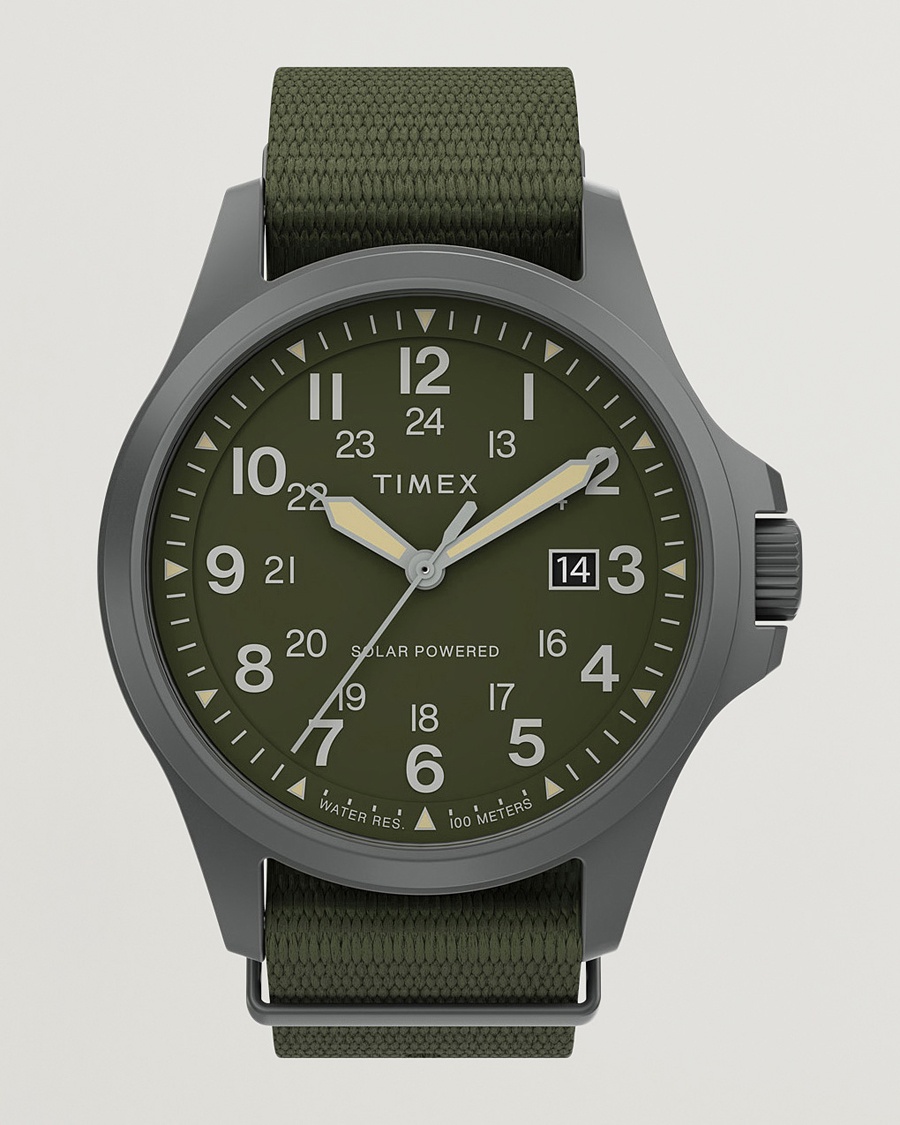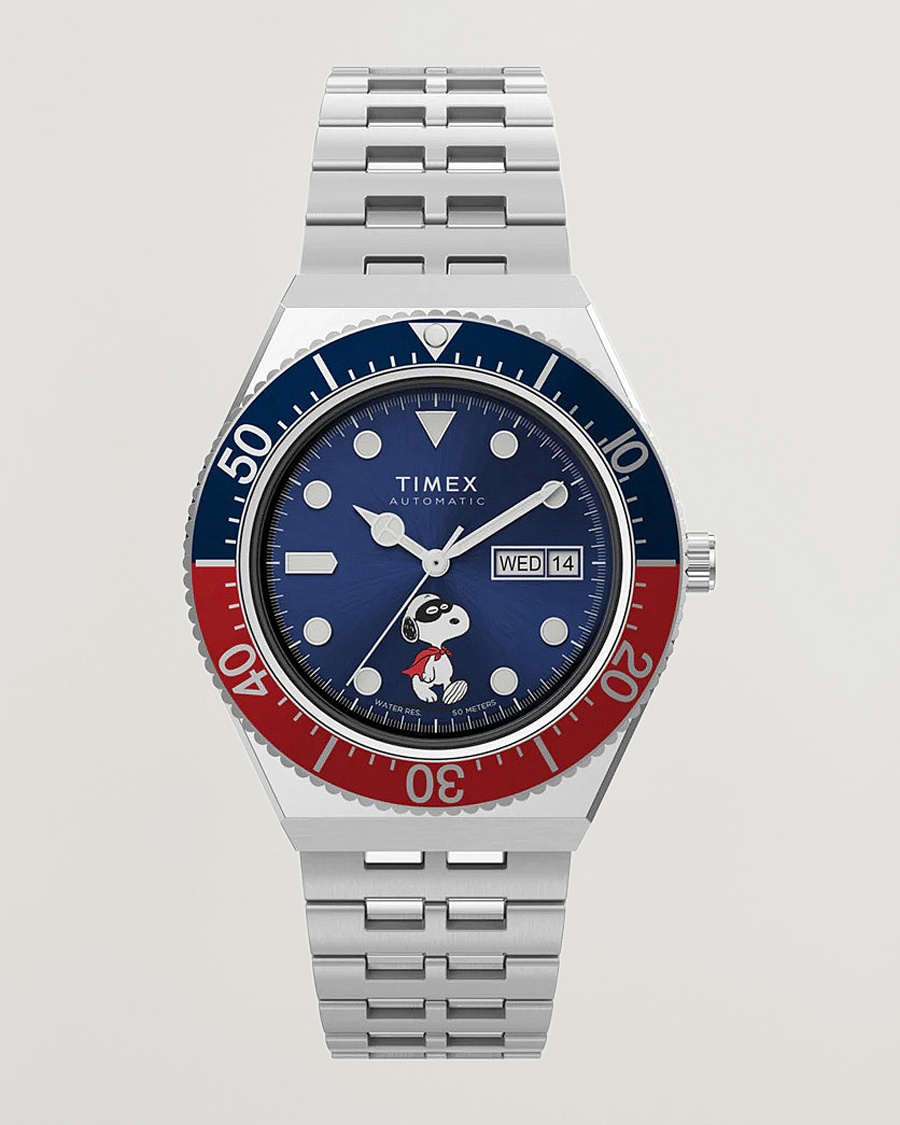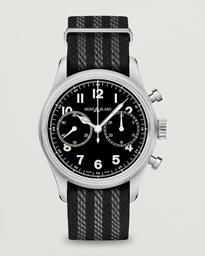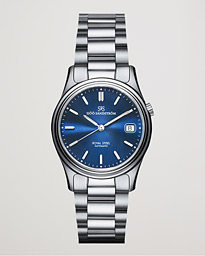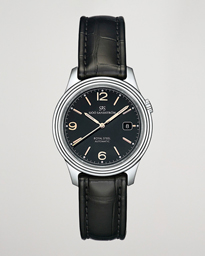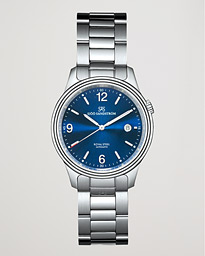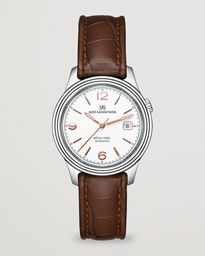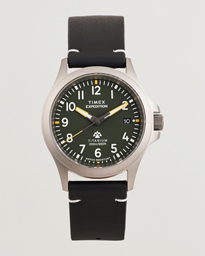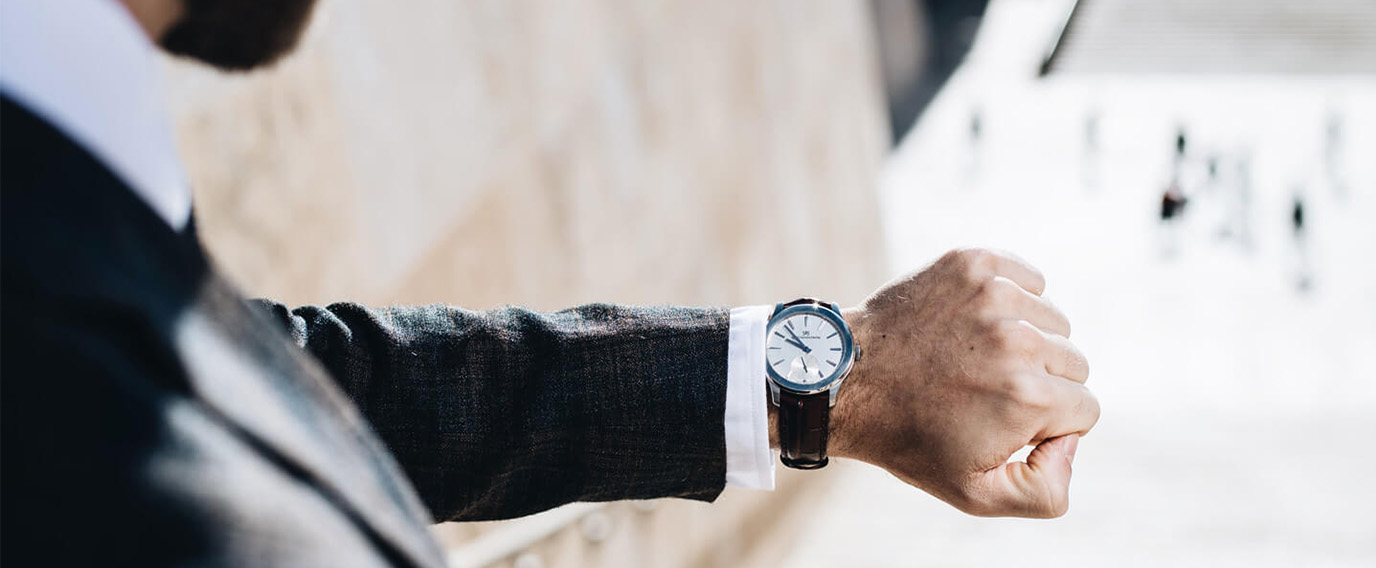
What to Consider when Buying a Watch Online
Whether you’re shopping for your first watch or your hundredth, choosing the right one often involves much careful consideration. How do you plan to use it? On what occasions will you wear it? What is your budget?
Published 2022-03-04
To help you in the search for your ideal watch, this article discusses just a few of the things that are well-worth considering before making your decision.
Usage
For many, a watch is more than just a way of telling the time. It can be a tool, a status symbol, or just simply a hobby. Whatever the reason, a new watch is usually a long-term investment – a loyal companion that will adorn your wrist for years to come. Therefore, we strongly recommend thinking about what a normal day looks like for you, and what you want from your watch. If you work in an office, for example, your demands will be different to those of a firefighter or pilot, both in terms of what complications (the technical term for additional functions) it should have, and how durable it needs to be.
Wristwatches have traditionally been divided into two main categories, sports watches, and dress watches. Remember, though, that there is no exact definition of the two – one man’s sports watch can be another man’s dress watch.
The Sports Watch - An umbrella term for all watches made for the active lifestyle. These are generally water-resistant, durable, and feature one or more complications. The most well-known model of sports watch is probably the diving watch, those that are made to withstand both water and high pressure. They are usually water-resistant to a depth of 20 ATM (200m) or more and are characterised by their rotating bezel. Sports watches are also known as ‘tool watches’, due to their being developed with a specific activity and wearer in mind.
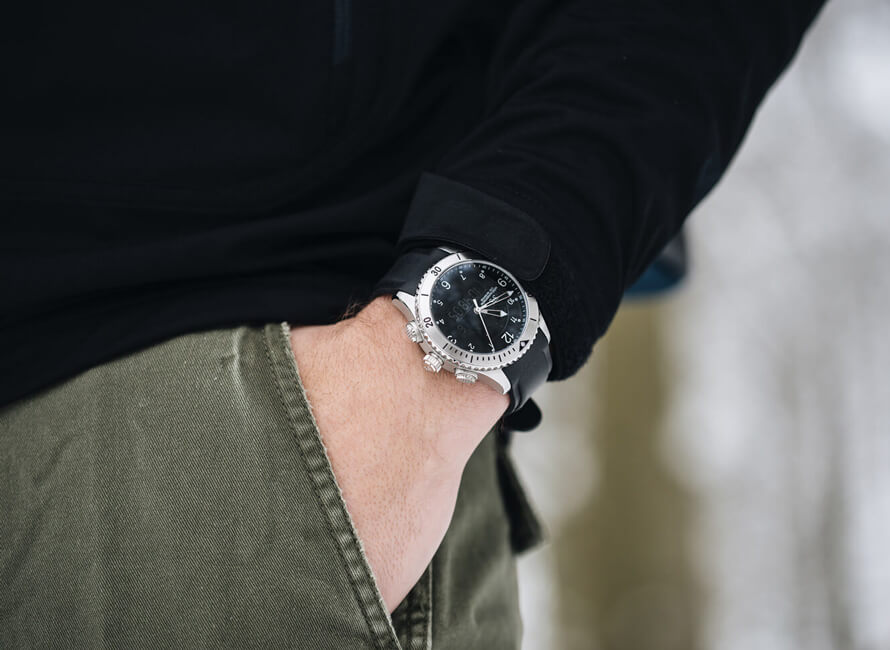
The Dress Watch - This term is usually reserved for ‘finer’ watches, which may not have as many complications, or not made to be worn in adverse conditions. In general, this kind of watch is more delicate, and may not offer any water-resistance.
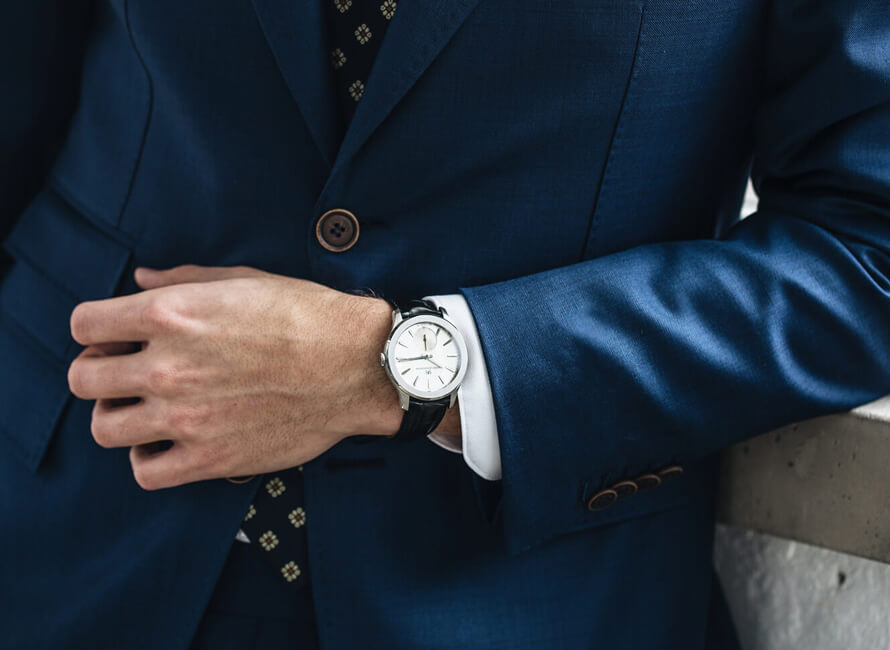
Different watches, then, are suited to different wearers and lifestyles. Though a water-resistance of 10 ATM (100m) or more will be suitable for most activities. In this case, the kind of strap you choose will often be the deciding factor.
Wristwatches have traditionally been divided into two main categories, sports watches, and dress watches. Remember, though, that there is no exact definition of the two – one man’s sports watch can be another man’s dress watch.
The Sports Watch - An umbrella term for all watches made for the active lifestyle. These are generally water-resistant, durable, and feature one or more complications. The most well-known model of sports watch is probably the diving watch, those that are made to withstand both water and high pressure. They are usually water-resistant to a depth of 20 ATM (200m) or more and are characterised by their rotating bezel. Sports watches are also known as ‘tool watches’, due to their being developed with a specific activity and wearer in mind.

The Dress Watch - This term is usually reserved for ‘finer’ watches, which may not have as many complications, or not made to be worn in adverse conditions. In general, this kind of watch is more delicate, and may not offer any water-resistance.

Different watches, then, are suited to different wearers and lifestyles. Though a water-resistance of 10 ATM (100m) or more will be suitable for most activities. In this case, the kind of strap you choose will often be the deciding factor.
Complications
Any added functionality other than telling the time is known in timepiece terminology as a ‘complication’. Many different complications can be added to a watch, and the number and complexity of these complications largely dictate the cost of purchasing and servicing the watch. Below, we present some of the most common complications to look out for.
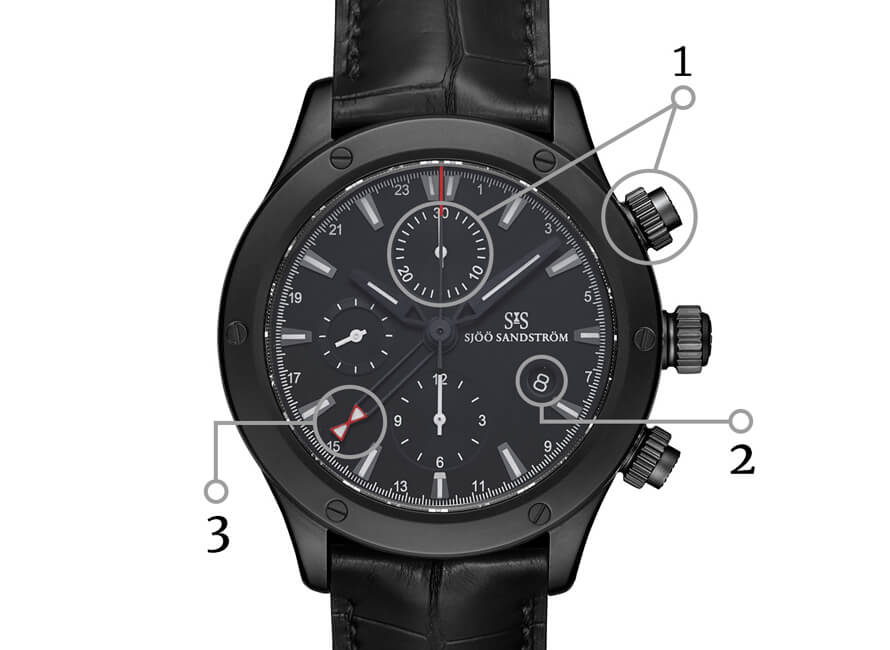

1. Chronograph – A chronograph watch is any model that comes equipped with a timer with start/stop functionality. Such models are characterised by the two additional buttons placed on either side of the crown, as well as their extra dials for minutes, seconds, and hour.
2. Calendar – vanligaste komplikationen på en klocka utöver sekundvisare och innebär att dagens datum redovisas i separat fönster på urtavlan.
3. Worldtimer/GMT – This complication adds an extra set of hands which can be set to display a second time zone, with the help of the indexes on the bezel. This complication is much appreciated by frequent travellers who want a quick way to check the current time elsewhere in the world.
Movements
The movement is the beating heart of any watch – ensuring it can keep time and powering any additional complications. There are two main categories of movement: mechanical, and quartz (battery powered). A mechanical movement works by winding up a mainspring, either manually via the crown or automatically. Automatic movements transfer kinetic energy from the wearer to a rotor, which in turn tightens the mainspring. When no kinetic energy is available, the movement is powered by the energy stored on the tightened mainspring – this power reserve is usually enough to keep the watch fully wound for 1-3 days. Quartz movements are powered by batteries that will need to be replaced at regular intervals, while mechanical movements will need to be regularly serviced to keep them at their best.
In general, mechanical movements tend to be used on more high-calibre watches, which is also true of most of the models in our range.
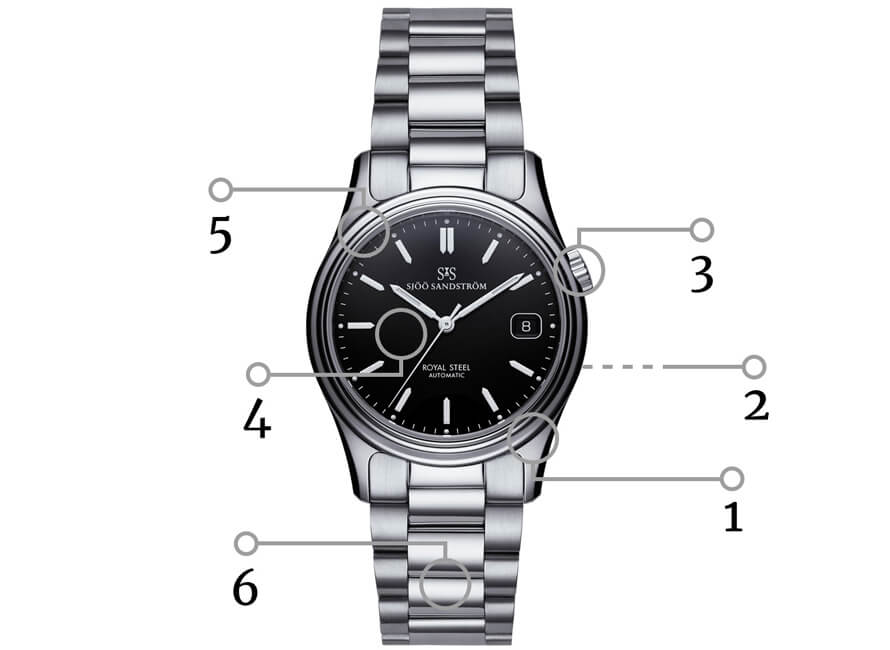
In general, mechanical movements tend to be used on more high-calibre watches, which is also true of most of the models in our range.
The Anatomy of a Wristwatch

1. Watch case - The outer part of a watch; the case in which its workings are mounted. This is usually produced in some form of metal, with steel being by far the most common, given its durability. The size of the watch case is what decides the size of the watch, normally provided in millimetres. The part of the case to which the strap is attached is known as the ‘lug’.
2. Case back - This protects the rear of the watch and can be opened for servicing and changing the battery. The most common materials are steel and glass, with glass case backs (also known as ‘exhibition case backs’) showcasing the beautiful inner workings of the watch.
3. Crown - Usually placed on the right side of the watch case, the crown is most commonly used to set the date and time, but also to wind it up when necessary.
4. Watch face - Simply put, this is the part of the watch that shows the time. Watch faces vary greatly, with different sizes, materials, and colours being used not only on the face itself, but on its indexes, dials, and luminous coating. Sometimes each model will only offer one particular watch face, but many manufacturers offer several choices when it comes to both colour and material.
5. Bezel - The ring that sits on the watch case, surrounding the watch crystal. Many diving watches and those with a GMT function have a rotatable bezel. As we noted earlier, it is the watch case that decides the actual size of the watch, but the bezel can have a significant impact on how thick it feels to the wearer. A thick bezel on a 44mm watch reduces the size of the watch face, making it seem smaller despite its generous dimensions, while a thin bezel on a 40mm dress watch can make it seem larger, increasing the visual impact of the watch face.
6. Strap - A watch strap is usually comprised of steel links, a type of leather, or some kind of rubber or silicone. The strap has a considerable impact on the look of the watch, as well as deciding to which situations and activities it is suited. Leather is a particularly classic and elegant choice, but far from ideal where water is involved, while steel links and rubber are excellent choices for aquatic pursuits, but also make a more sporting and robust impression – this is not necessarily a bad thing, but something that can be more or less suitable, depending on the occasion and outfit.
It goes without saying that, just like the watch itself, the strap needs some TLC to keep it at its best.
2. Case back - This protects the rear of the watch and can be opened for servicing and changing the battery. The most common materials are steel and glass, with glass case backs (also known as ‘exhibition case backs’) showcasing the beautiful inner workings of the watch.
3. Crown - Usually placed on the right side of the watch case, the crown is most commonly used to set the date and time, but also to wind it up when necessary.
4. Watch face - Simply put, this is the part of the watch that shows the time. Watch faces vary greatly, with different sizes, materials, and colours being used not only on the face itself, but on its indexes, dials, and luminous coating. Sometimes each model will only offer one particular watch face, but many manufacturers offer several choices when it comes to both colour and material.
5. Bezel - The ring that sits on the watch case, surrounding the watch crystal. Many diving watches and those with a GMT function have a rotatable bezel. As we noted earlier, it is the watch case that decides the actual size of the watch, but the bezel can have a significant impact on how thick it feels to the wearer. A thick bezel on a 44mm watch reduces the size of the watch face, making it seem smaller despite its generous dimensions, while a thin bezel on a 40mm dress watch can make it seem larger, increasing the visual impact of the watch face.
6. Strap - A watch strap is usually comprised of steel links, a type of leather, or some kind of rubber or silicone. The strap has a considerable impact on the look of the watch, as well as deciding to which situations and activities it is suited. Leather is a particularly classic and elegant choice, but far from ideal where water is involved, while steel links and rubber are excellent choices for aquatic pursuits, but also make a more sporting and robust impression – this is not necessarily a bad thing, but something that can be more or less suitable, depending on the occasion and outfit.
It goes without saying that, just like the watch itself, the strap needs some TLC to keep it at its best.
Do you want to continue where you were?
Customer service
FAQ
Answers to the most frequently asked questions can be found here.
We aim to reply to your email within one working day.
Personal Style Advice
We currently offer personal style advice through both digital and in-person customer meetings near our headquarters in Borås, Sweden.
If you're interested in booking a session with our personal shopper, send an email to us at [email protected], specifying whether you prefer a digital or in-person meeting, and we will get back to you with more details and available time slots.
Our style advisors look forward to helping you update your wardrobe and invest in timeless, quality garments!
Log in
Choose your delivery country
-
Sweden
-
Denmark
-
Norway
-
Finland
-
Germany
-
Austria
-
Belgium
-
Ireland
-
Croatia
-
Cyprus
-
Czech Republic
-
Estonia
-
Greece
-
Hungary
-
Liechtenstein
-
Lithuania
-
Luxembourg
-
Malta
-
Poland
-
Portugal
-
Slovakia
-
Slovenia
-
Bulgaria
-
Latvia
-
Romania
-
Netherlands
-
France
-
Switzerland
-
Spain
-
Italy
-
United Kingdom
-
Saudi Arabia
-
New Zealand
-
Taiwan
-
United Arab Emirates
-
Japan
-
Australia
-
Canada
-
United States of America
-
South Korea
-
Hong Kong
-
Singapore
-
Kuwait
-
Malaysia
-
Qatar





